Zagreb Museum of Contemporary Art Exhibition on Former Zagreb Mayor Većeslav Holjevac
April 4, 2021- Following the 50th anniversary of the death of Većeslav Holjevac, the Zagreb Museum of Contemporary Art exhibition on the former and historically significant mayor is an excellent opportunity to meet the guy who shaped Zagreb in the previous century.
Apart from the horror of the pandemic and earthquakes, 2020 was the 50th anniversary of the death of Većeslav Holjevac – who is considered to be one of the greatest mayors in Zagreb's history.
As ZG Portal reports, last month an exhibition dedicated to Holjevac started in the gallery of the Museum of Contemporary art, and you can view it until May 20.
The Zagreb of Većeslav Holjevac 1952 to 1963 – Urbanist Vision And Architectural Reach is an exhibition that takes a look at the eleven-year mandate of this significant mayor who transformed Zagreb in the post World War 2 era. Fifty themes and representative examples of urban and architectural achievements which were built, projected, or planned in Holjevac's term. This included three key Strategic urbanistic documents which played a key role in the development of Zagreb and were decided at that time.
The authors of the exhibition are architect Ivan Mlinar which conducted Urbanistic research on Zagreb in the time of Holjevac, and historian Hrvoje Klasić who was in charge of biographical research.
The exhibits were donated by the Museum of Contemporary Arts, Zagreb City Museum, Architecture Museum of Croatian Academy of Sciences and Arts, Faculty of Architecture on Zagreb University, Jadran Film, and Zagreb film studio.
The 35th Zagreb mayor and the total number of mayors in Zagreb throughout its history includes 52 names. Today, Većeslav Holjevac has his own avenue at the entrance to Most Slobode (Liberty bridge), which allows citizens to cross the Sava river and enter Novi Zagreb (New Zagreb), and the statue of Holjevac overlooks the area of Zagreb he built in what is commonly known as „Jump Over Sava“.
Apart from being mayor, Holjevac took various different roles in the former Republic of Yugoslavia. Known as a bold person with vision, competence, and bravery, he made Zagreb one of the most developed cities in Yugoslavia, and despite having various rivals, he enjoyed the support of Yugoslavian president Marshall Josip Broz Tito, which allowed him to make his projects a reality.
Learn more about Zagreb on our TC page.
For more about history in Croatia, follow TCN's dedicated page.
Kontrapunkt Armchair by Prostoria: Homage to Zagreb's Modernist Architecture Heritage
March 12, 2021 – Prostoria, one of the leading regional furniture design companies and most innovative platforms that unites Croatian product designers, has introduced an interesting new project – a Kontrapunkt armchair, as an homage to Zagreb's Modernist architecture heritage.
Within the project, their Kontrapunkt armchair, designed by the architects Marijan Haberle, Minka Jurković, and Tanja Zdvořak, was photographed at the Vatroslav Lisinski Concert Hall, one of Zagreb's iconic buildings that represent Croatian Modernist architectural heritage.
"The Kontrapunkt armchair is only one of the products that are yet to be photographed in spaces where they can put their Modernist heritage or the contemporariness of the product or both in the spotlight," said Dora Lončarić from Biro architects, the project's art directors.
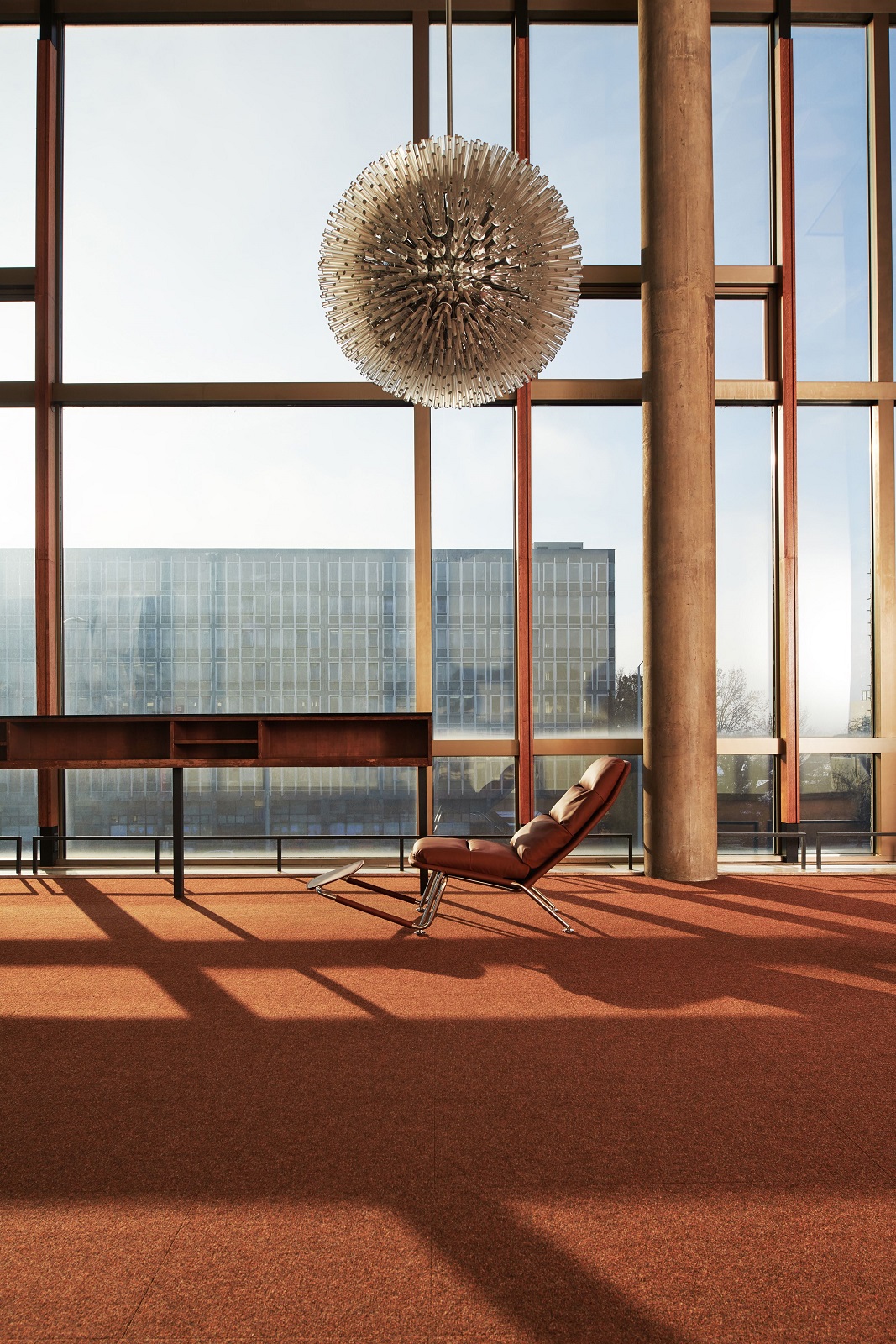
Biro / Marko Mihaljević
Although more than half a century stands between the Modernist architecture and current products by Prostoria, they speak a similar designers' language and communicate among themselves naturally, given their complementary and uncompromising character.
"The point is not returning to the past, but rather the exploration and convergence of the values. Through this symbiosis of the Modernist architectural heritage and contemporary design by Prostoria, a synthesis is being achieved," theoretician of architecture Maroje Mrduljaš stressed.
As Croatia's capital, Zagreb is one of the rare cities in the world with such a deeply rooted tradition of Modernism in architecture. This heritage is a root and an inspiration for the design language of their products. The photographs of the Kontrapunkt (design: Neisako) are part of a larger editorial-work in progress, taken at different buildings from that period of the Croatian architectural past.
The whole project will be presented extensively during 2021. It has been realized in close cooperation with the Zagreb Tourist Board and the public institutions where the editorial will take place.
To read more about lifestyle in Croatia, follow TCN's dedicated page.
PHOTOS: Outstanding Contemporary Croatian Architecture of the Year
February 10, 2021 – 10 of the most outstanding examples of contemporary Croatian architecture have been selected by the Association of Croatian Architects to compete in the extremely prestigious Mies van der Rohe Awards. Held only once every two years, they are the European equivalent of the Pritzker Prize for Architecture.
The Mies van der Rohe Awards are a really big deal. The greatest works of European architecture compete for recognition in the competition. The greatest success of Croatian architecture in the awards was attained by UP studios' Toma Plejić and Lea Pelivan, who received a special award for upcoming architects and had their high school in Koprivnica named the best building in that category in 2009. The success has had a considerable impact on their careers since.
Being held only once every two years, Croatian architecture projects completed since the closure of entries for the 2019 awards are eligible to be submitted. Here are the outstanding examples of contemporary Croatian architecture that will represent the country in 2022.
Cinema Urania Zagreb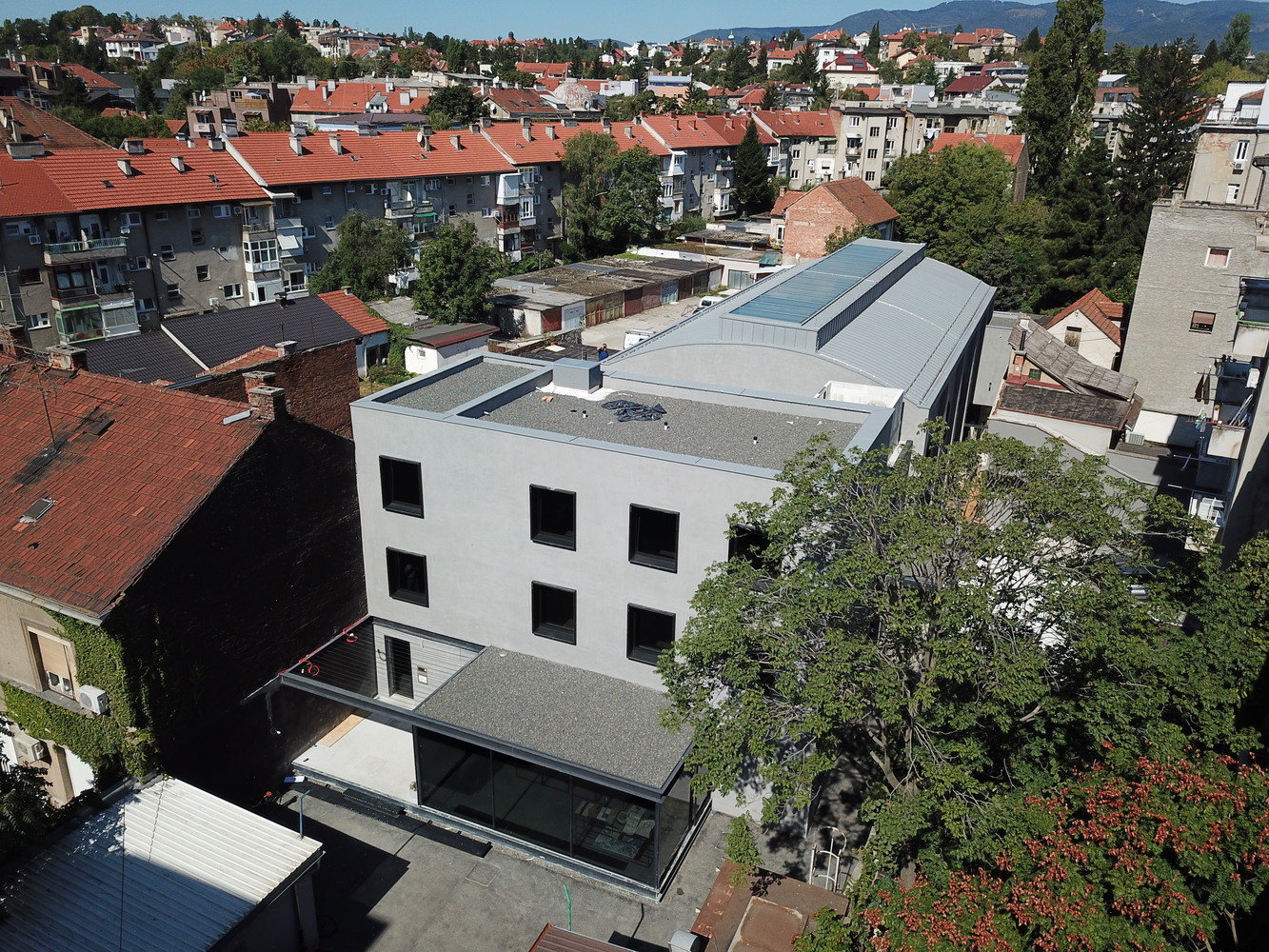
An old neighbourhood cinema built into the back streets near Kvatric. In their redesign, 3LHD preserved the best features from this early example of concrete engineering in Croatian architecture. They added a glass pavilion at the entrance, atriums and skylights, flooding the former darkness with the natural light needed for its new purpose as an event and work space.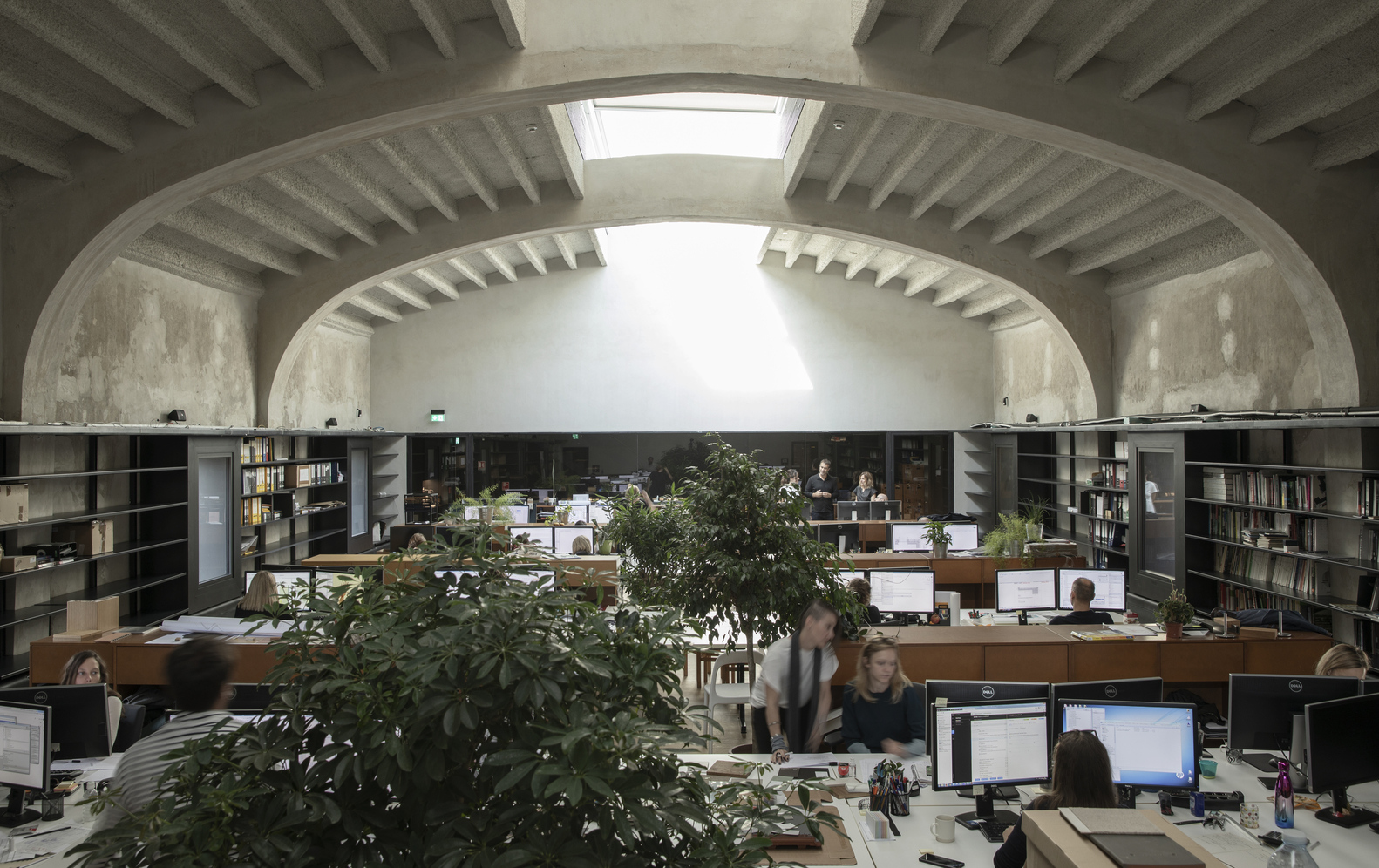 © Jure Živković
© Jure Živković
Grand Park Hotel, Rovinj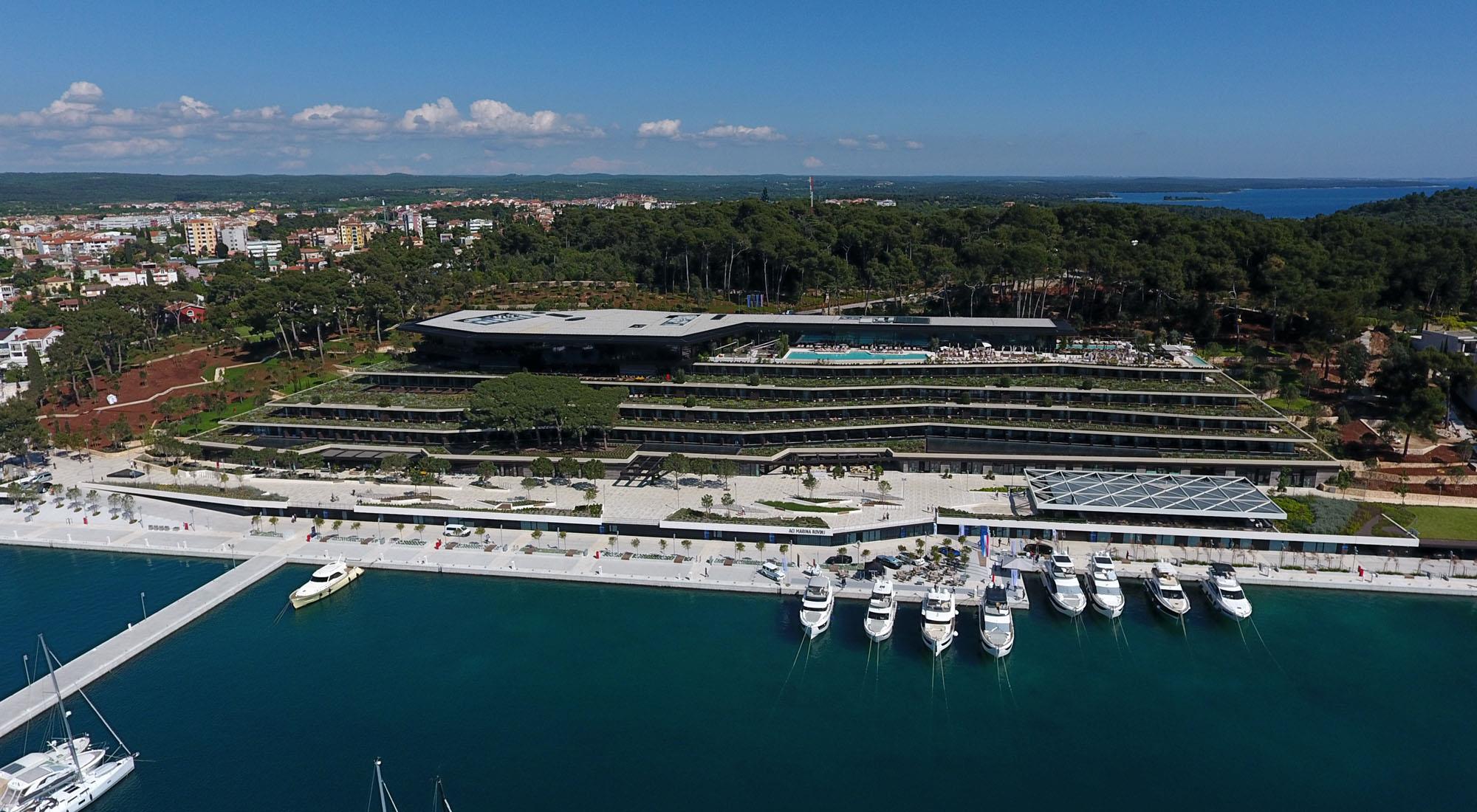
Sprawling widely across six stepped levels, the new luxury Grand Park Hotel and spa could easily have looked a long swipe of concrete. But, by places greenery on each of its staged roofs, architects 3LHD have ensured that no matter where you are in the 500-guest-capacity building, your view places you within a garden, looking out onto Rovinj Old Town and the expanse of the Adriatic. Croatian architecture at its most breathtaking.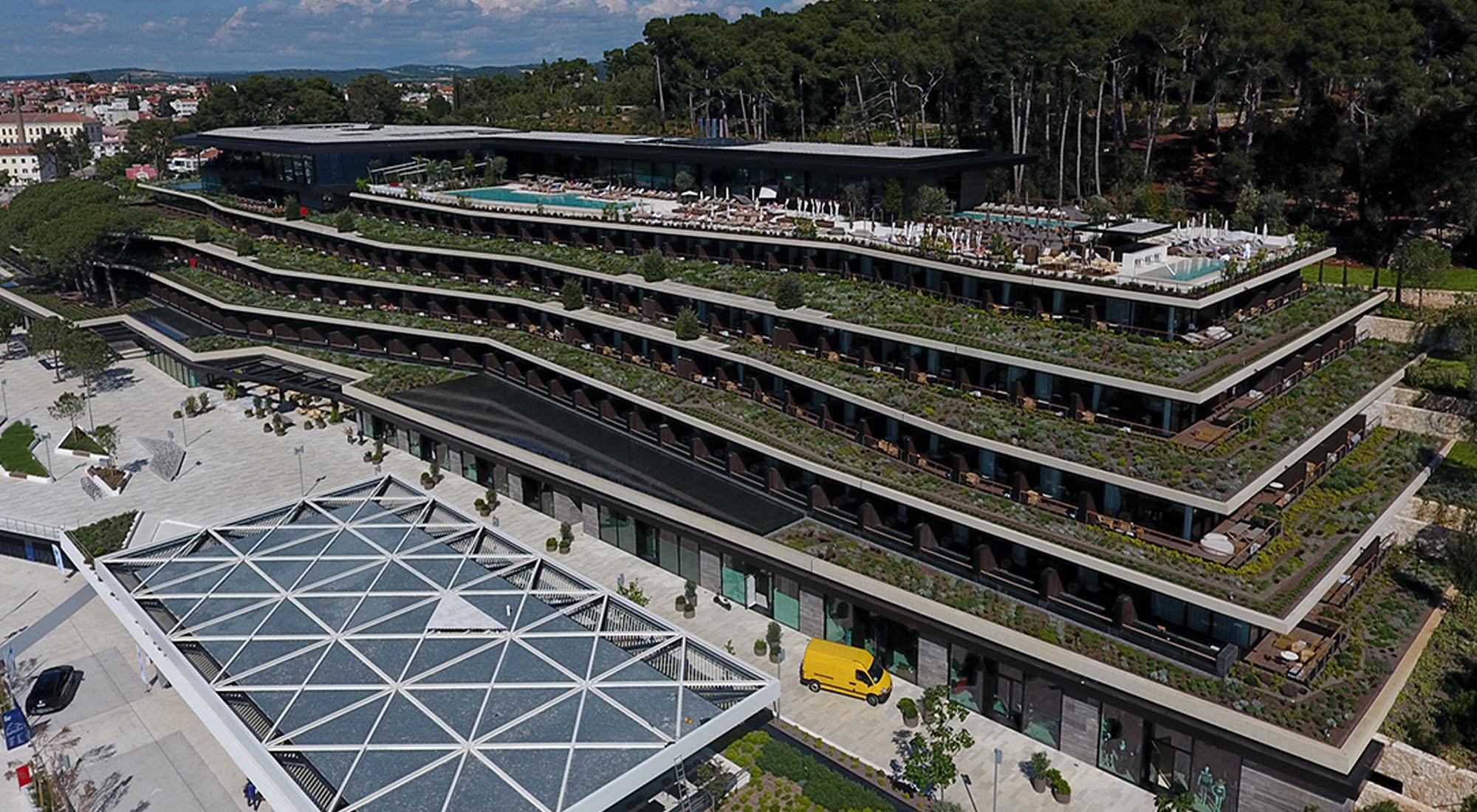 © Alukoenigstahl hr
© Alukoenigstahl hr
Ivanja Reka Elementary School, south Sesvete, east Zagreb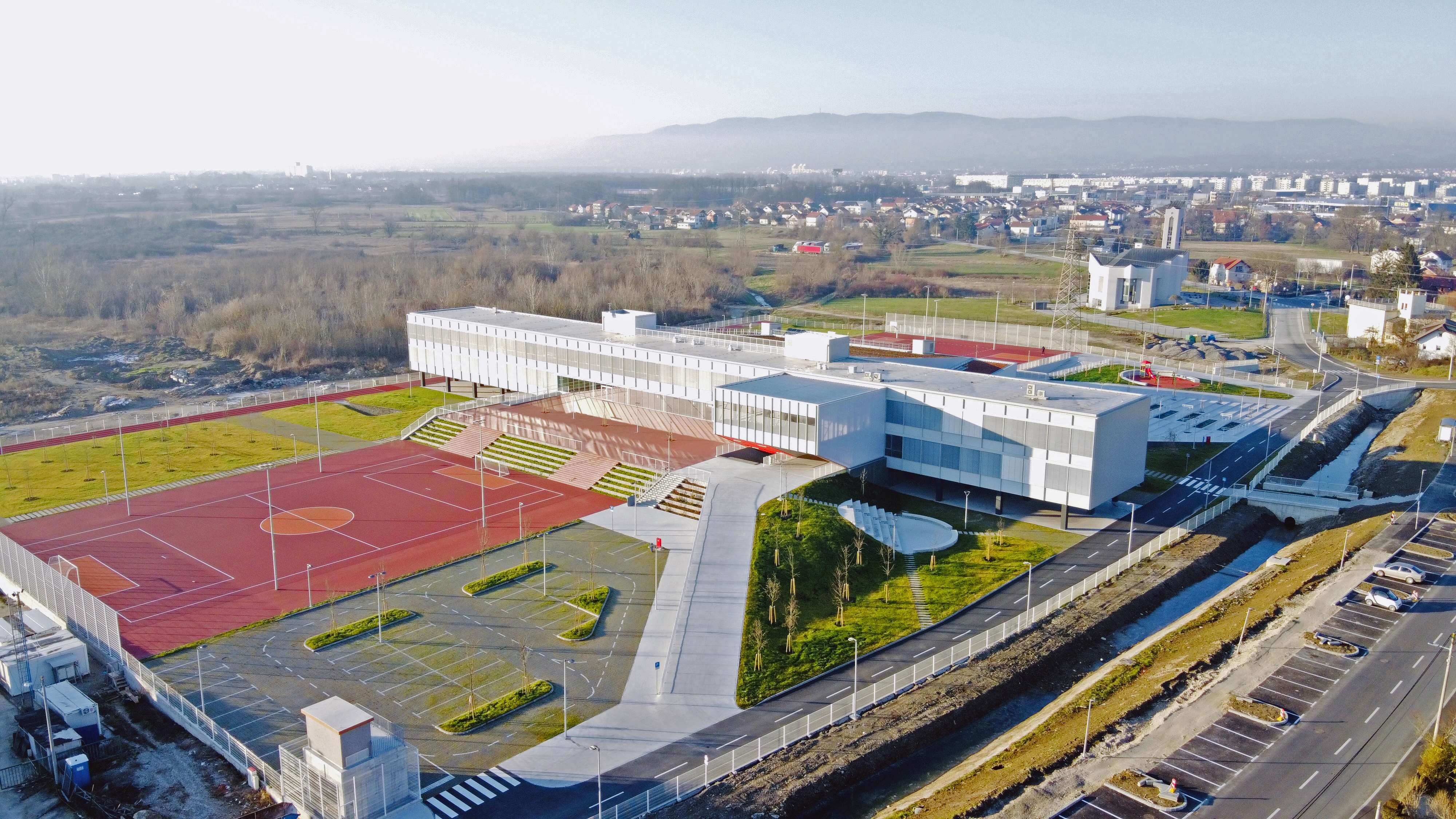
If every elementary school looked as pretty and was as well equipped as Ivanja Reka Elementary School in the south of Sesvete, eastern Zagreb, you could well believe daily attendance would never drop below 100%. Designed by a team of architectural authors (SUBMAP studios Marija Burmas and Ivo-Lola Petrić, and Jakša Kalajžić from JKA Arhitekti), the multi-level main building sits centrally, surrounded by sports, recreation and other facilities creating an impressive view for both those outside and within.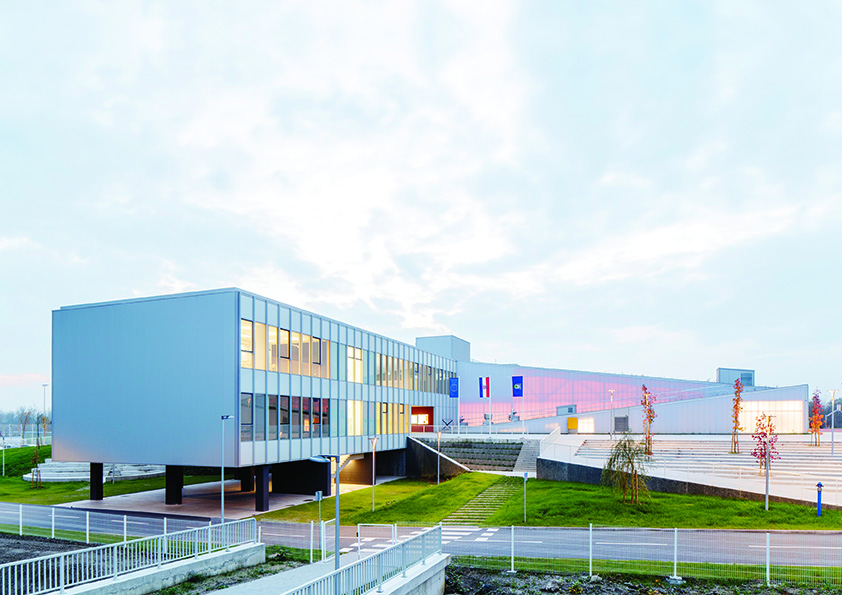 © Ivanja Reka Elementary School / Domagoj Blažević
© Ivanja Reka Elementary School / Domagoj Blažević
Roxanich Wine & Heritage Hotel, Motovun, Istria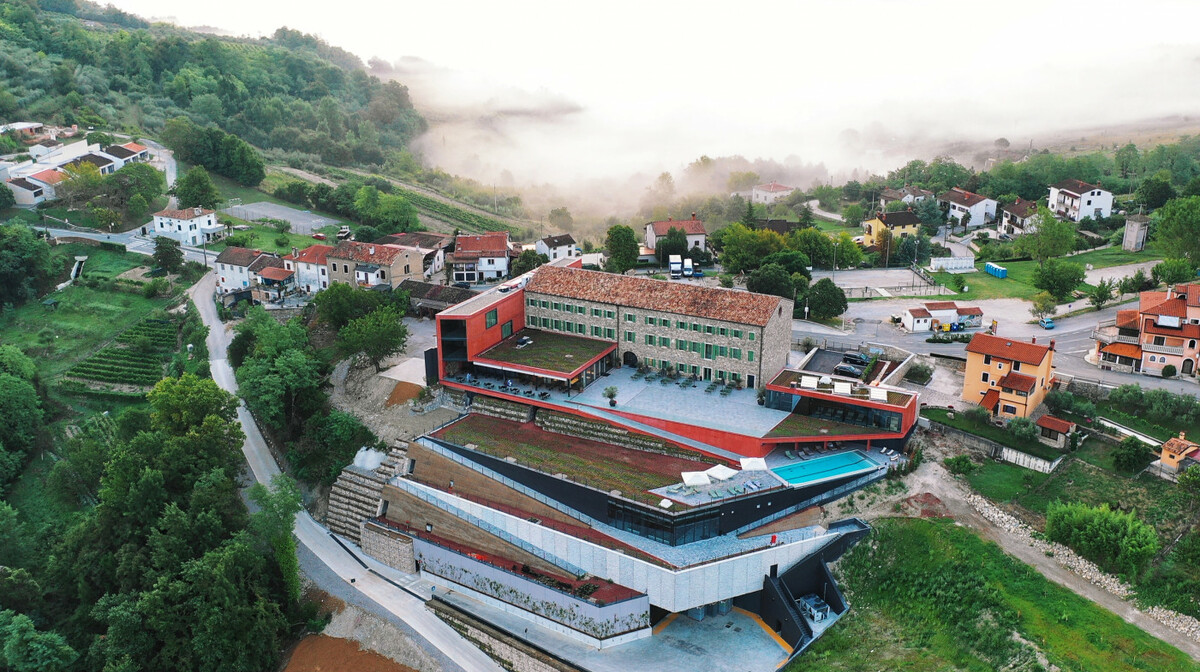
The view is unmistakably Istria. Vineyards carpet the land below and - rising above - the picturesque hilltop town of Motovun. Helmed architecturally by consistently bold Rijeka designer Idis Turato, this multi-level, multi-purpose redesign retains the traditional feel of its existing stone building and its purpose – there's a huge wine cellar beneath – but has opened up the space to give stunning views, not least over a sun deck that spectacularly reflects the sunrise and sunset. This is an active winery, with works and equipment all housed within its lower floors, not that you could tell from the 25 person capacity boutique hotel, restaurant and wine shop upstairs. © Roxanich.hr
© Roxanich.hr
Four Houses for Four Brothers, Diklo, Zadar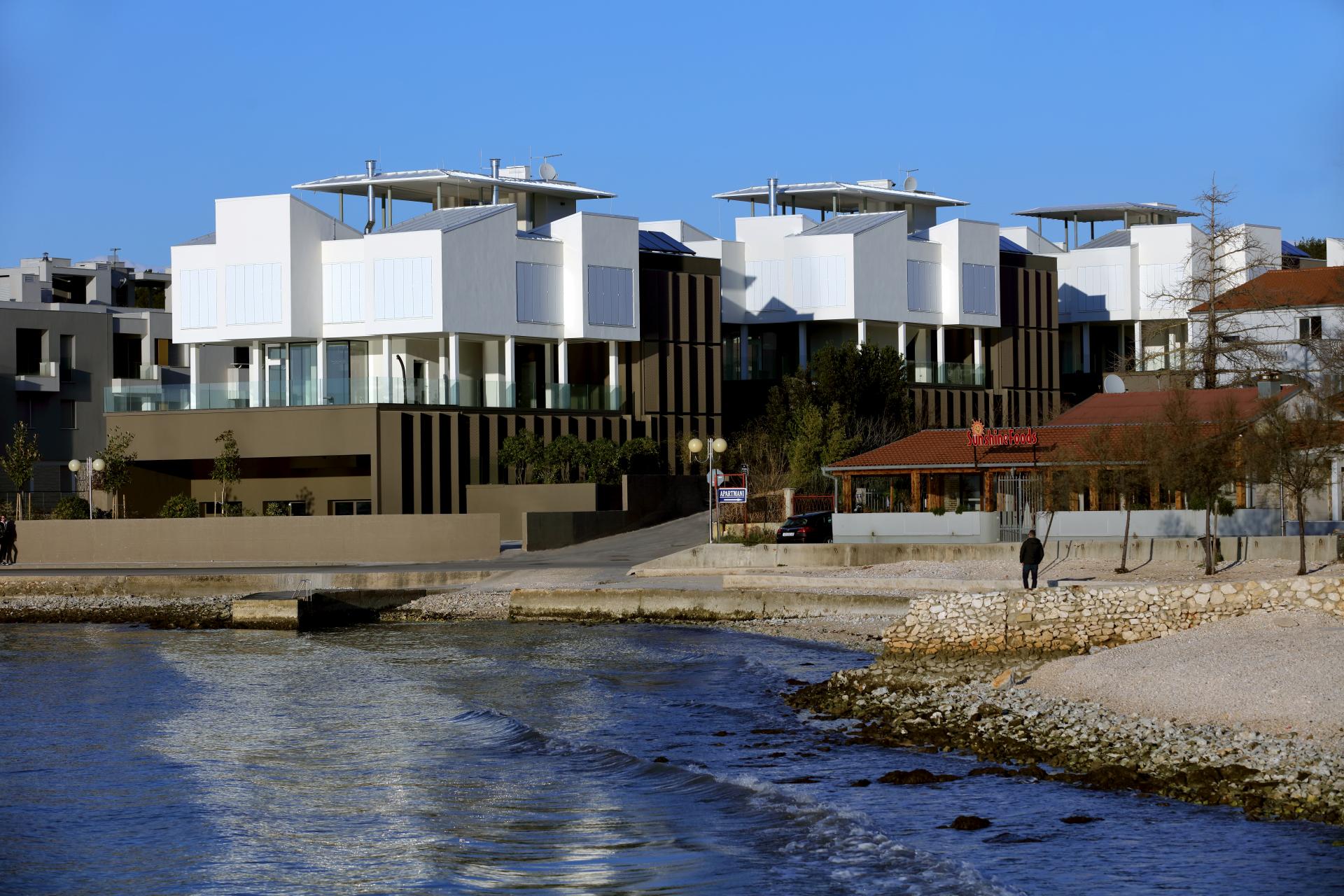
Judging from a theme of project titles used by architects Iva Letilović and Igor Pedišić, we're not sure that Four Houses for Four Brothers was actually commissioned by four brothers or that four live there. But, you could well believe they could. The ultra-modern set of independent houses, located next to a beautiful stretch of coast in a north Zadar neighbourhood, was specifically designed to address a distinctly Croatian reality – how to open up some of your dwelling to seasonal guests while you remain at home. The design separates the buildings clearly into separate quarters which allow privacy, comfort and minimal encroachment for both visitors and residents.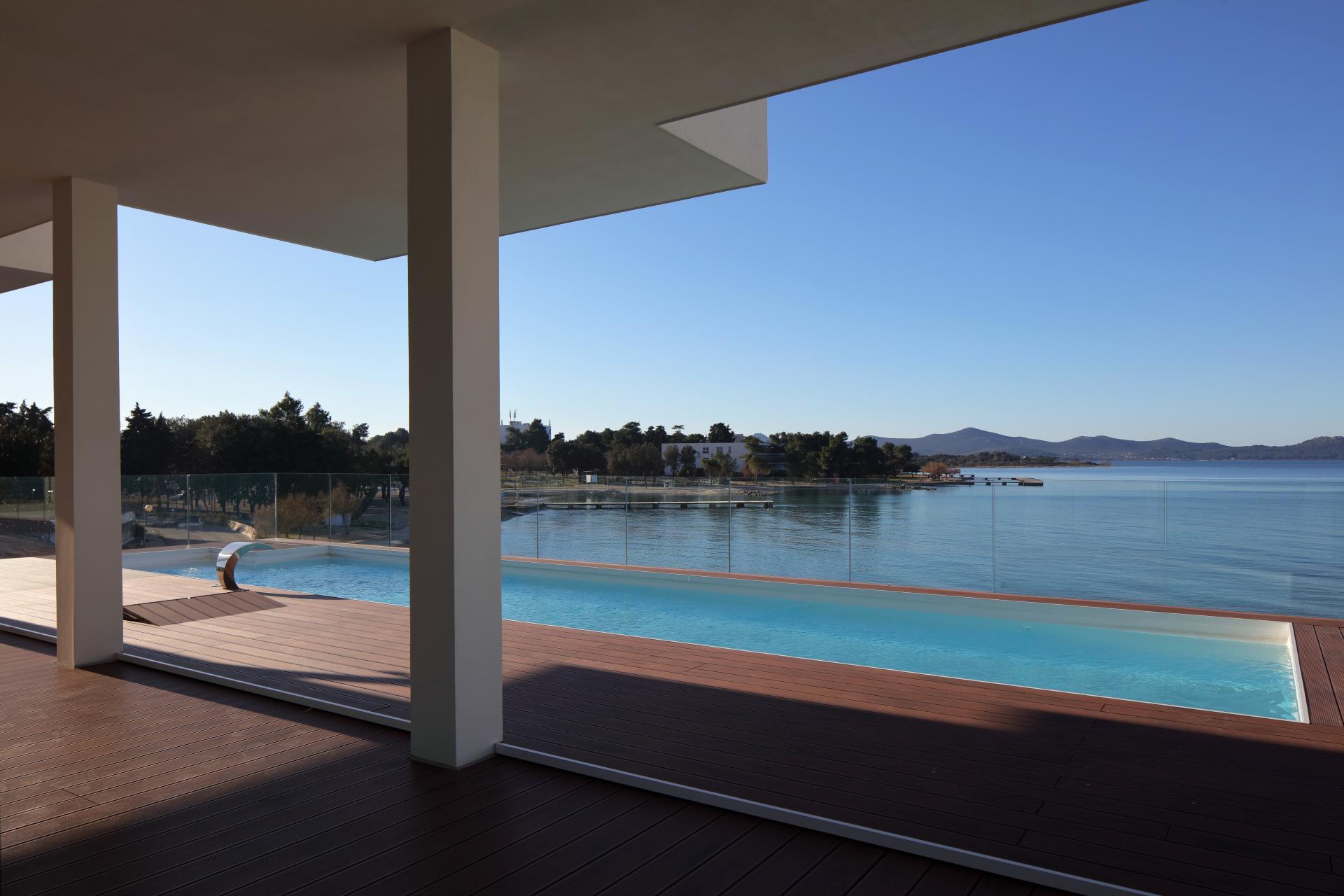 © Igor Pedišić
© Igor Pedišić
Galić Winery, Kutjevo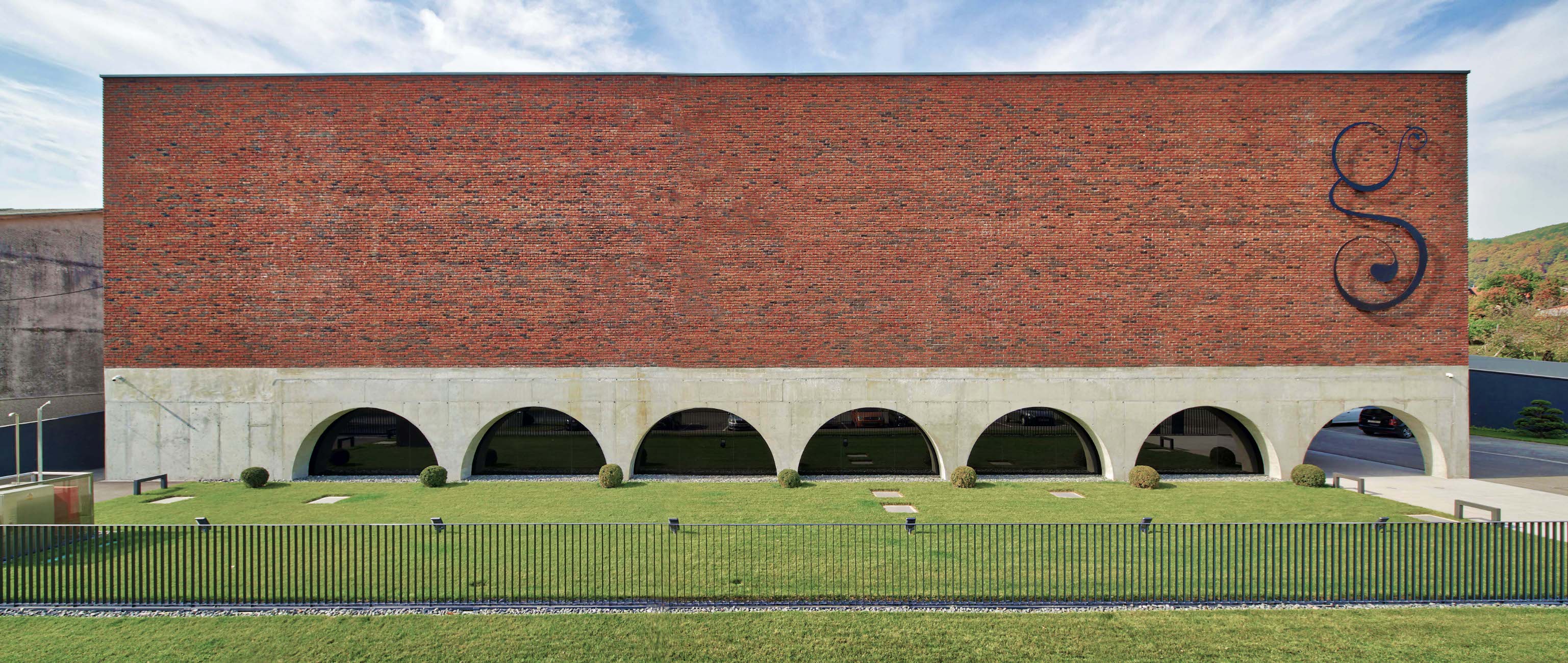
Award-winning outfit Zagreb-based studio Dva arhitekta have an existing, jaw-dropping design for a rural winery commissioned by famous makers Galic. However, that project, as yet, remains unrealised. But, their winery for Galic in the centre of Kutjevo town is complete. Melding the traditional and the contemporary, the upper section of the building is a bold and unblemished red brick, adorned with the winemaker's unmistakable logo. Beneath, concrete arches invite your eyes into the actual wine cellar – neat rows of barrels, protected behind glass walls that are set back from the facade. Brilliant!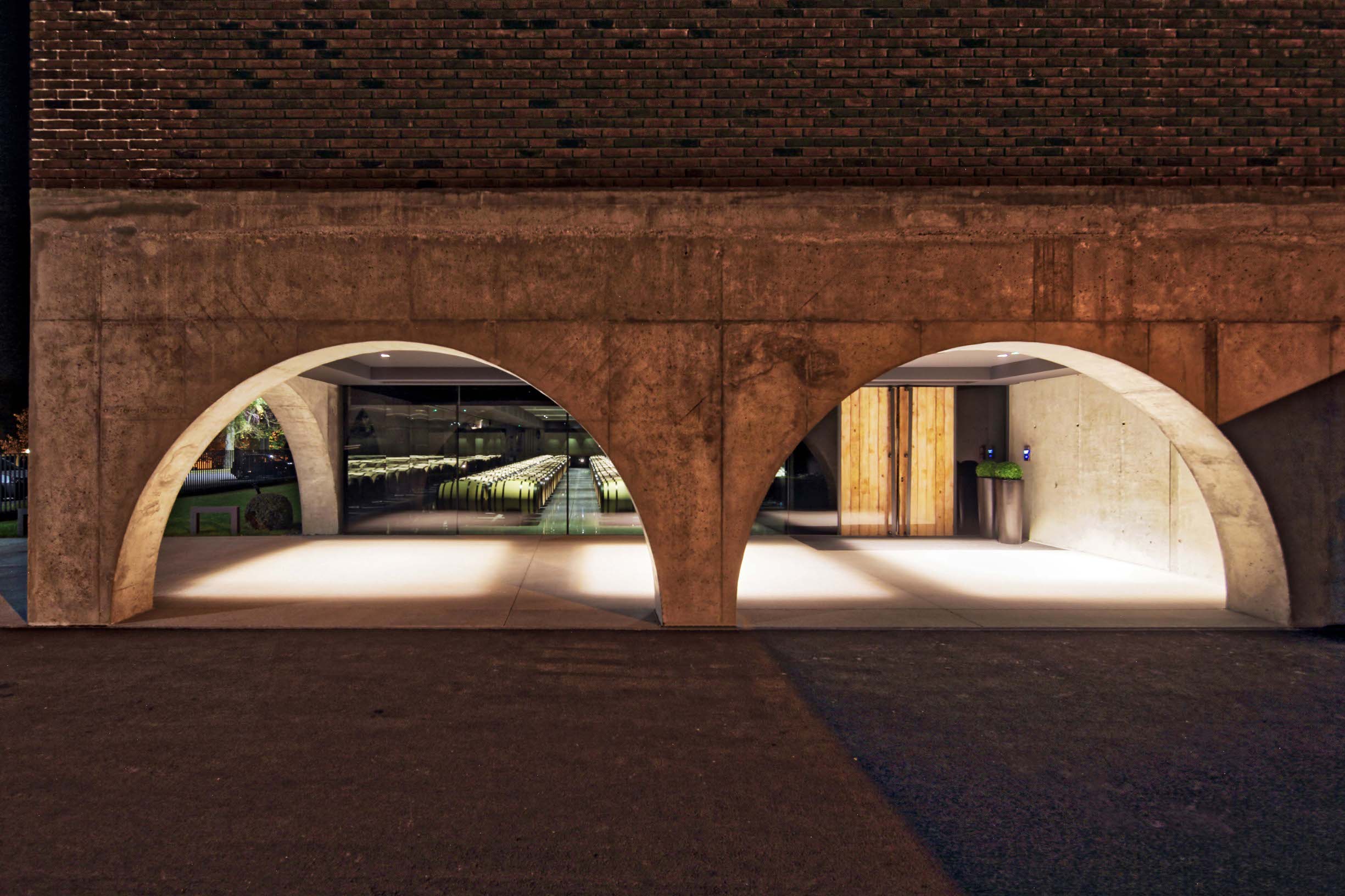 © Damir Fabijanić
© Damir Fabijanić
Seecel Centre, Zagreb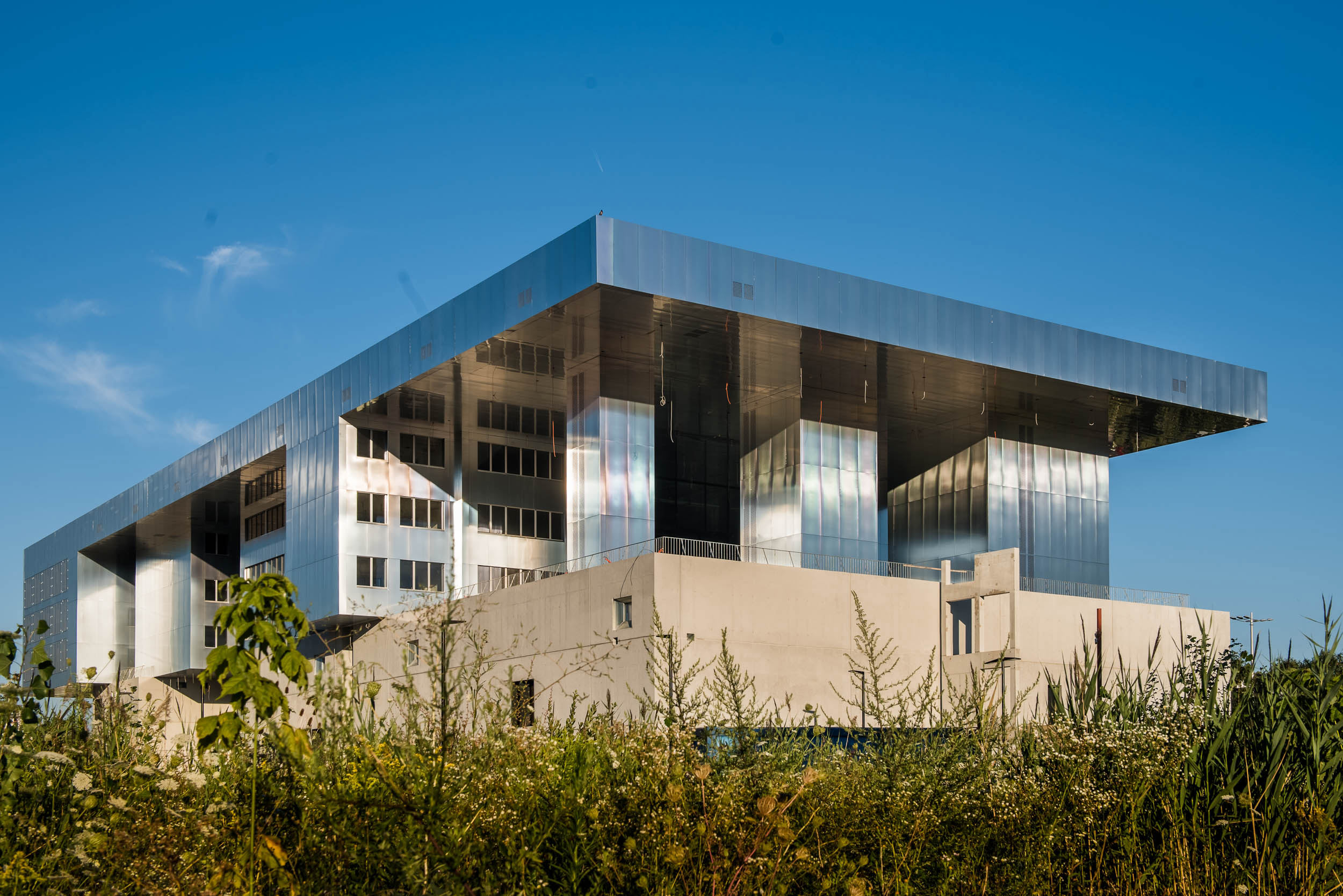
Designed as a regional centre for the development of entrepreneurs and its construction costs generously part-funded by European money, the Seecel Centre arrived long overdue and does not house its intended inhabitants. Such matters are best left for different articles as, here, we're concerned with the undeniable finery of this building's architecture and appearance. Holding space for accommodation, offices, communal collaboration, education and presentations, the five-floored building uses ultra-modern building materials and construction methods to make it low-energy, its great blocks of covered concrete, with glass windows set further back, echoing old fortifications. It was designed by Igor Franić who, in Croatia, is perhaps best known for the Museum of Contemporary Art in Zagreb and completed by him and his team at SZA / Studio za arhitekturu d.o.o.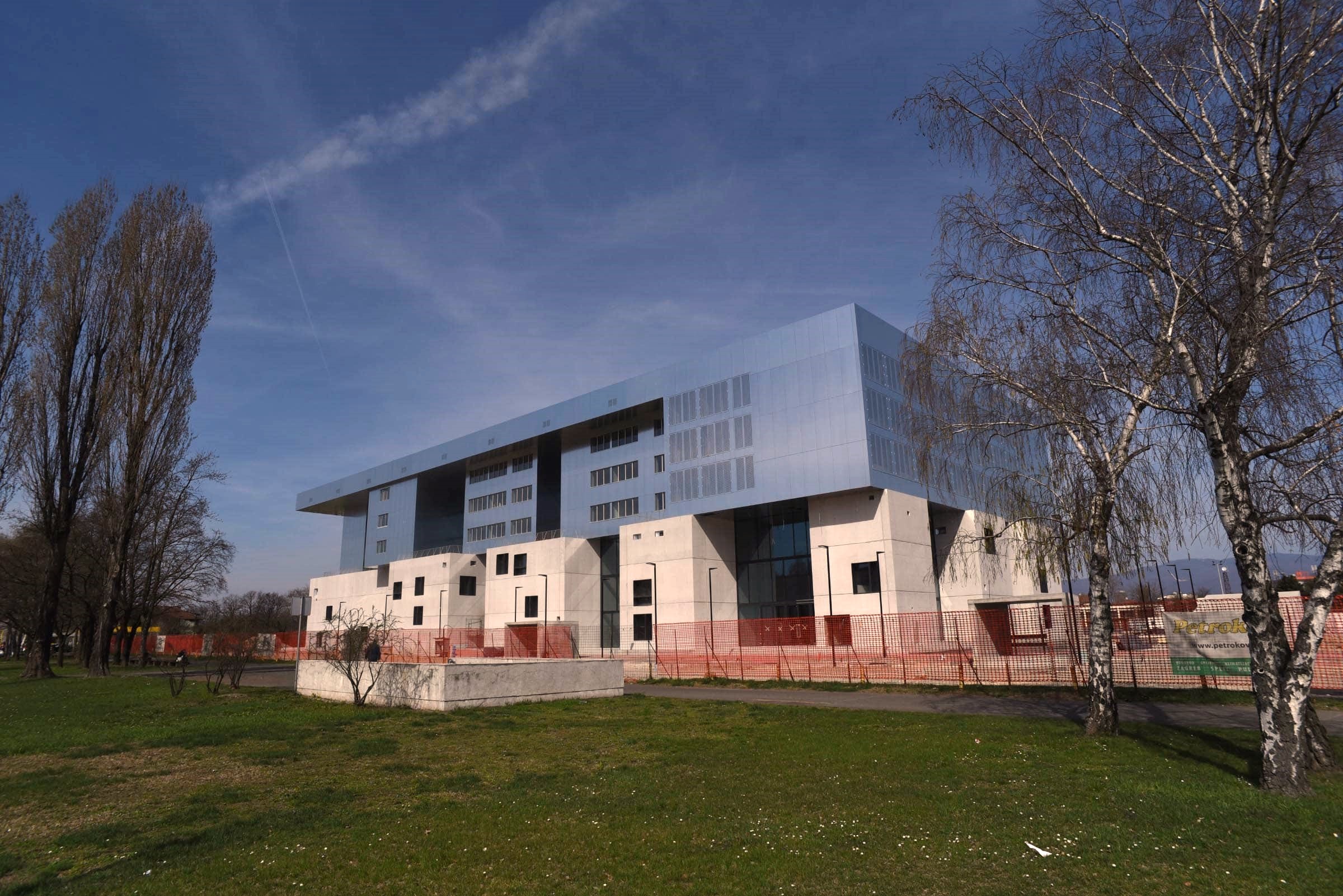 © Site Project d.o.o.
© Site Project d.o.o.
Trg Poljana, Šibenik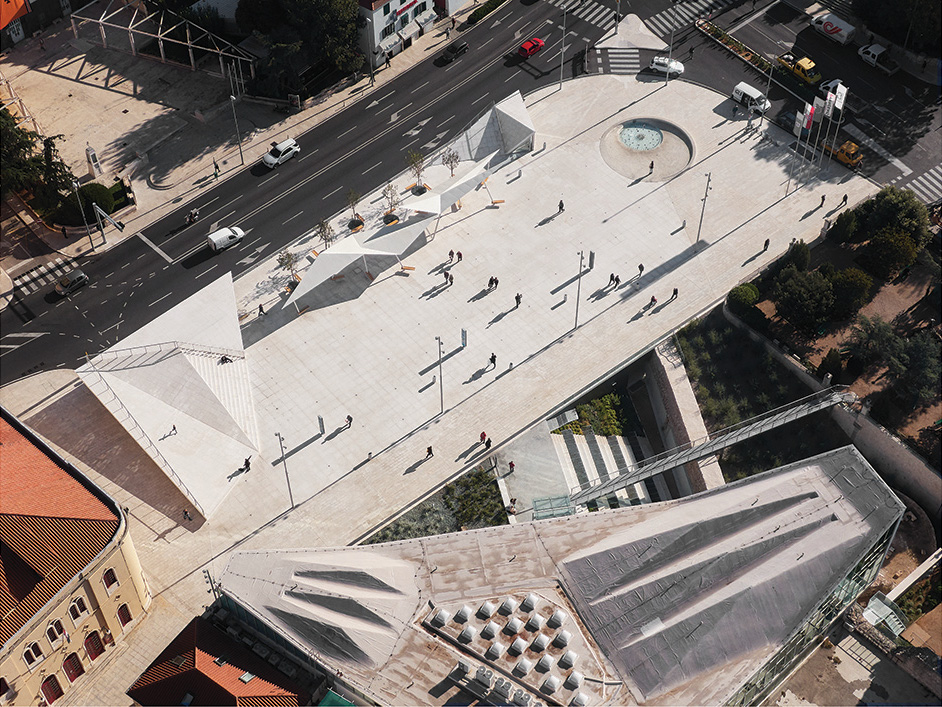
Not a small amount was asked of project architects Atelier Minerva from Dubrovnik in the task to create Trg Poljana in Šibenik. The site had long been earmarked for a much-needed, official town square – a place for events and public gatherings. But, the town was also woefully short on parking. By burying a multi-level car park beneath the open space, the architects successfully met both demands. Triangular shapes sit at an angle above shaded seating, echoing the inclines on the roof of the Juraj Šižgorić City Library opposite. Clever.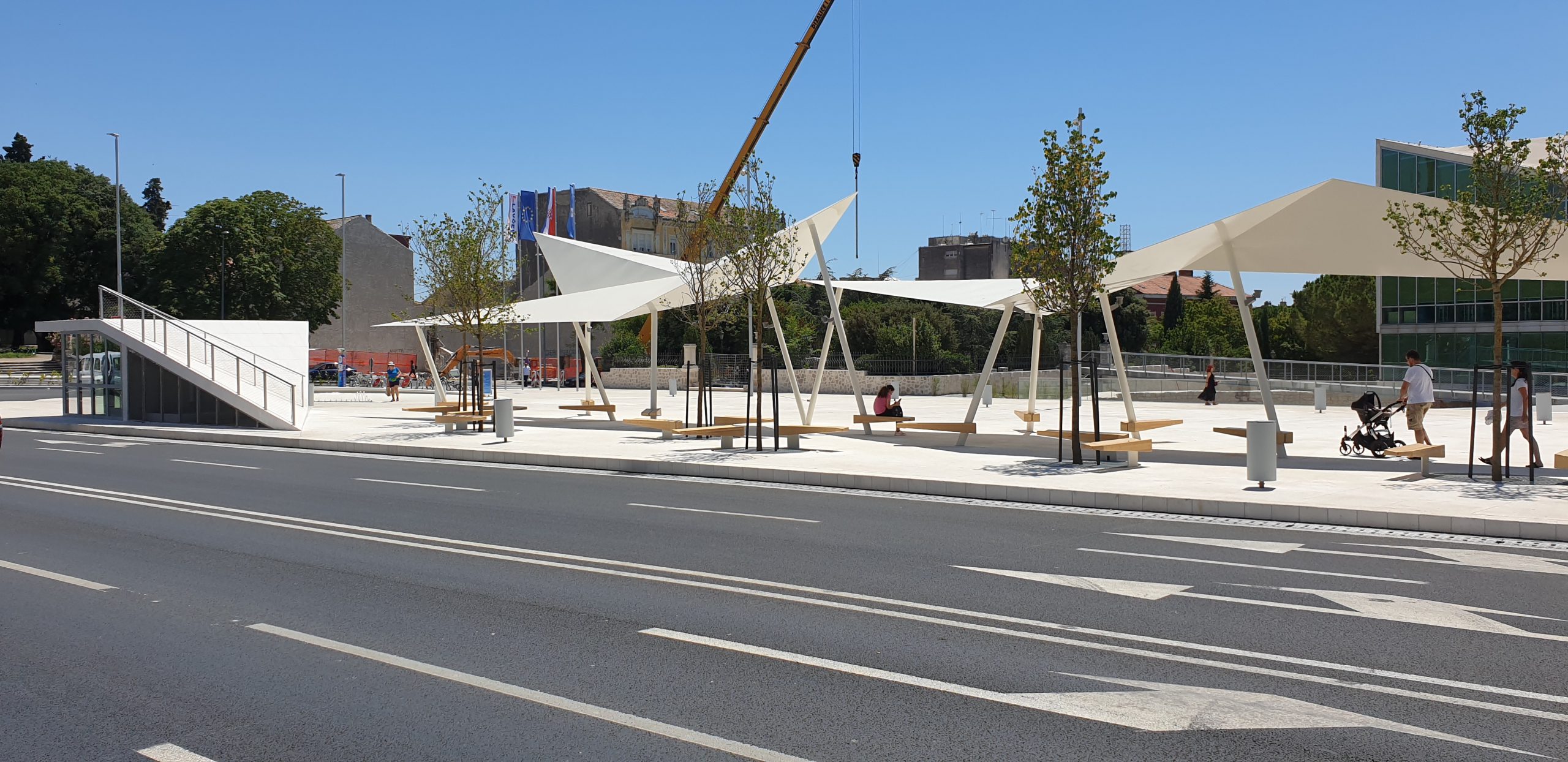 © Ervin Husedžinović / Eccos-inzenjering
© Ervin Husedžinović / Eccos-inzenjering
Homestead on Hartovski vrh, Žumberak, Zagreb County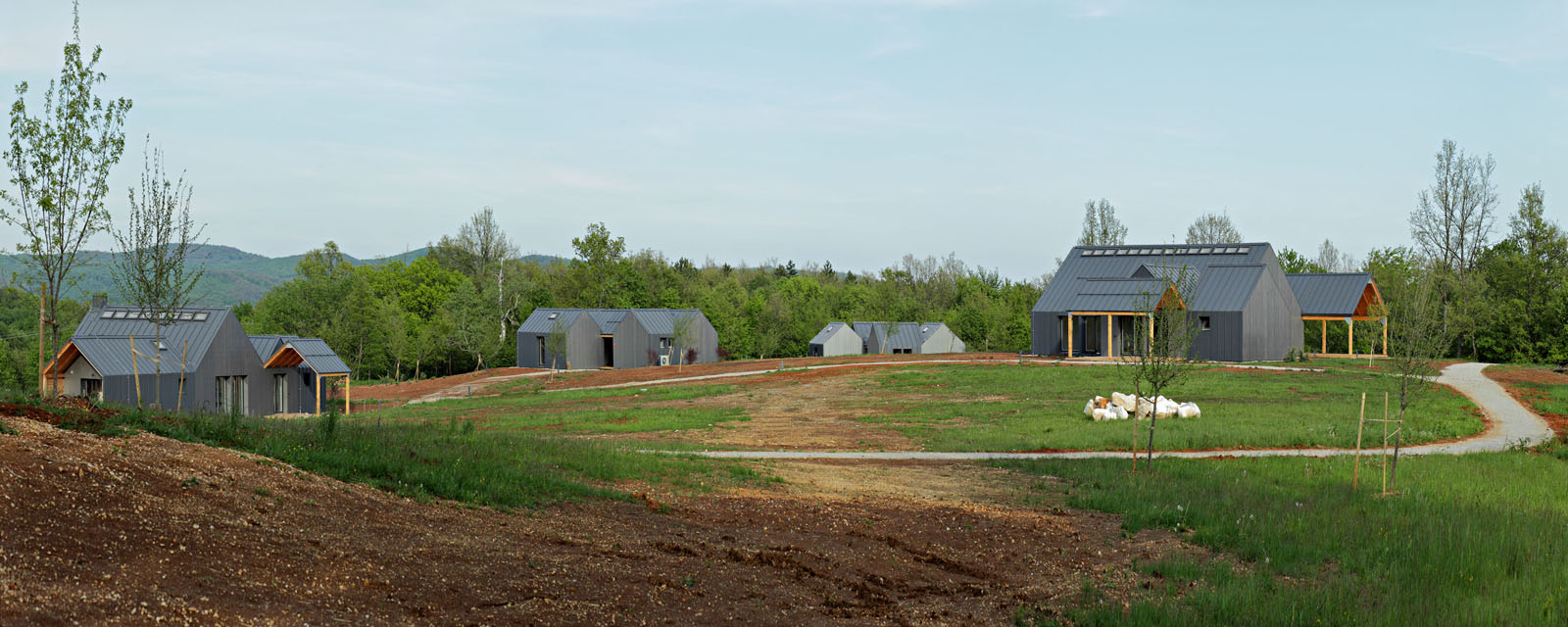
A collection of multi-purpose rural buildings, Homestead and Meditation Centre on Hartovski vrh was commissioned and designed for use by the Buddhist Center Zagreb. Their aim was to relocate activities such as chan, yoga, meditation, healthy living and teaching to a peaceful retreat outside of the city. Architects Branimir Rajčić and Mariela Žinić began the project in 2015, with the completed site arriving in 2019. Modern building materials are used, but not so the striking collection seems out of place within a partially agricultural setting. The set of buildings includes a residential dwelling and a larger hall for meetings and activities, both of which use large windows to allow the light and nature to flood in. © Robert Leš
© Robert Leš
Square of Traditional Crafts, Varaždin
A tricky task was given to architects Studio Konntra – how to enliven and modernise a traditional old square in the centre of one of Europe's best-preserved Baroque Old Towns. They did this by constructing transportable kiosks to house small outlets for local artists and craftsmen that cater to visiting tourists who come to the square. When occupied during the day, the plain wooden interiors allows the crafts to take centre stage. But, after closing time, the outsides of the wooden doors are brightly coloured and adorned with paintings, a welcoming environment for residents to use at night.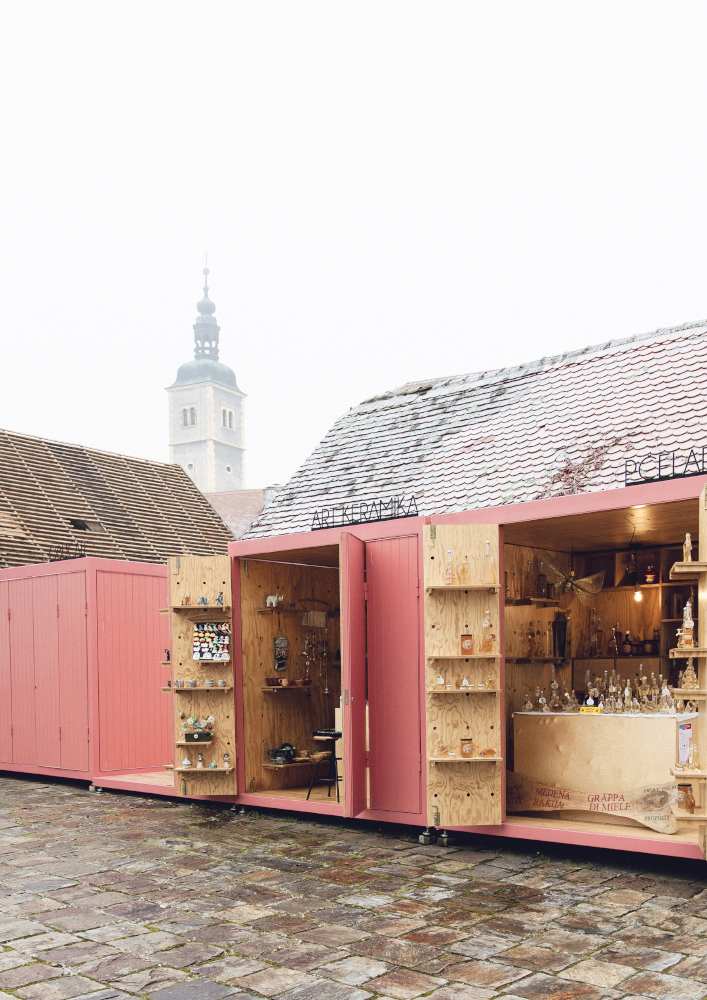 © Studio Konntra
© Studio Konntra
PHOTOS: Amazing Zagorje Wooden House, One Family's Low-Energy Dream
February 4, 2021 – With beautiful views and blended into its surrounding natural landscape, the Zagorje wooden house was built with super-strength, seismic-resistant wood. Environmentally friendly and low energy, its ultra-modern interior will leave you gasping.
It doesn't take much to get yourself a wonderful view in Zagorje. The area 'behind the mountain' has a beyond-pretty topography of rolling agricultural fields, wild countryside, gently sloping vineyards and minor inclines that gift this vista to all. And it is upon these minor inclines that many of the people of Zagorje choose to build their houses. They wake in the morning and take in the view from bedroom windows, balconies, or terraces, connected each day to the land that surrounds them, at one with nature.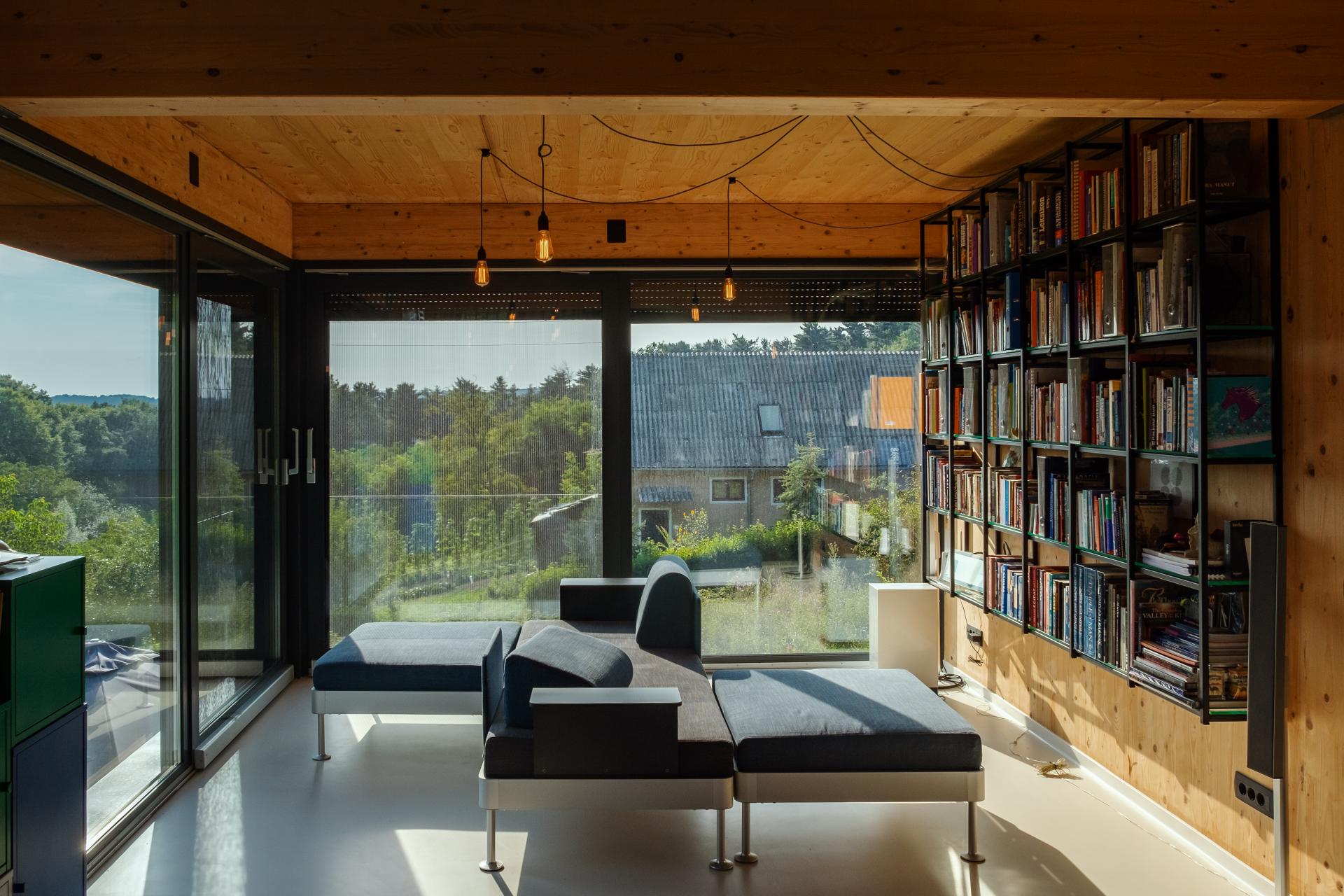
That is exactly the lifestyle one family wanted when they purchased an unfinished building project, sat on the soft slopes of Zagorje. Begun in the 80s, the approved build didn't exactly fit the specifications of their dream. So, they sought a solution from architect Marina Zajec of Arhitektura E.L.I. She kept the volume and ground space from the existing building permit but radically altered the construction materials by using cross-laminated timber (CLT). This beautiful Zagorje Wooden House is the end result.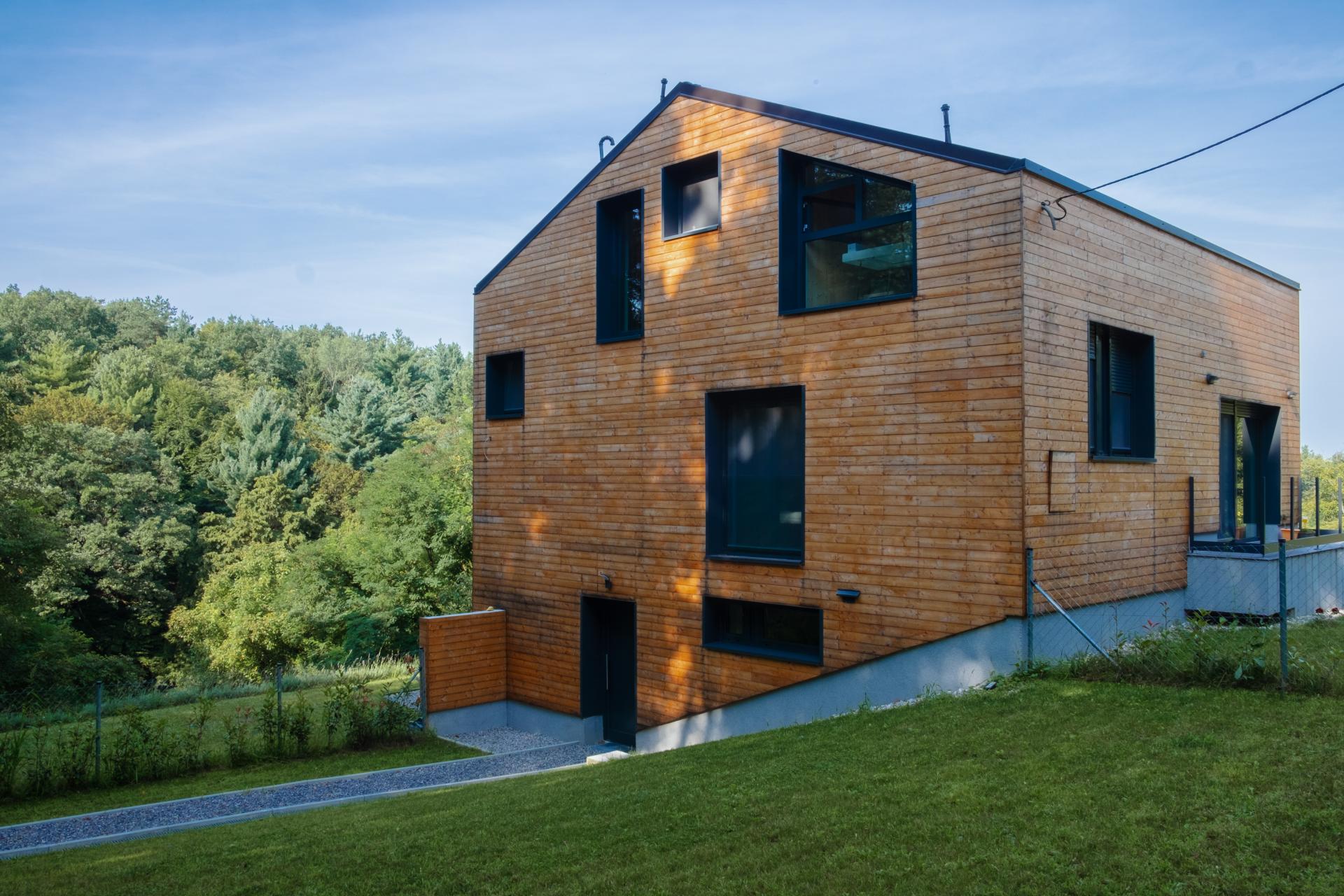
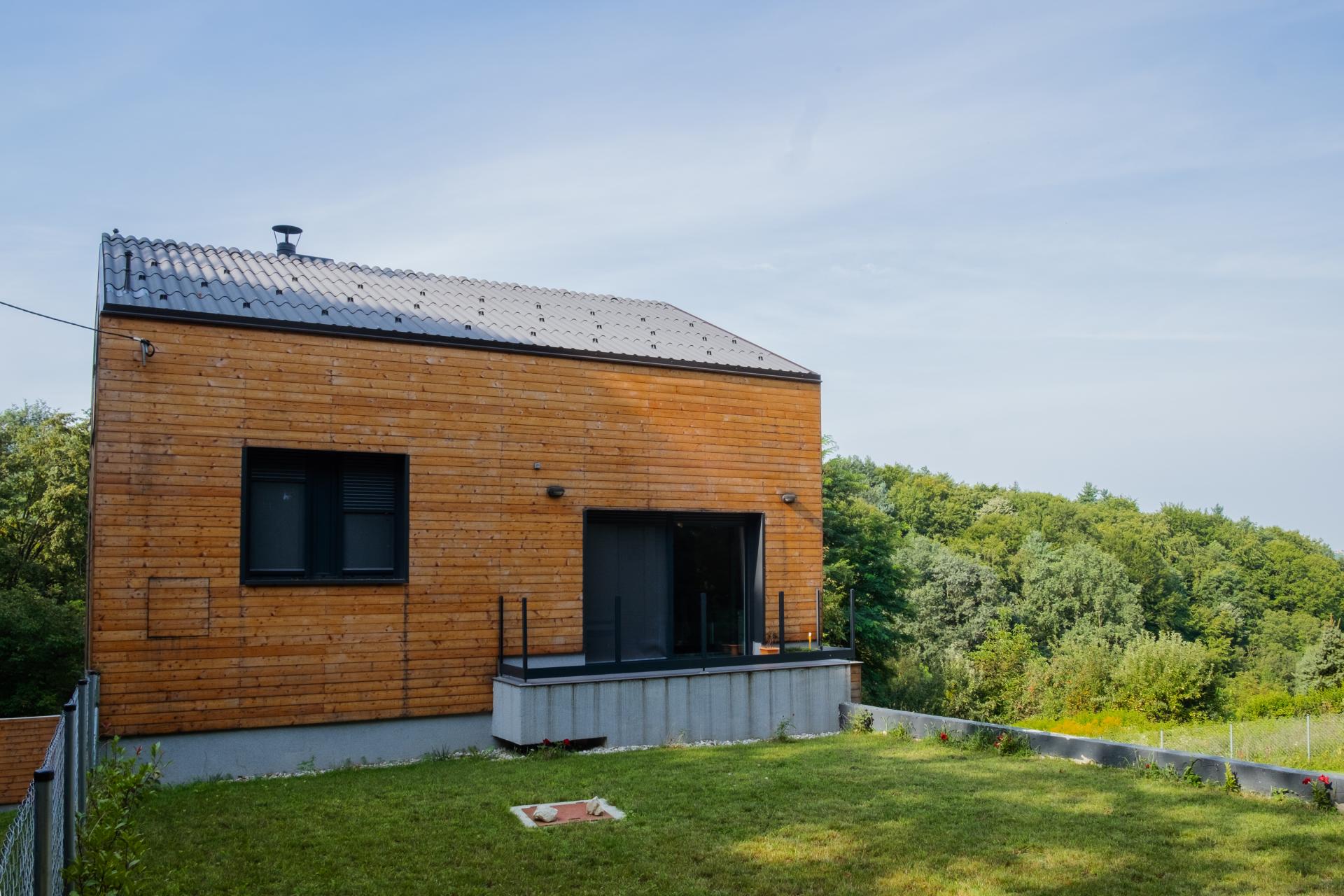
Cross-laminated timber is an engineered by all-natural building material that has the same strength as concrete. It is made by gluing together different layers of single-sawn beams and arranging them so they are perpendicular to adjacent layers. The result is that all the beams face the same way on any visible, outer layer and that the building material is extremely strong. It can easily be used to make load-bearing walls within a classic two-story house, as was done here, and can withstand any seismic activity it might experience in this region.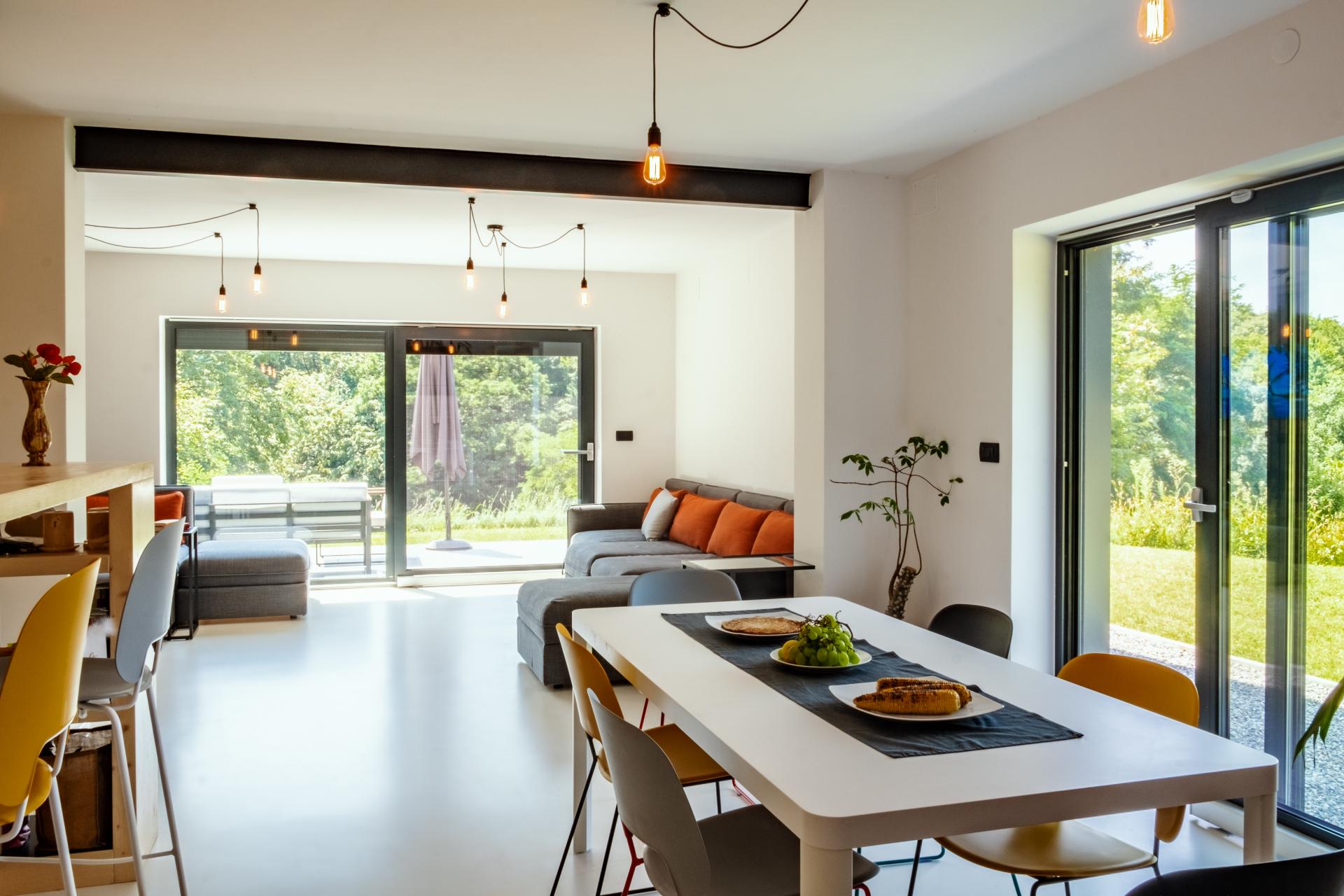
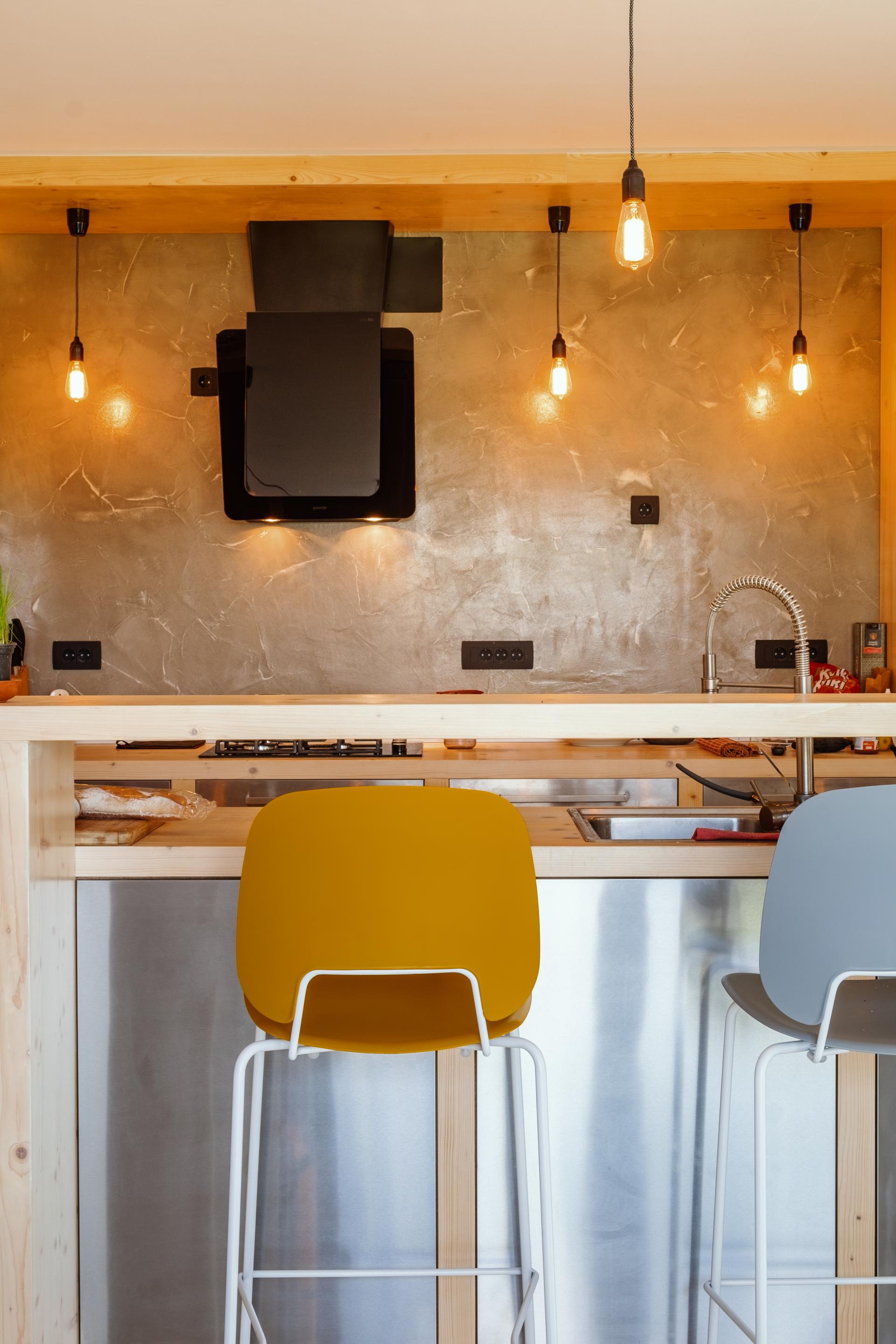
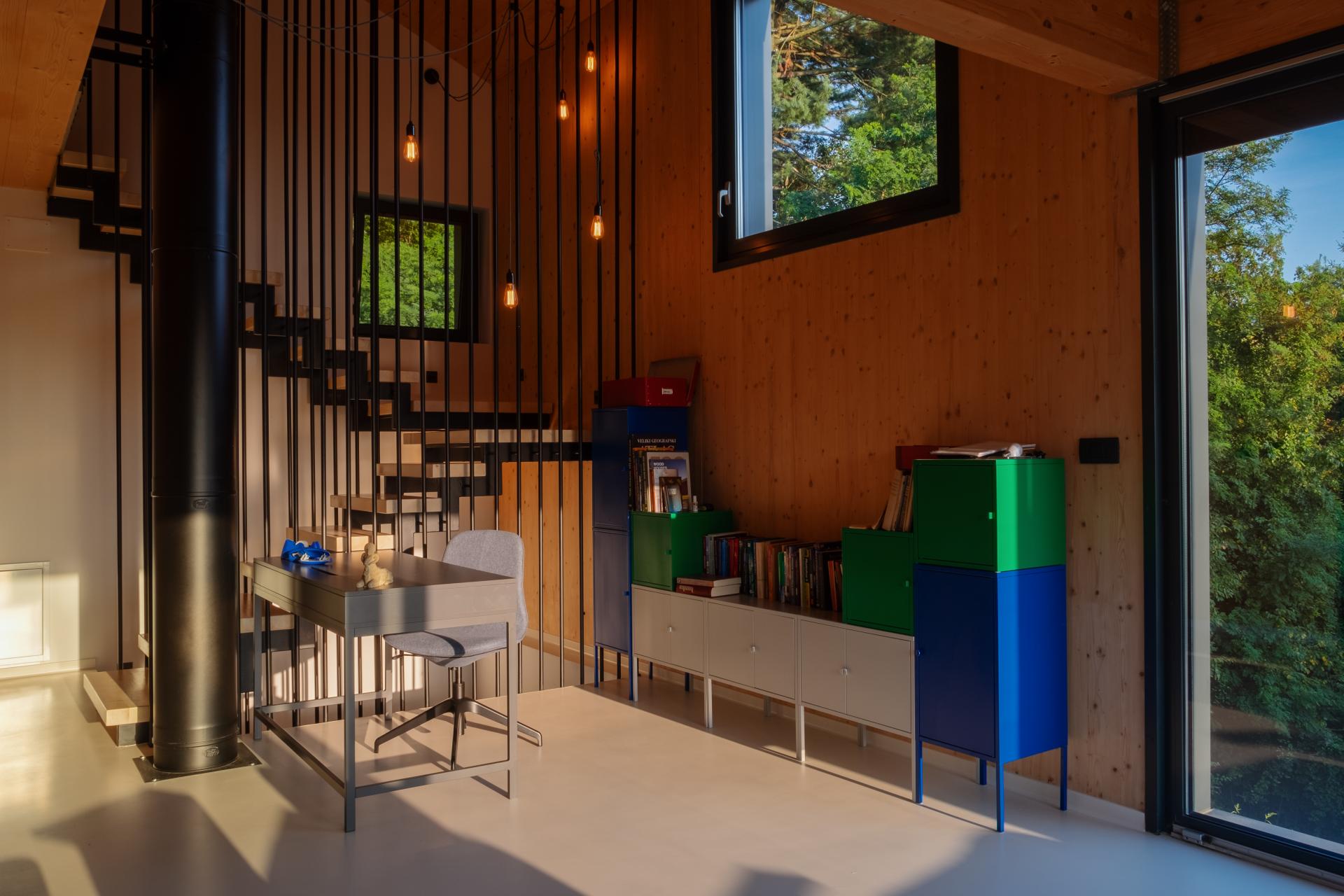
Though this natural exterior helps the Zagorje wooden house blend into the rural and rustic environment where it sits, no cliched olde worlde concessions ruin the interior – it is thoroughly modern. Exposed wooden walls surround laminated floors, on which cool and contemporary furniture is placed. Lighting is bold and basic, granted an industrial feel by exposed cables. The interior design is minimal and modern, airy, open and full of light. Large windows help the family connect to nature as they intended.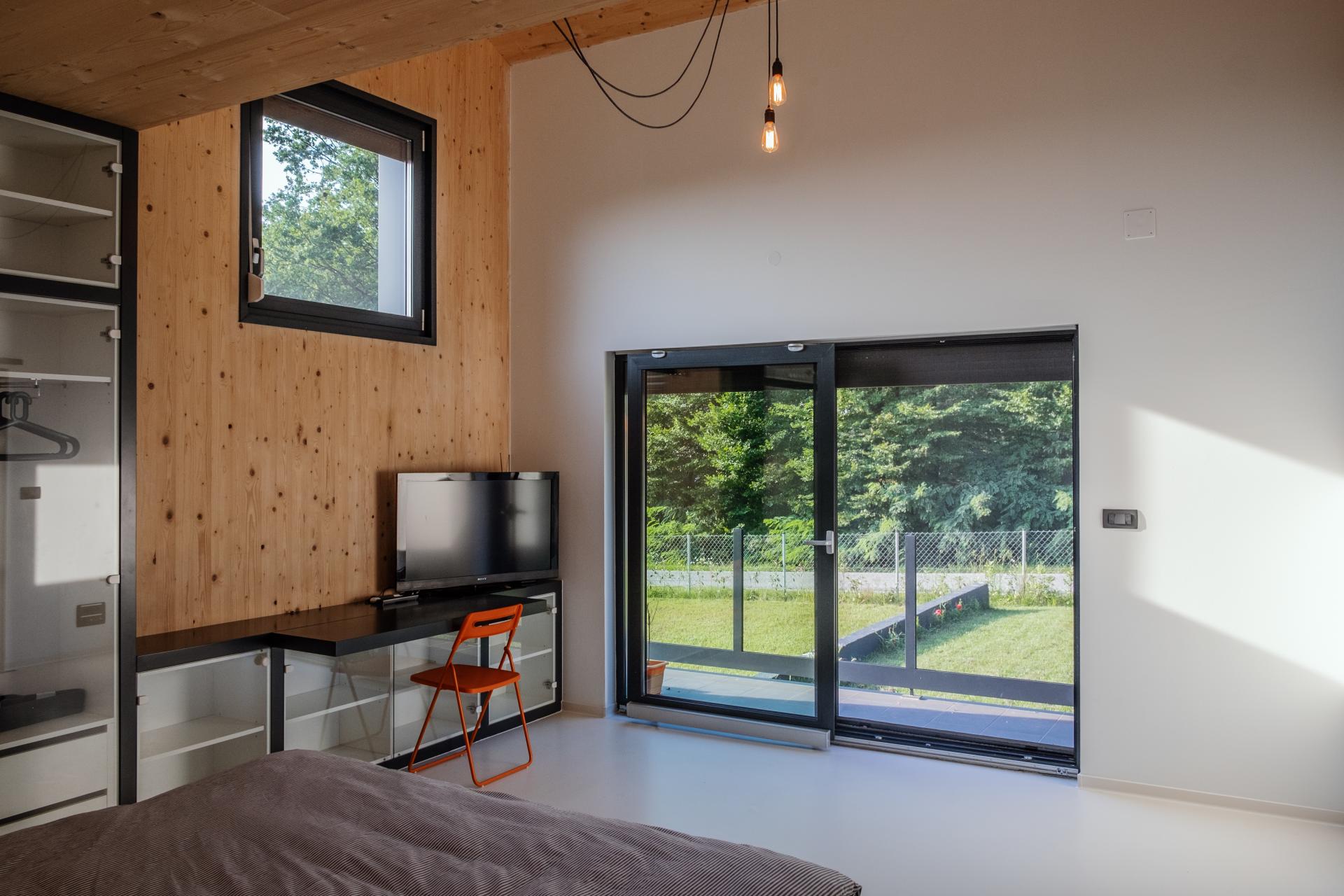
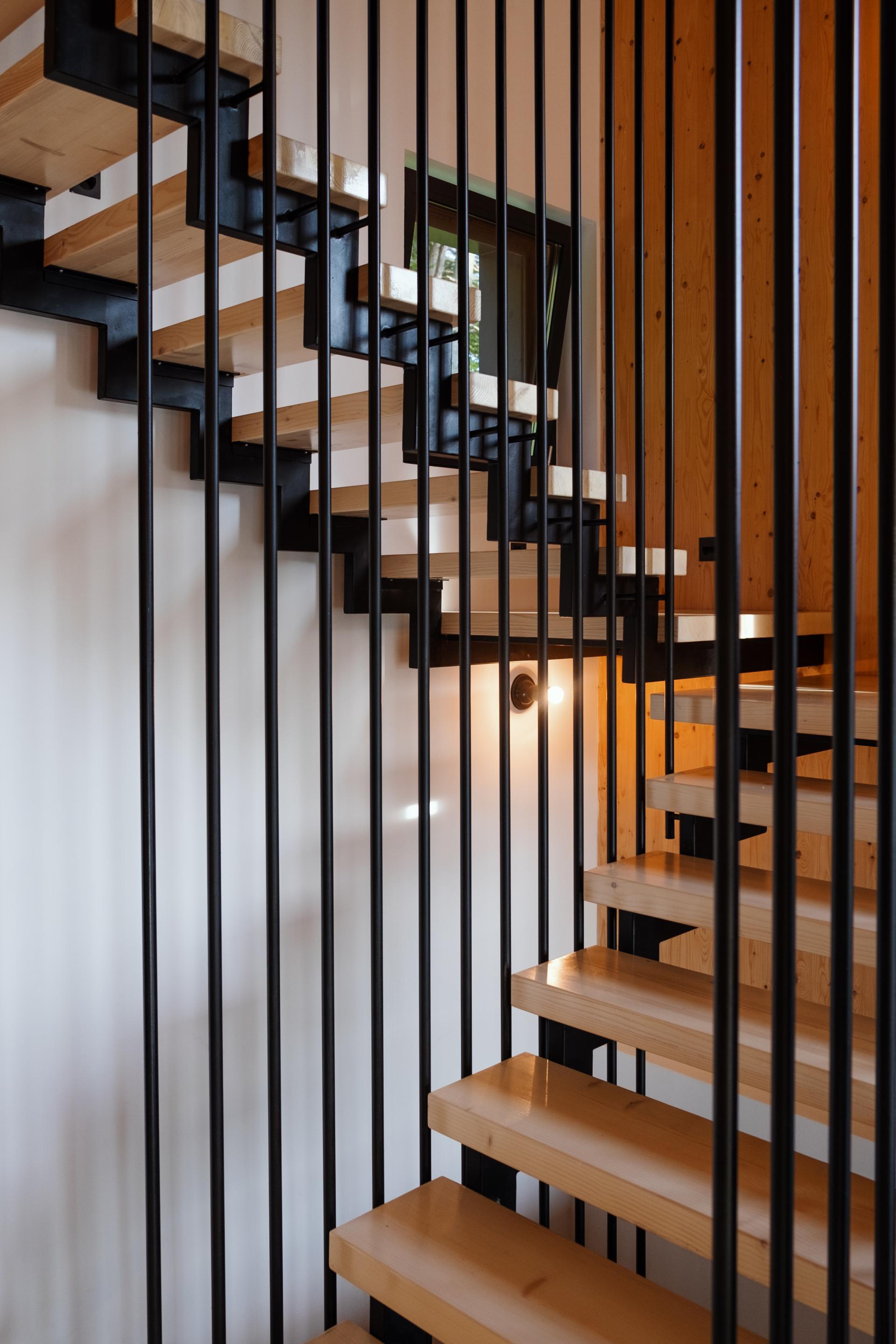
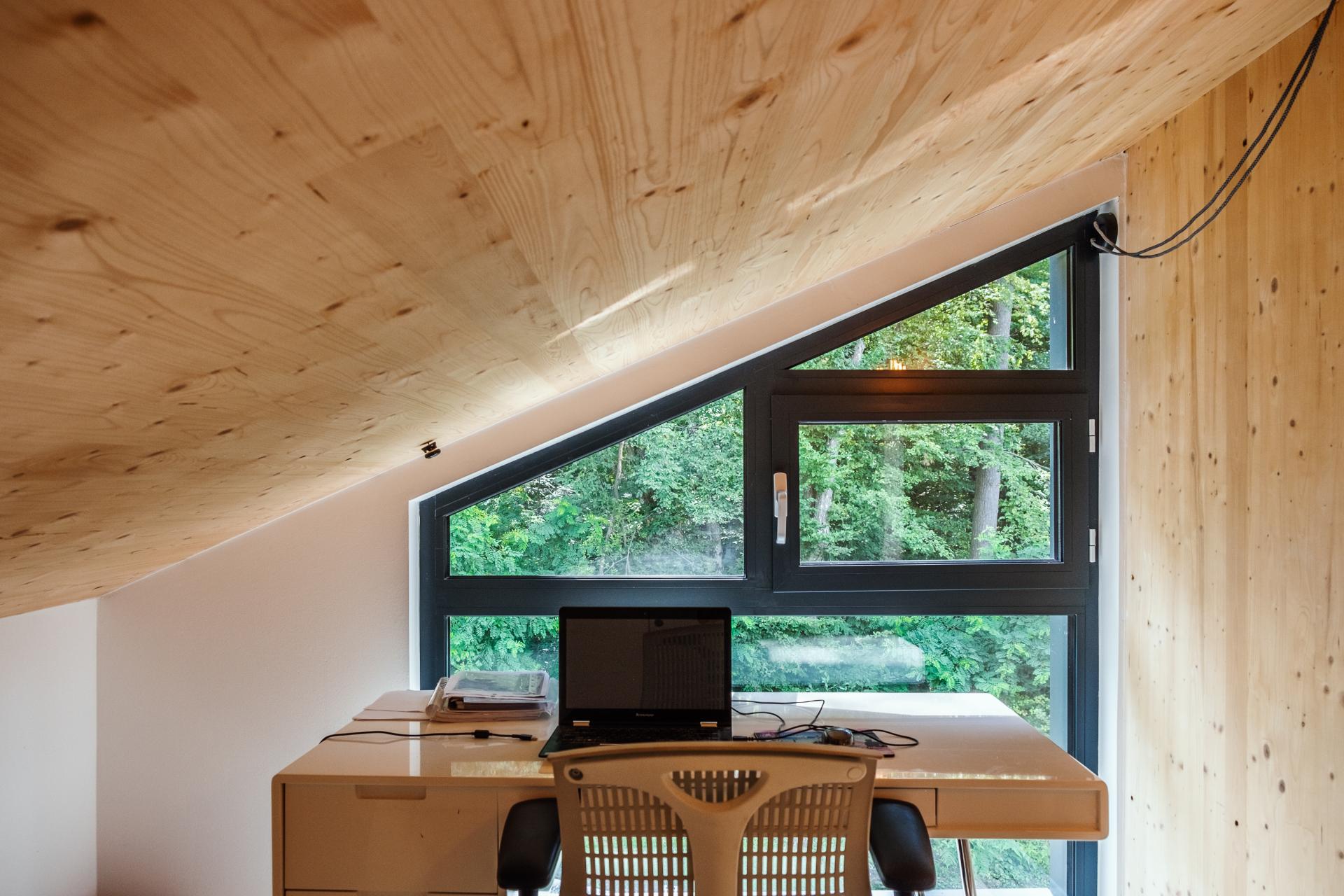
The house has three bedrooms with en suite bathrooms, a library, a space specified for working from home, a dining room, kitchen, laundry and a living room that leads out directly to a covered outside area, which can be used for hosting and dining in the warmer months.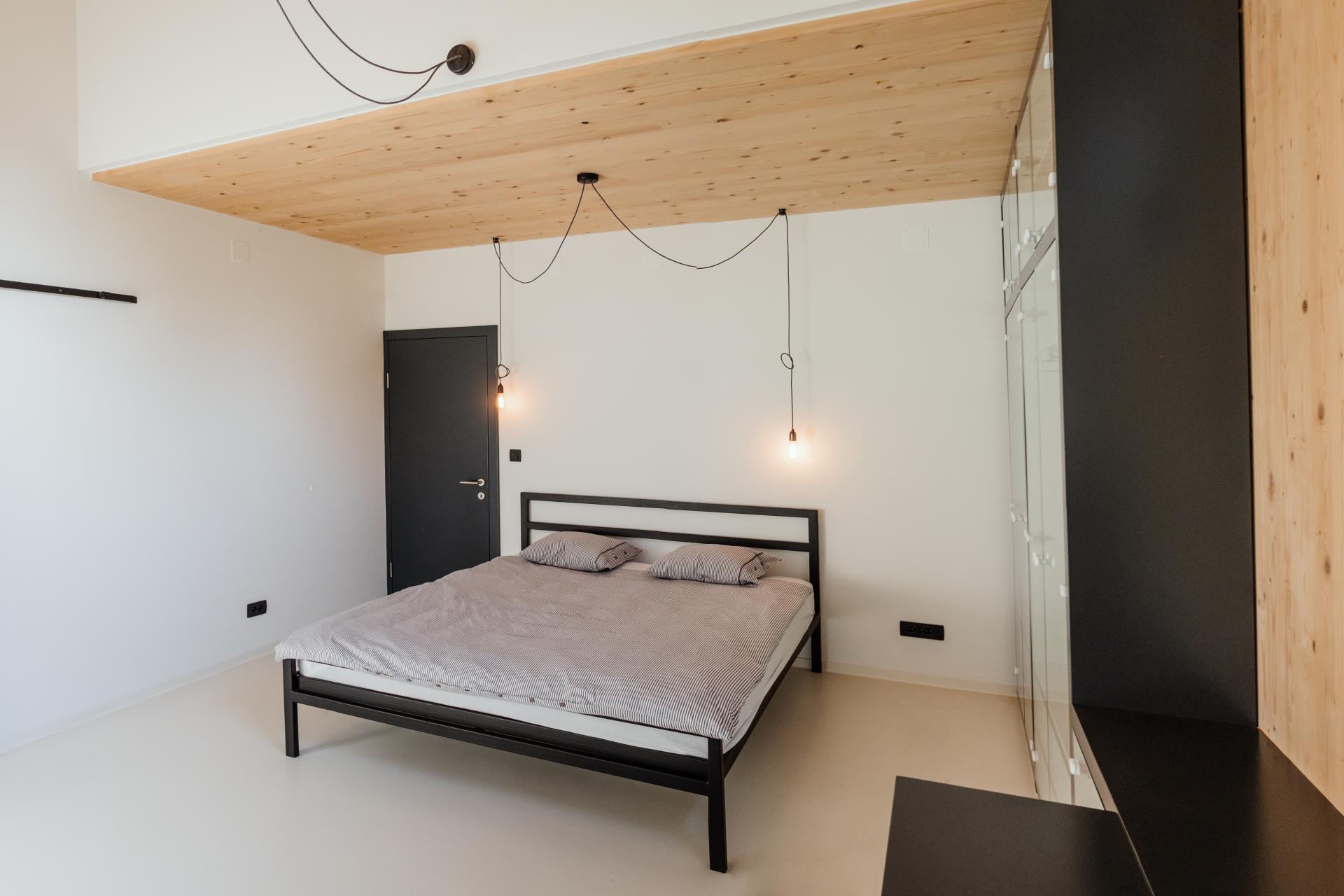
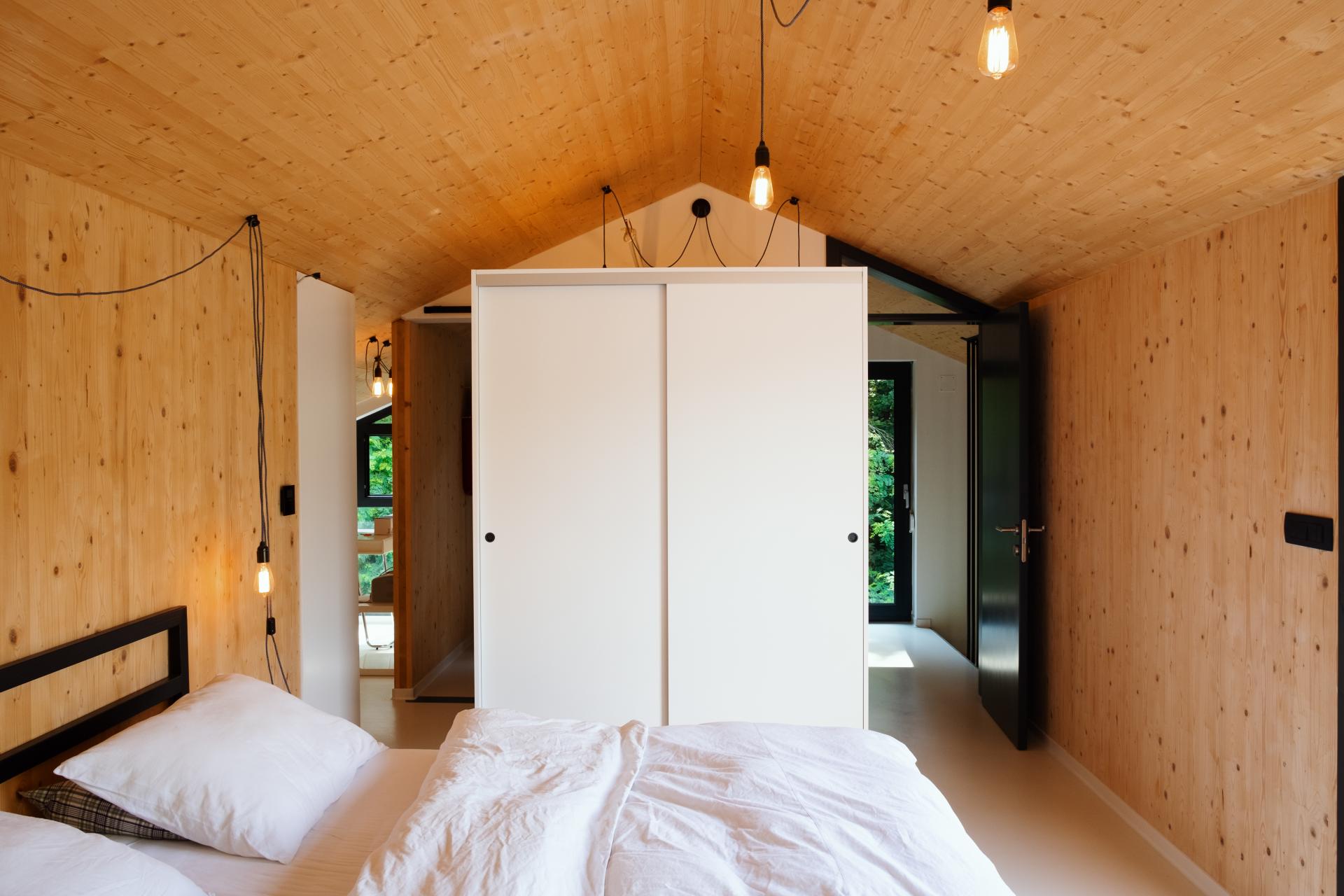
All images of the house © Lara Žitko. Architectural and design details were taken from an article by Jutarnji List home and design correspondent Jelena Cvetko
PHOTOS: Croat Marko Brajovic Builds Incredible Brazil Rainforest Treehouse
January 28, 2021 – Architect Marko Brajovic from Rovinj was working from a design studio in Barcelona when he was first invited to visit South America's Atlantic rainforest to build a bamboo house for a client. He now lives in this incredible landscape himself and has made a stunning new treehouse which sits in its treetops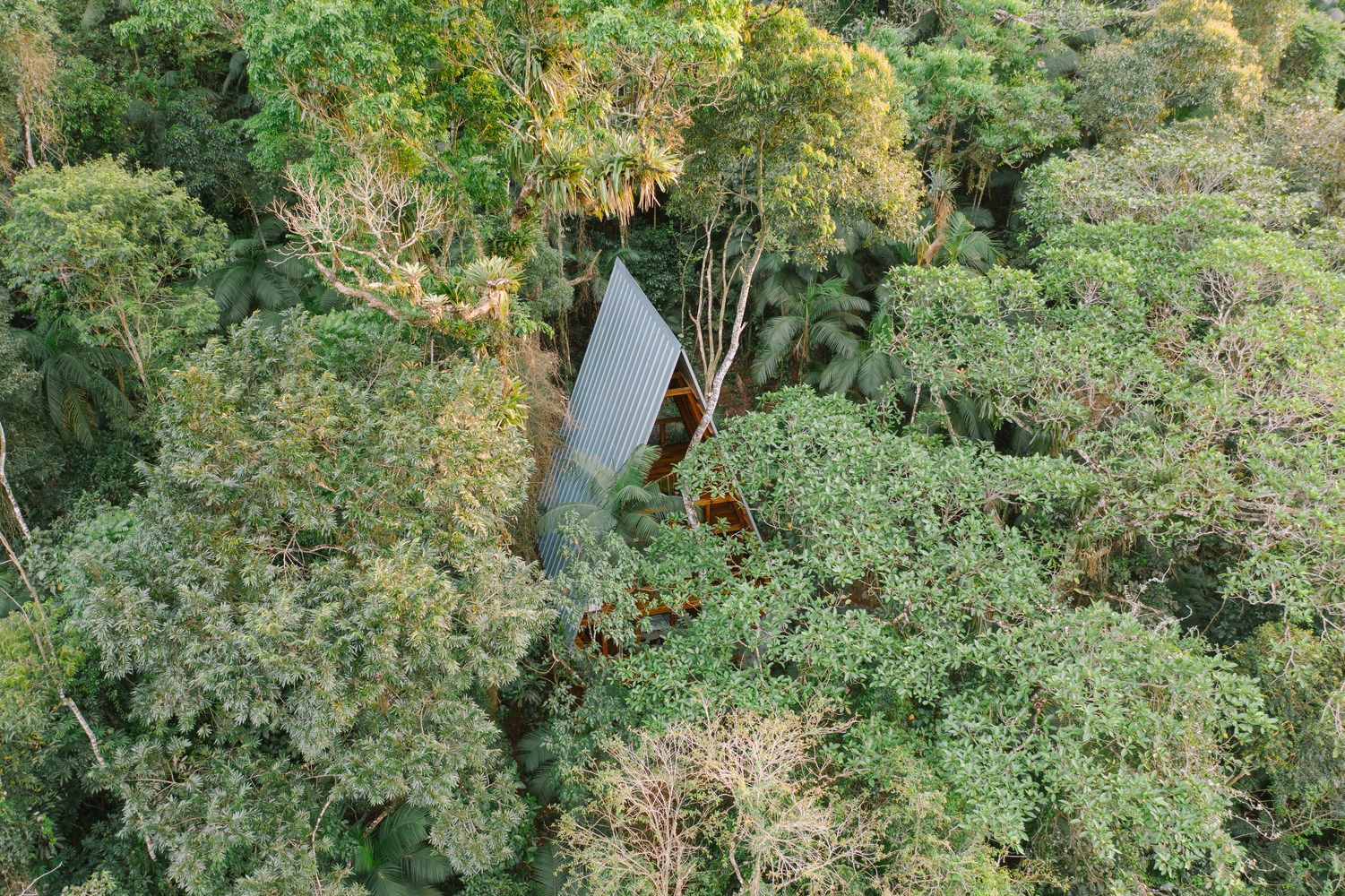
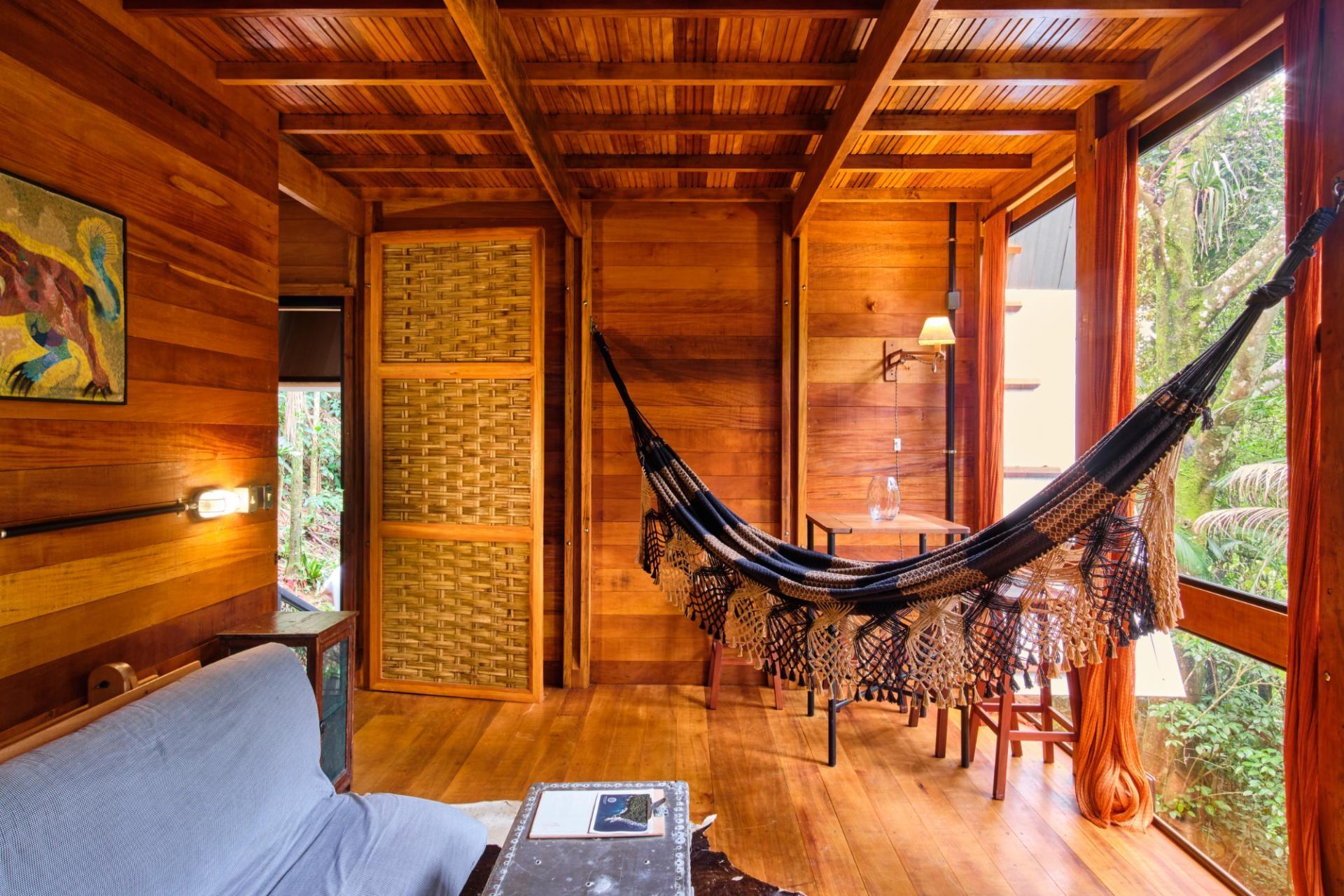
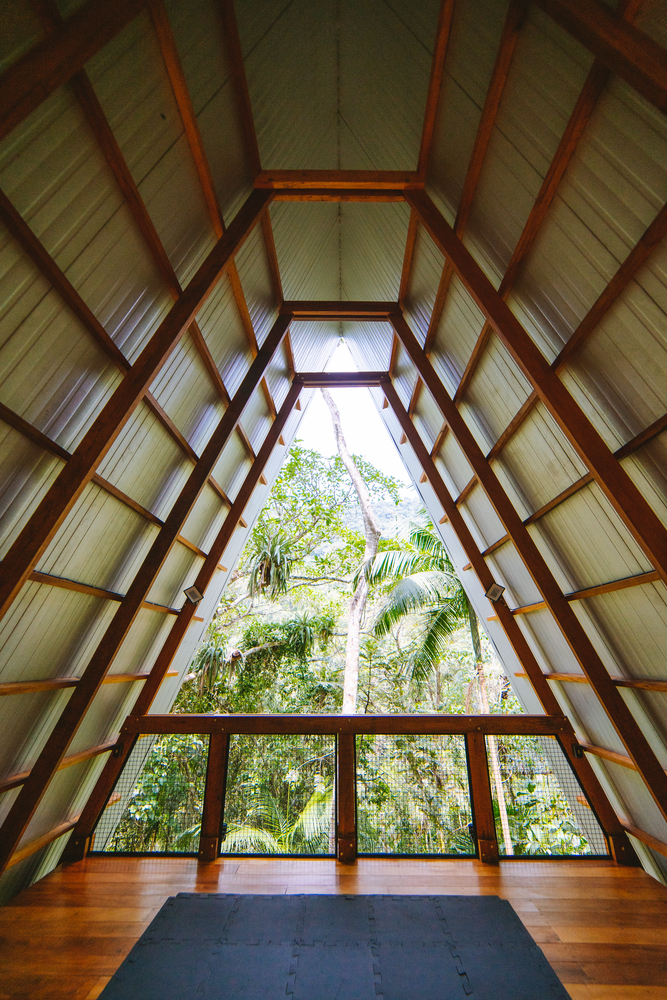
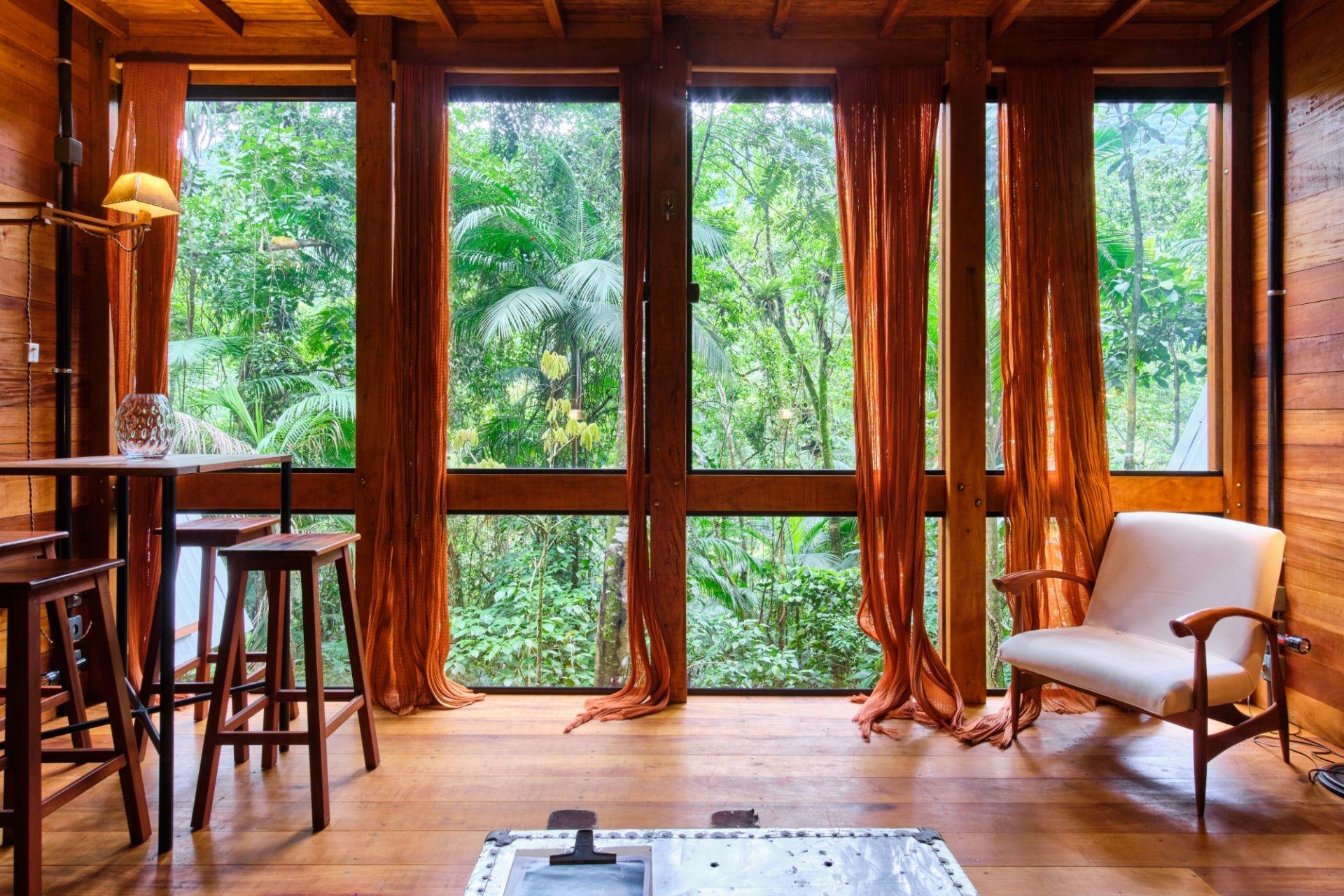
Around one third of the world's rainforests can be found in Brazil, the Amazon Rainforest being the most famous. But, it's neither the only rainforest in Brazil nor the only protected area within the vast South American country. A rich path of forest and wild nature stretches down much of the country's Atlantic coast and in the area of Paraty, in the State of Rio de Janeiro, the Cairuçu Environmental Protection Area and the Serra da Bocaina National Park are just two, albeit huge, sections of it. It is in Paraty that Croatian architect Marko Brajovic has built his latest creation.
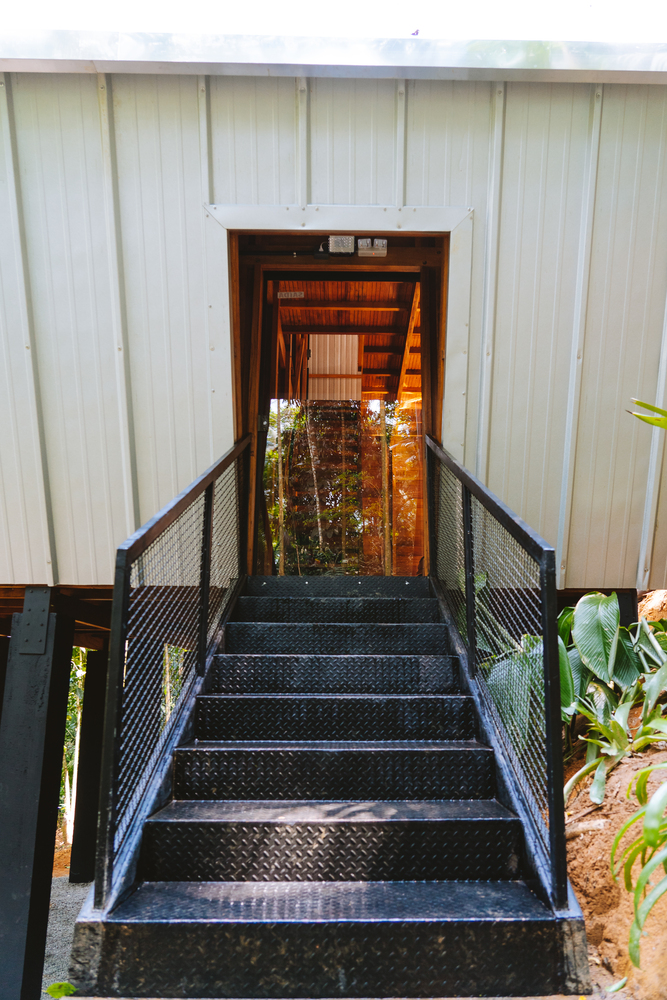
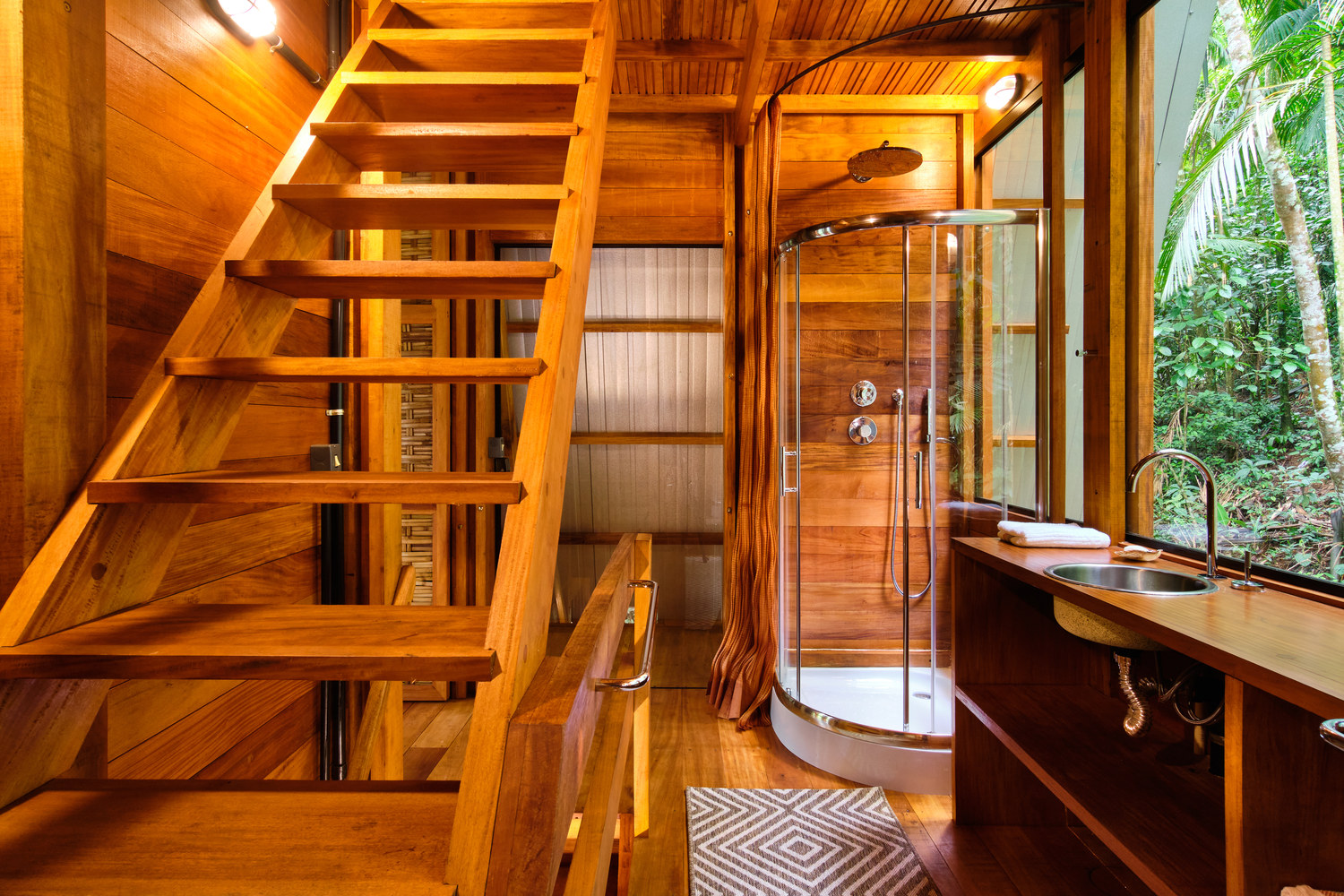
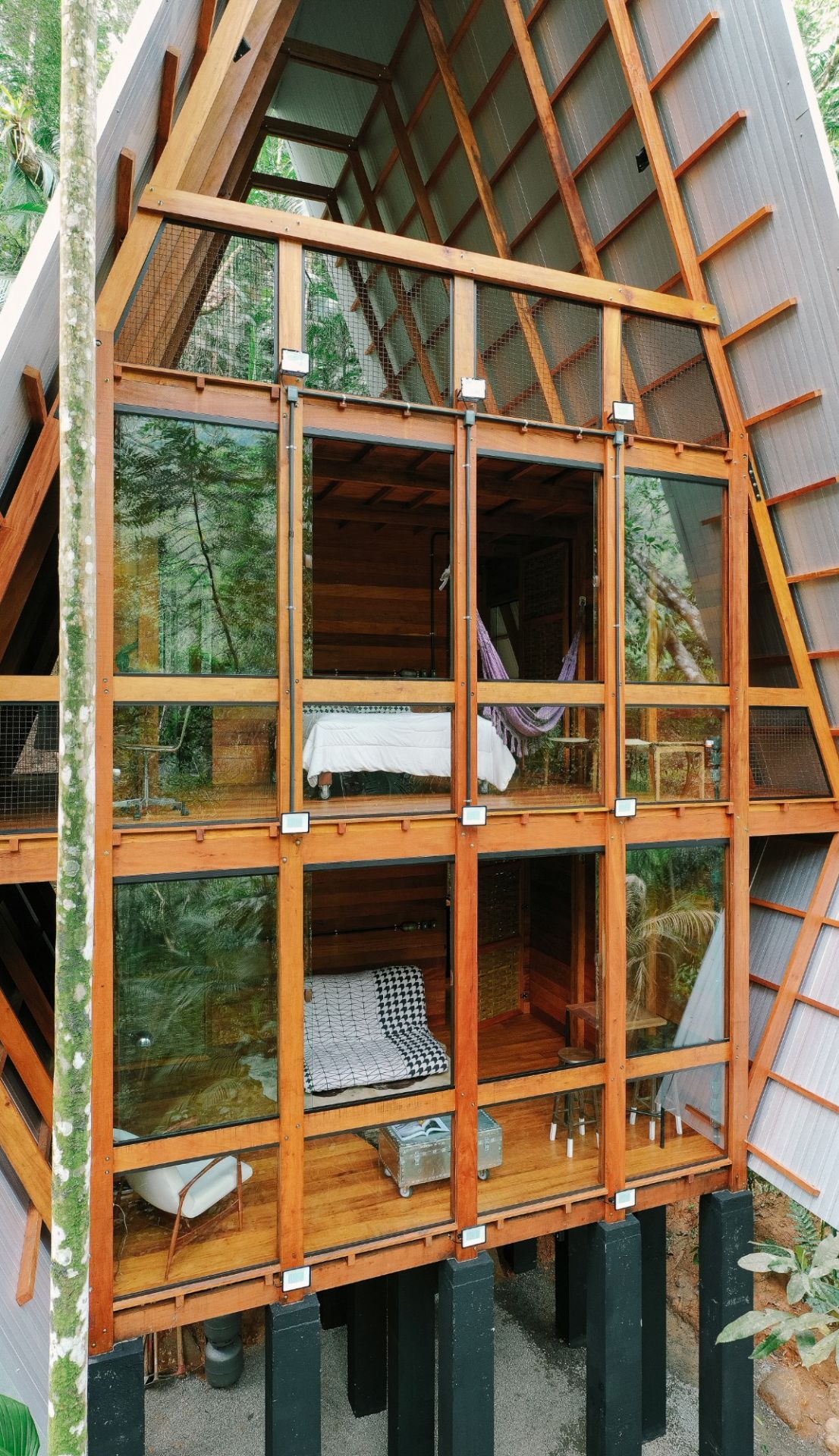
Sitting high in treetops where monkeys used to live, Marko Brajovic new Monkey House takes its inspiration from the settings which surround. It is tall and sleek like the trees themselves and uses a wealth of natural materials to help it blend into its environment.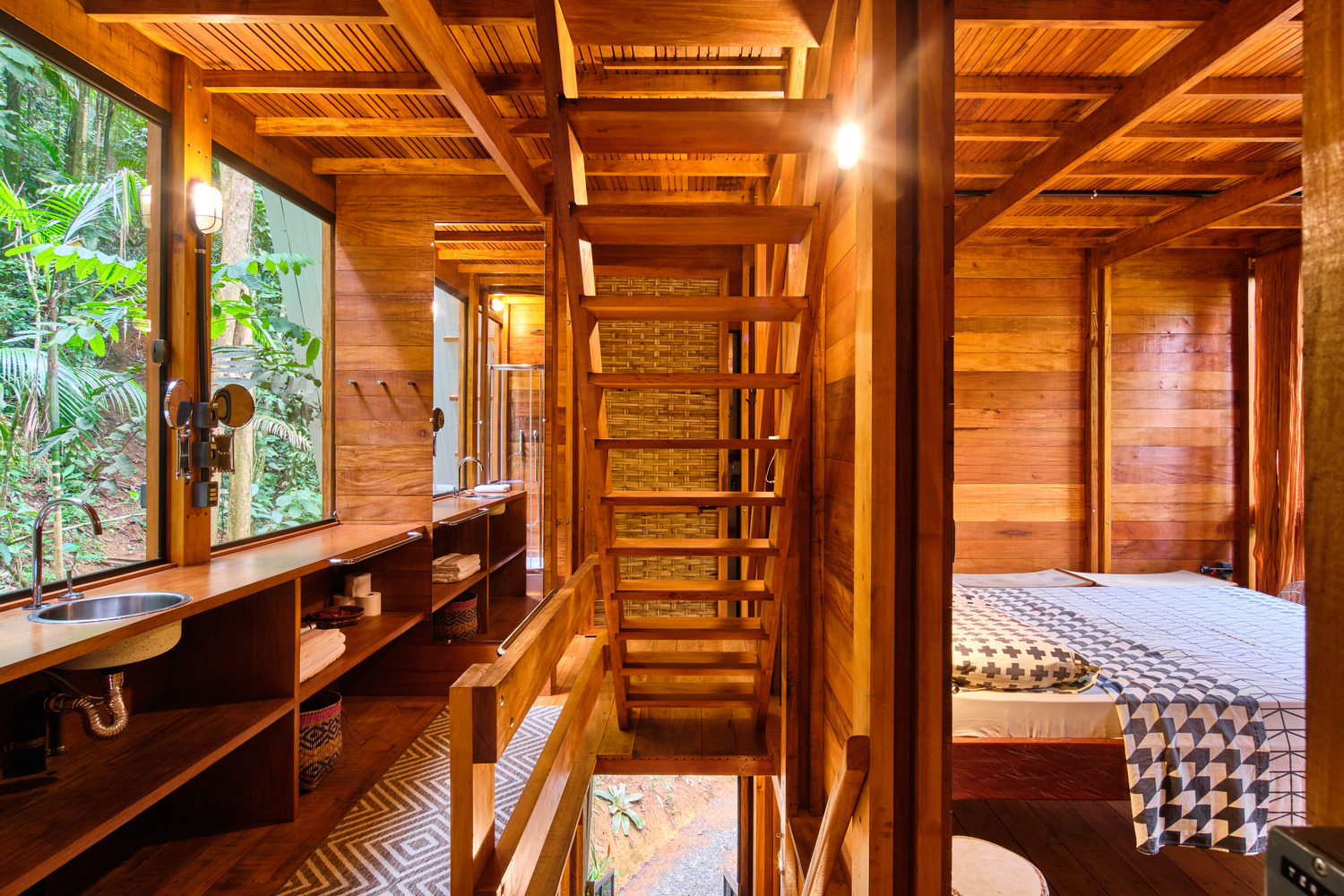
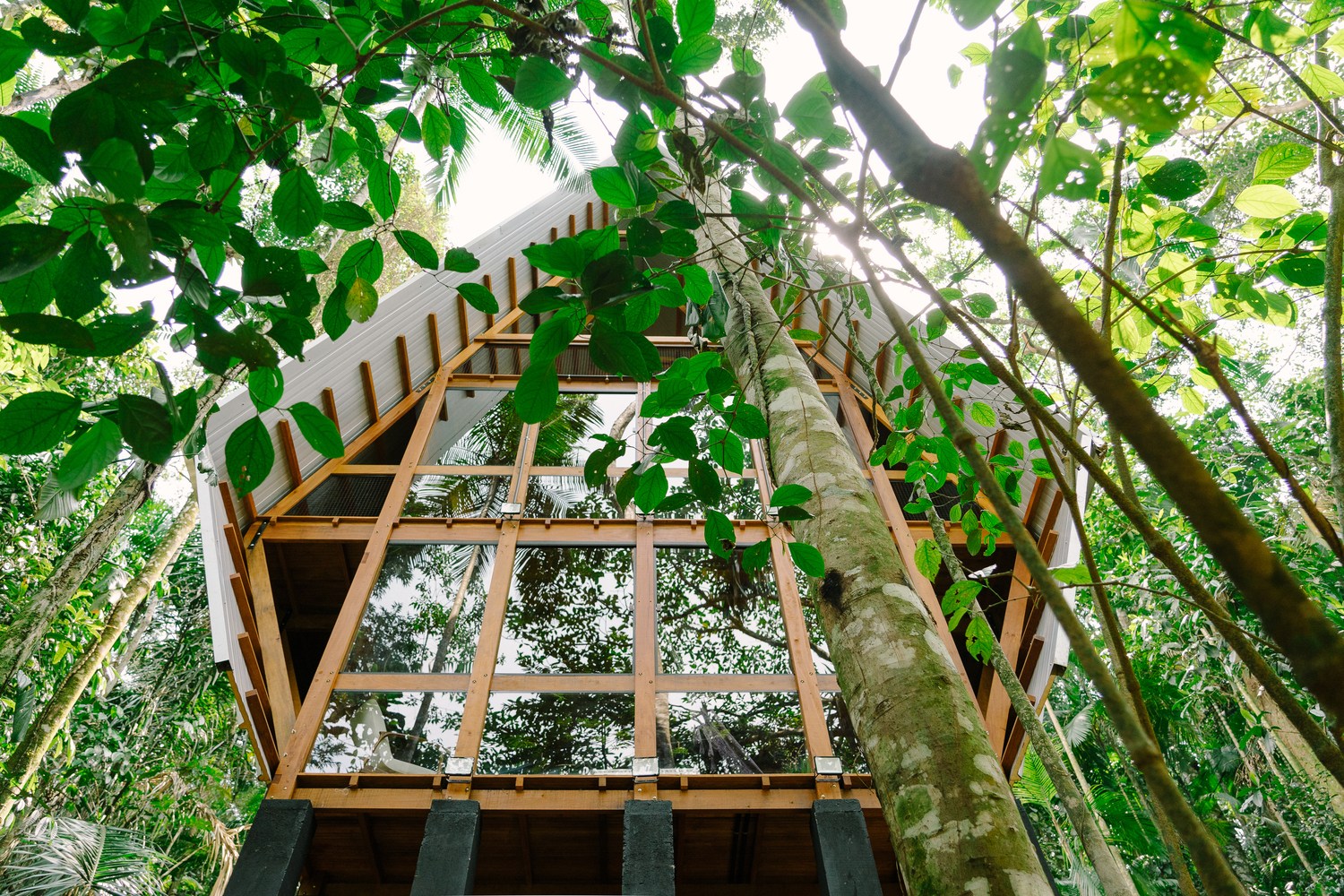
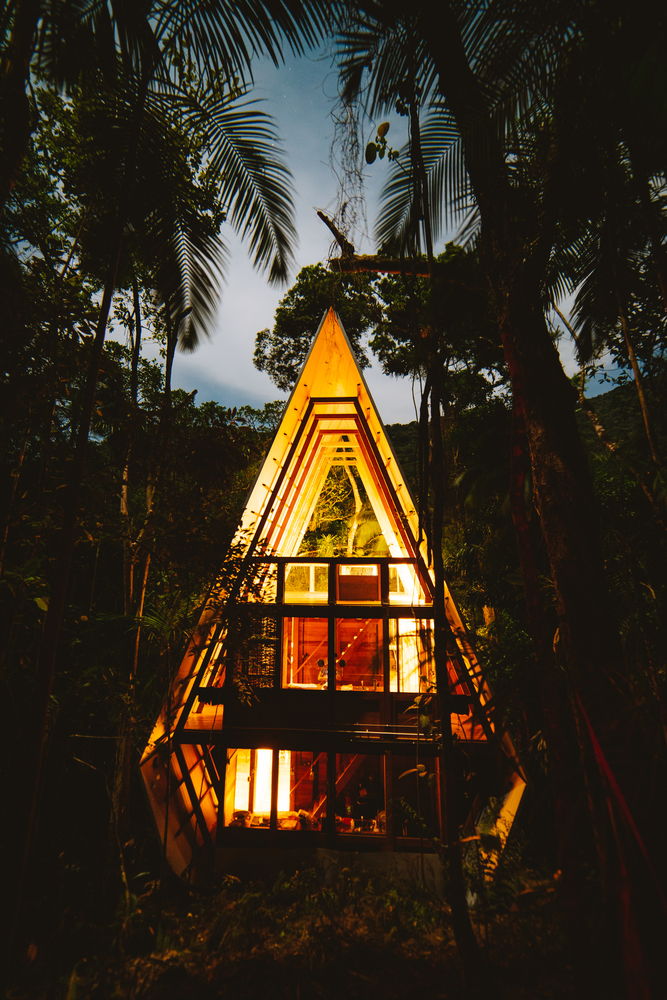
Marko Brajovic's Paraty treehouse measures only 5 x 6 metres in ground space – it does so not to impose on the forest. But it rises up alongside the trees over three floors, which give a total of 86 square metres of living space. It was designed as a summer vacation or weekend house, a retreat into immersive nature.
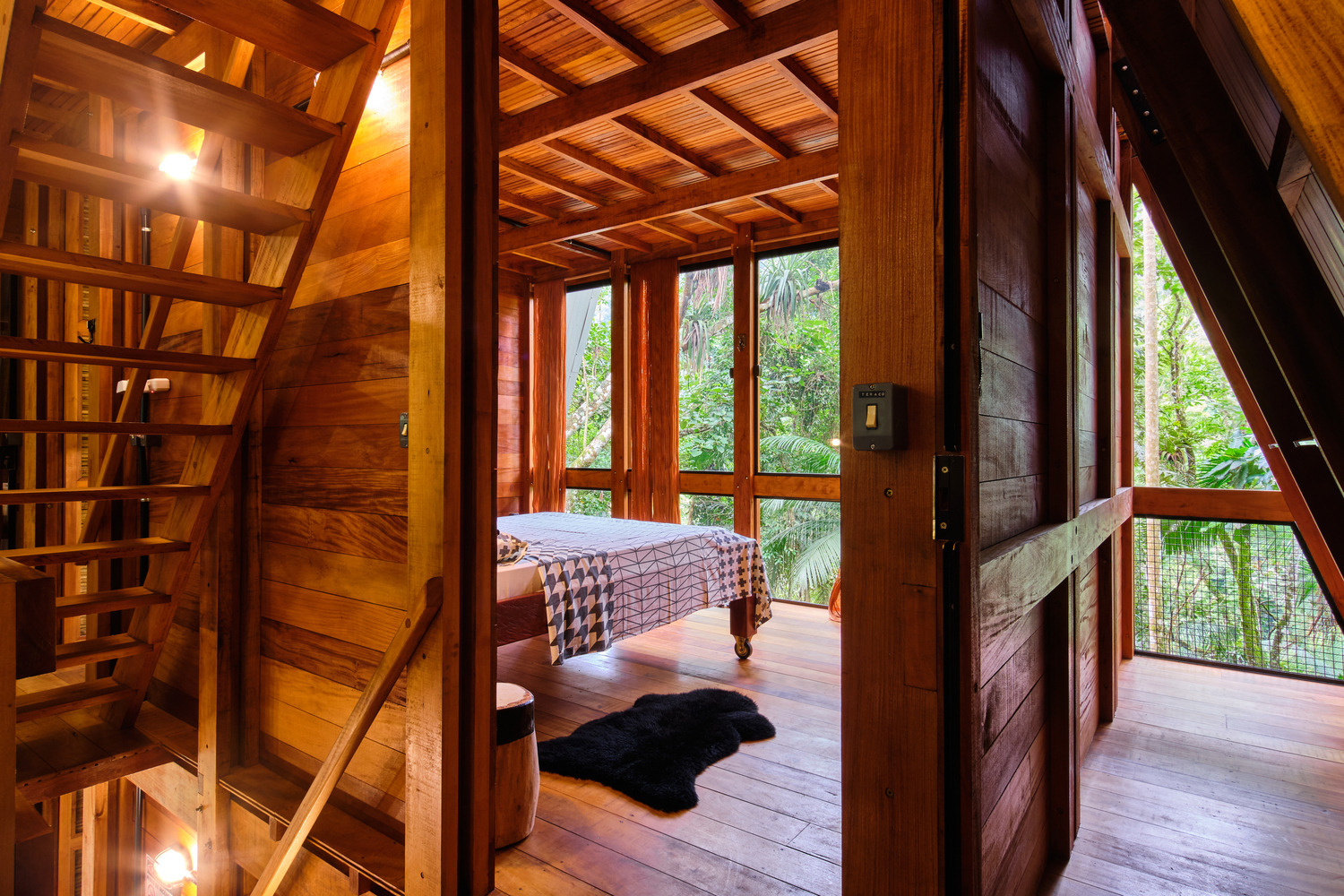
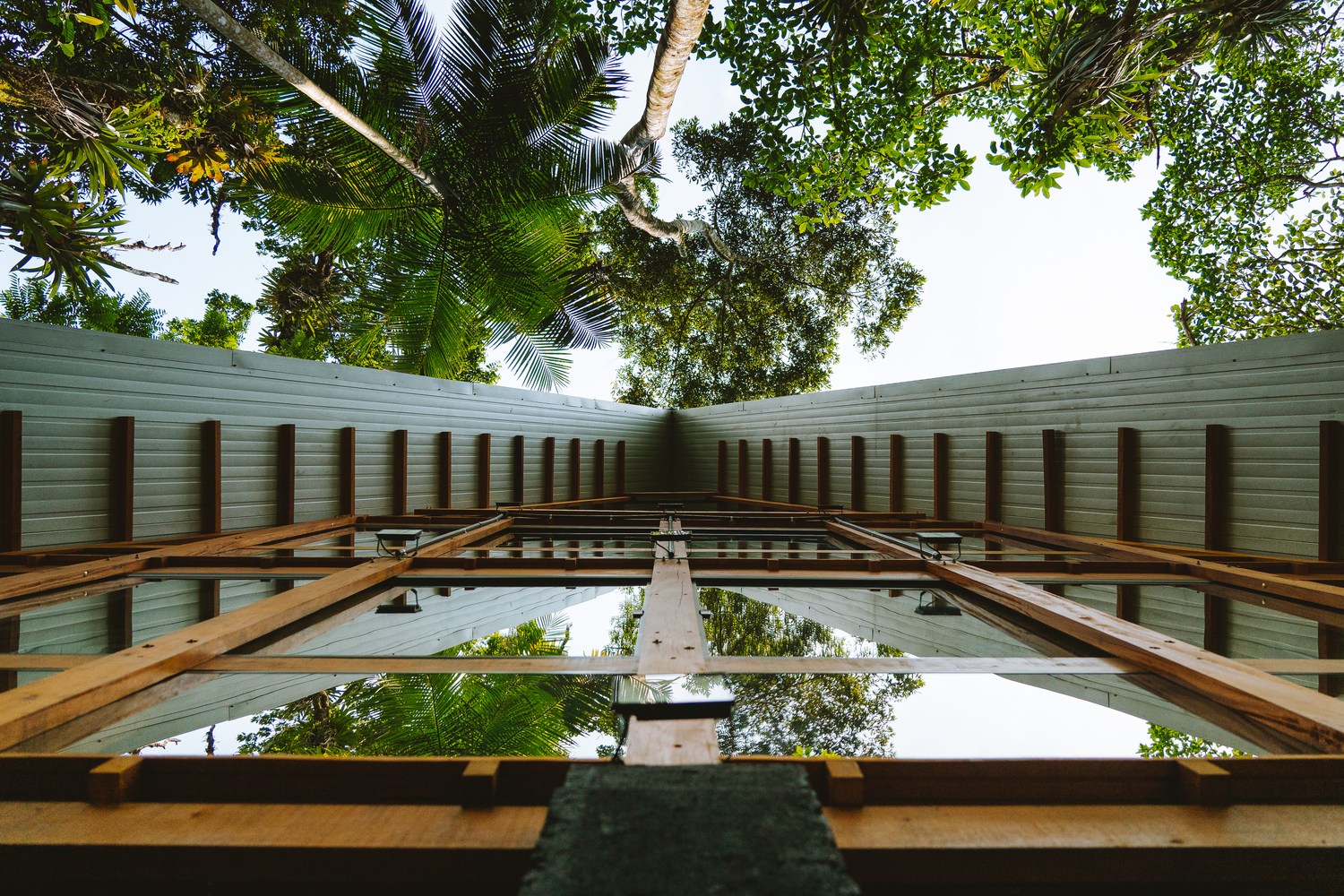
The beautiful, all-wood interior makes use of hardy bamboo and is sparsely decorated with antique 1970s Brazilian furniture. Supporting Marko Brajovic's Monkey House on the sloped forest floor are multiple structural poles made from strong, dense woods. Their load-bearing strength was inspired specifically by the ‘juçara’ (euterpe edulis) palm of the surrounding Atlantic forestland, which clings to inclines via visible anchor roots that distribute their loads over multiple vectors.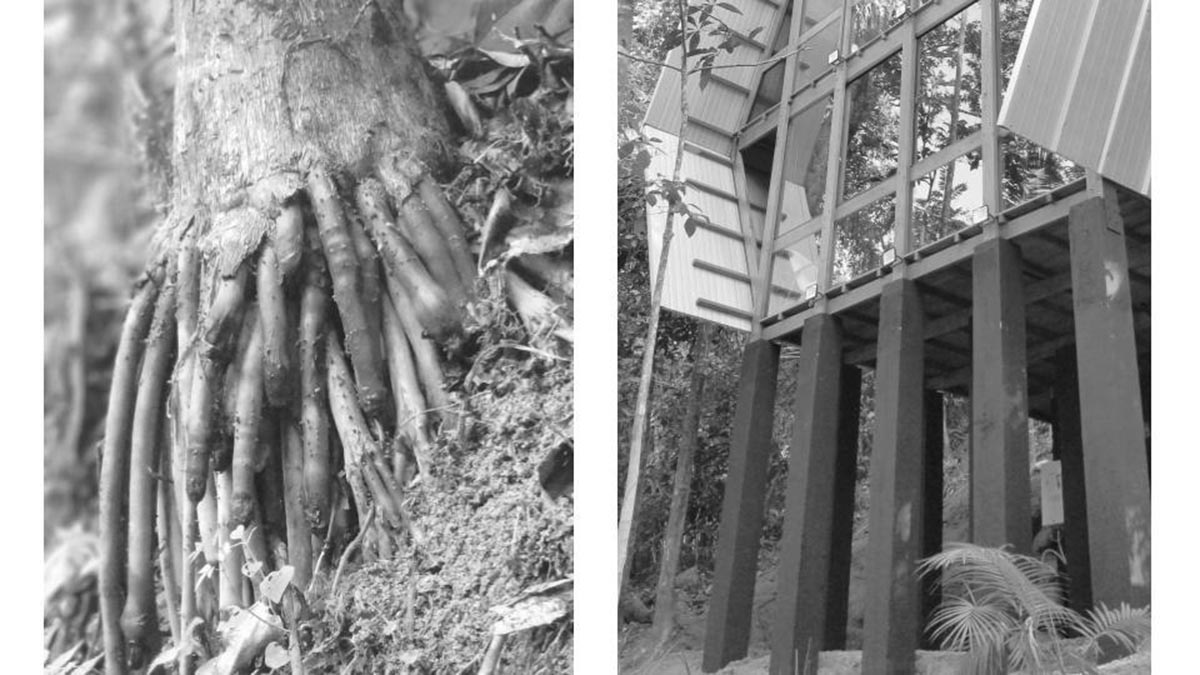
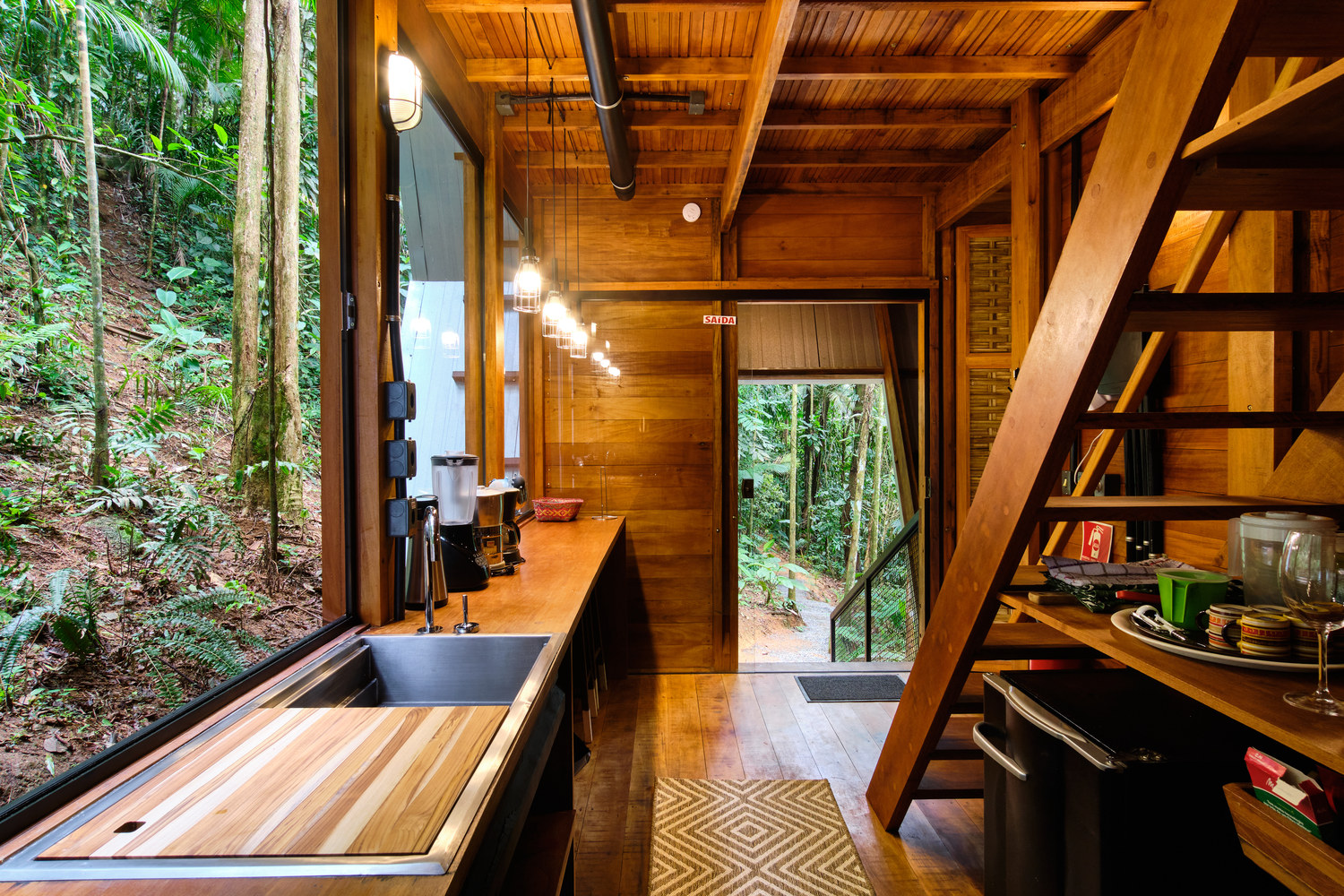

The building has two bedrooms and two open terraces, one on each side, allowing the forest to almost flood into the house. Marko Brajovic is originally from Rovinj, Istria. He was working from a design studio in Barcelona when he was first invited to visit the Atlantic forests, in order that he could build a bamboo house for a client. Like his new Monkey House, Marko Brajovic now himself lives within the trees of Brazil's Atlantic rainforest.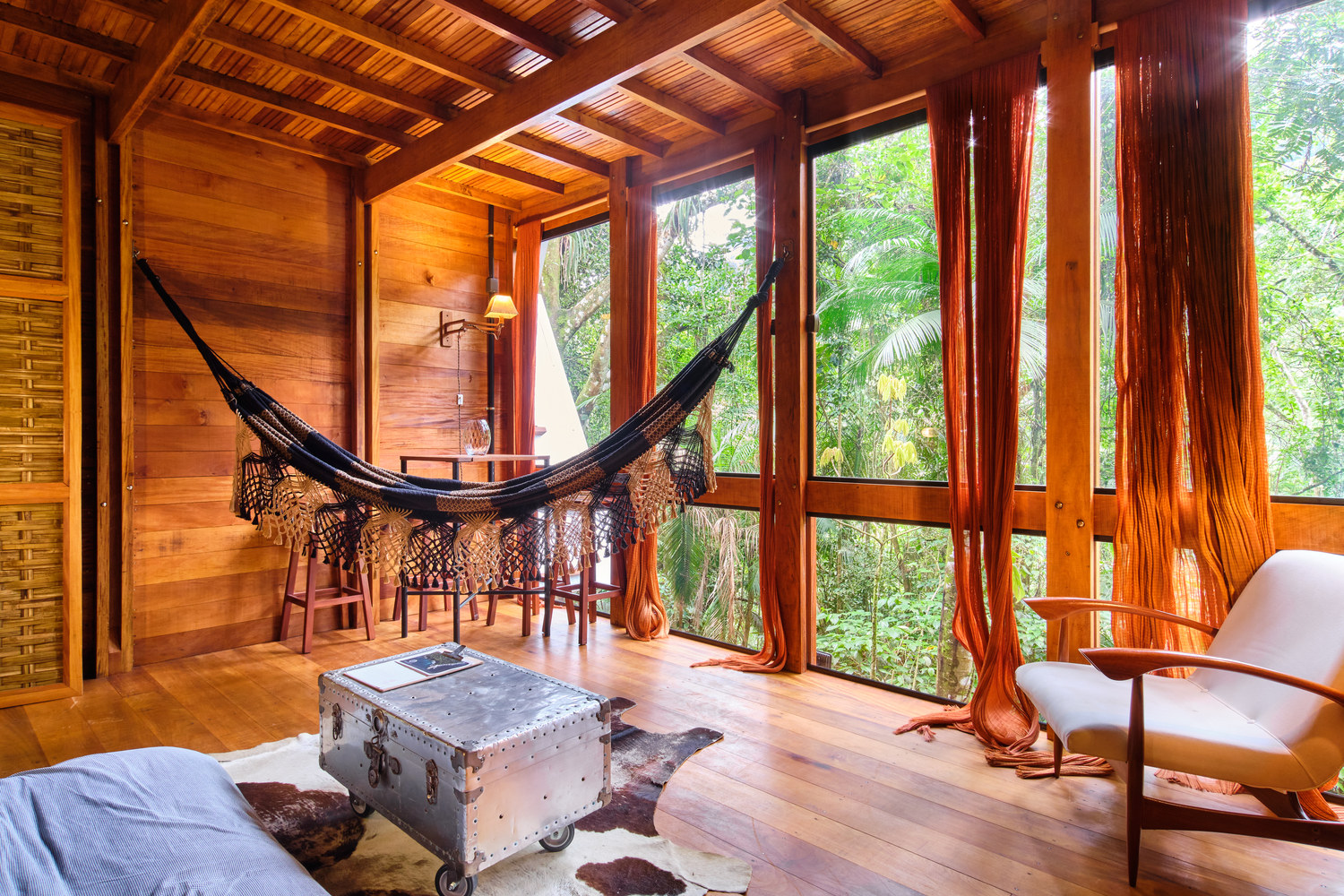
All photography © rafael medeiros and gustavo uemura
PHOTOS: Incredible Makarska Villa Kuk Immersed In Natural Rock
January 20, 2021 – One of Croatia's current most-adventurous architectural projects, the incredible Villa Kuk near Makarska, actually takes advantage of one of the area's most striking features – the natural rock of the Dinaric Alps foothills almost completely encases its hidden luxury
A villa or apartment on the Dalmatian coast is a dream for many. If not forever, then just for a little while. But, in the race to throw up new builds to satisfy demand, some older tricks can be lost. Some new buildings seem to seep heat in through the very walls, demanding the use of the air conditioner to keep you cool. In older buildings, that's rarely a problem. Built with thicker walls, from older stone, the time-honoured dwellings of Dalmatia are often cool enough without the klima.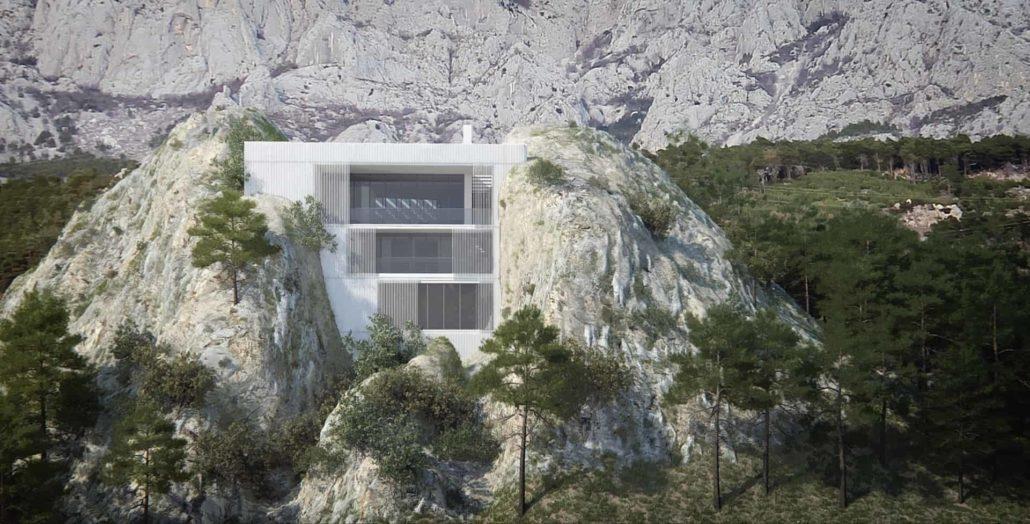

Perhaps this was a point taken into consideration by architect Branka Juras, whose latest project, Villa Kuk near Makarska, has walls broad enough to shelter from even the strongest sun. Her plans for Villa Kuk see the luxurious villa encased in the karst rock of the Dinaric Alps foothills. Sandwiched between two giant slices of rock, Villa Kuk's inner luxury will be all but hidden from view.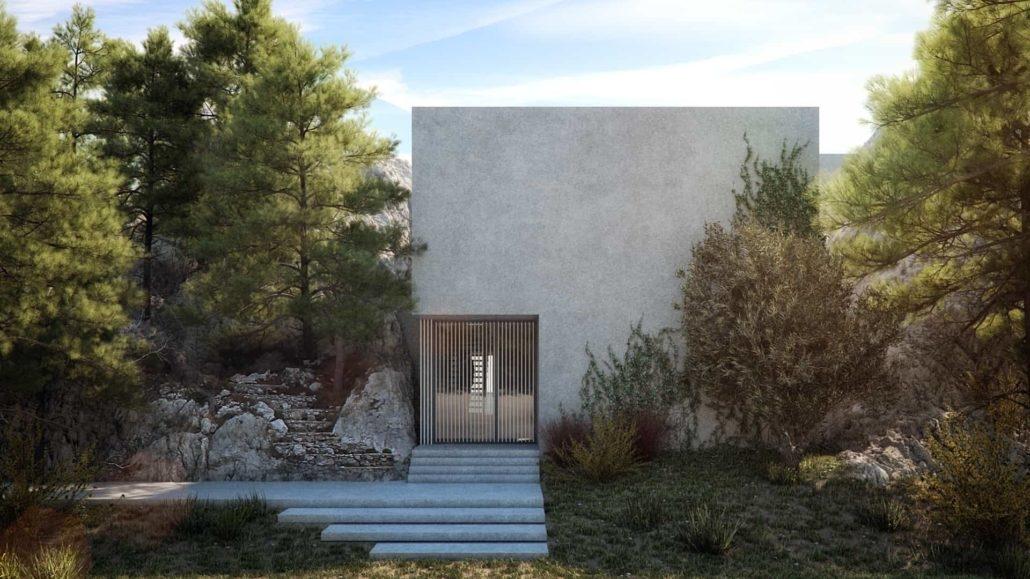

As detailed by journalist Anita Budimir in Jutarnji List's feature on the Villa Kuk project, Branka Juras of the Faculty of Architecture and a former employee of regarded Croatian architectural studio Randić & Turato architects. Her latest project, Villa Kuk, is being undertaken by Juras and the team she has assembled within her own practice.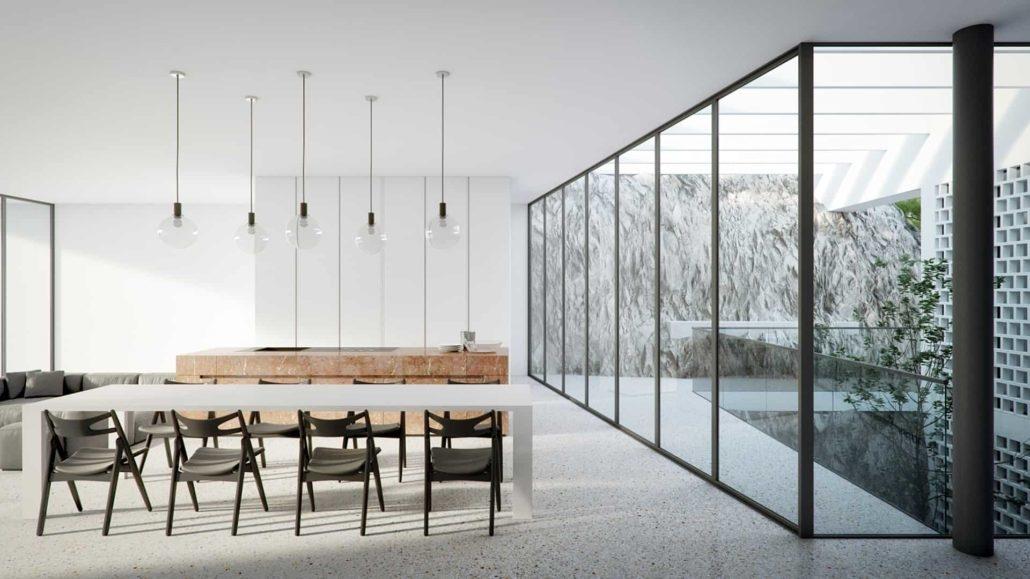
Villa Kuk will be situated at 110 metres above sea level in the Velko Brdo area of Makarska, in the foothills of the Dinaric Alps immediately to the north of the city centre. Its west and east walls will be comprised of the huge, natural boulders between which the villa will sit. The villa will only be visible from the north and south, which will hold its constructed facades.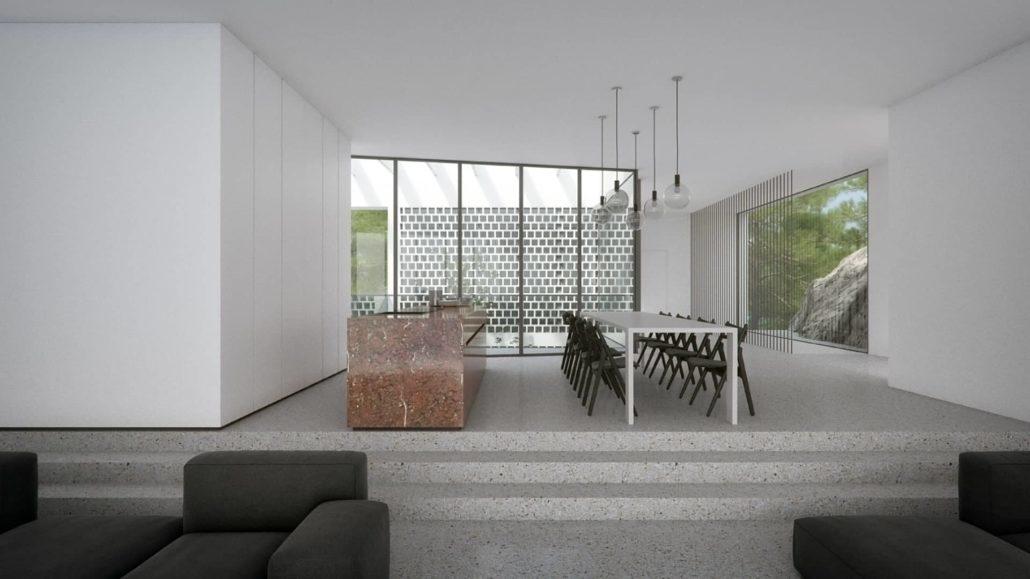

The south façade will use large glass walls, gifting a widescreen view of the open sea. A minimalist but luxurious contemporary design is planned for the interior. The project is actually a radical overhaul of a building that previously stood in the plot – a restaurant.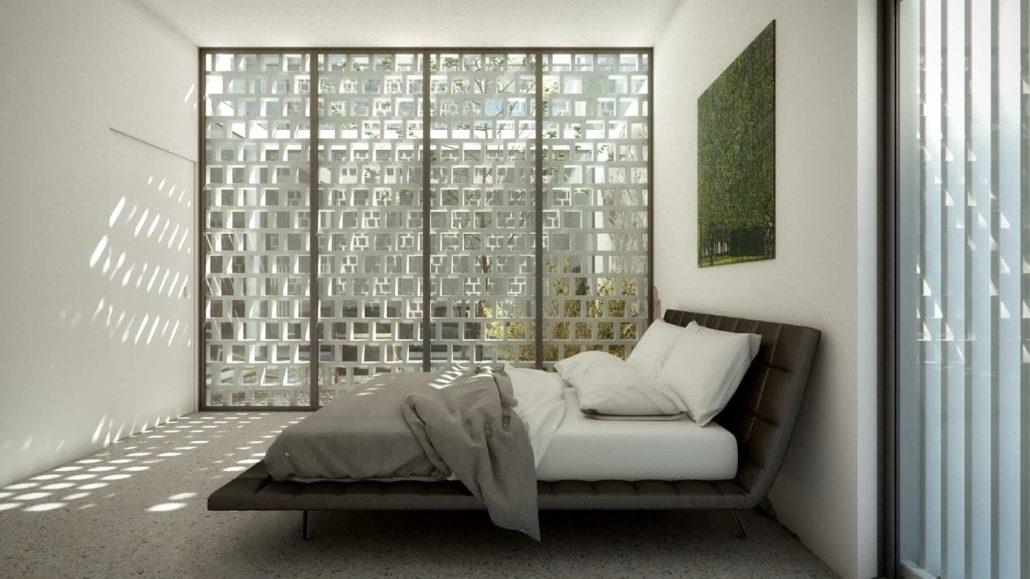
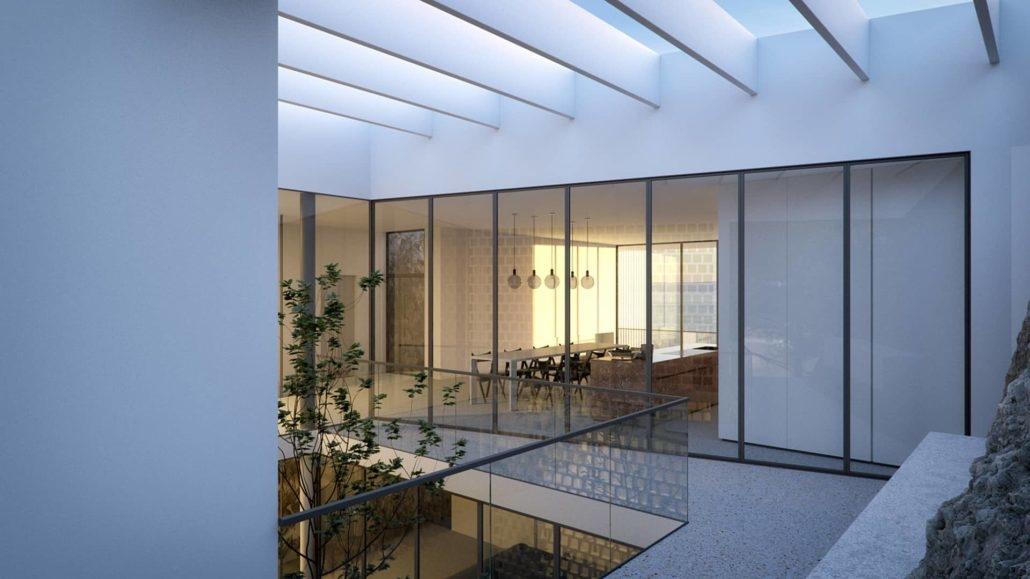
The villa will consist of a basement, ground floor and a roof area, which was used as a terrace by the restaurant. An atrium has been added to the dwelling's redesign, affording additional light and the basement space extended to accommodate extra living space. Though radical in design and ambition, the height of the building does not extend beyond the height of the rocks between which it is sandwiched, ensuring Villa Kuk will have minimal impact on the area's natural and existing aesthetics.
All 3d visualisation images of the completed Villa Kuk project by Marijan Katić
PHOTOS: Incredible Transformation of City Centre Osijek Art Nouveau Villa
January 16, 2021 – An incredible Osijek Art Nouveau villa, situated in the heart of the city centre, it took local entrepreneur Branko Ostović almost 10 years to buy the famous, decaying Villa Batory. In just 18 short months he has returned the building to its former glory
Every town has a grand old ruin. It's the place residents drive past and dream of owning. “If I had a million Euros, I'd buy that place, bring it back to its best and live like a king”
Croatia has more of these kinds of buildings than most. For hundreds of years these lands were presided over by elite European families and royalty who used their considerable wealth to build castles, stately homes, hunting lodges and villas. After the Second World War, such buildings were seized by the state and, for numerous reasons, many fell into disrepair. One such building was Villa Batory, a city centre Osijek Art Nouveau villa.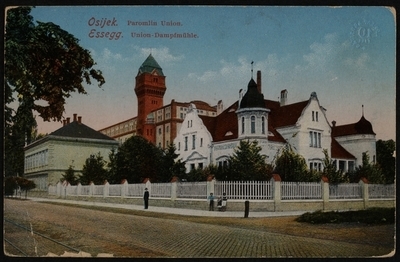 How Villa Batory originally looked, not long after its completion in 1906
How Villa Batory originally looked, not long after its completion in 1906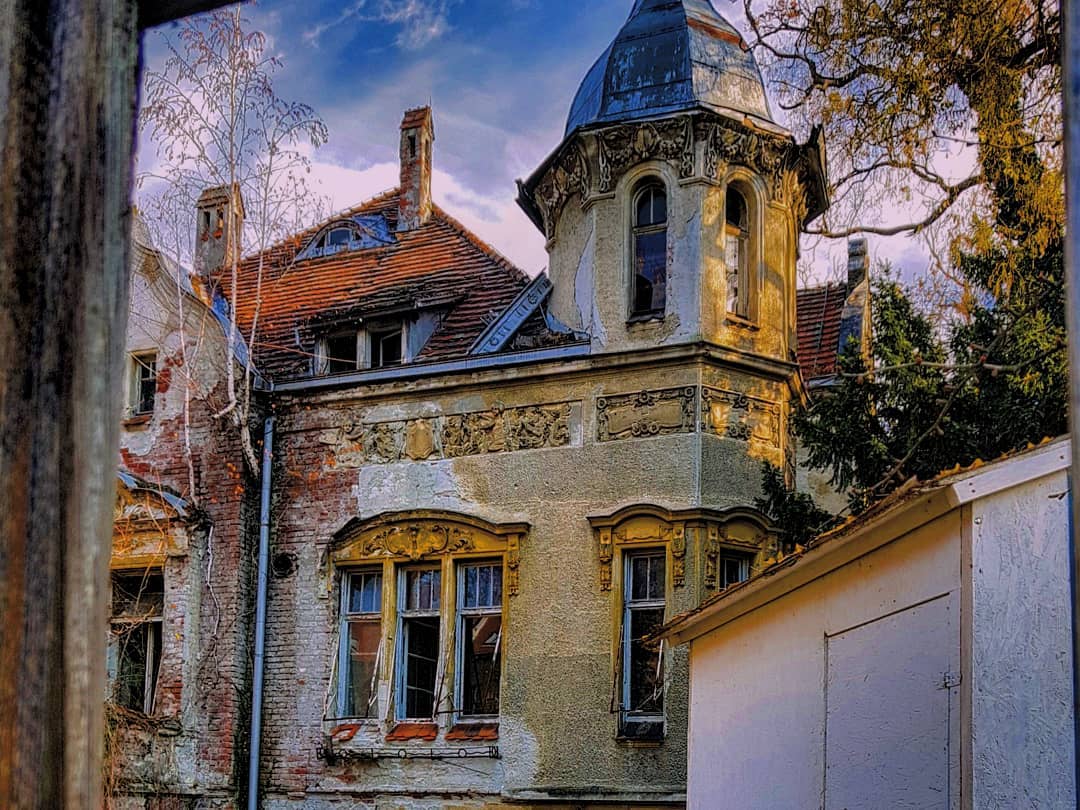 The state of disrepair the villa fell into over the last 20 years - it still looked impressive, if unloved © Dvorci, utvrde i stari gradovi Facebook / Aleksandra Petrović
The state of disrepair the villa fell into over the last 20 years - it still looked impressive, if unloved © Dvorci, utvrde i stari gradovi Facebook / Aleksandra Petrović
For over 20 years, this incredible Osijek Art Nouveau villa has lain empty. Prominently positioned on the corner of Radićeva and Reisnerova streets, right in the heart of Osijek, the building has drawn admiring stares ever since it was built in 1906. Even while empty and left slowly decaying, its impressive towers, intricate stone and plasterwork and considered architectural details ensured this Osijek Art Nouveau villa was never far from the daydreams of anyone who walked by.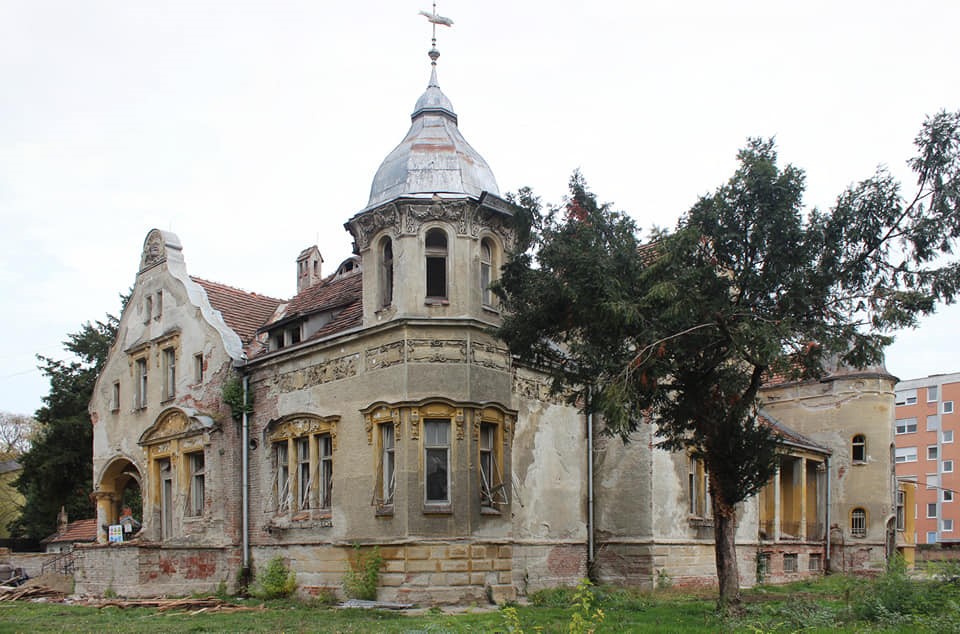 An incredible architectural gem, wasting away, until now... © Croatian Heritage Facebook
An incredible architectural gem, wasting away, until now... © Croatian Heritage Facebook
One such daydreamer was Branko Ostović. Only, being one of Osijek's successful entrepreneurs, Branko has perhaps more get-up-and-go than many idle dreamers. For him, daydreams were simply not enough. For almost 10 years he tried to negotiate the purchase of the receding Osijek Art Nouveau villa. Progress was difficult, given the listed nature of the property, past disputes over ownership and the building lying within the ownership of the local hospital, who had no funds to renovate and required state permission to sell.
Finally, in 2019, Branko Ostović successfully assumed ownership of the Osijek Art Nouveau villa. In just 18 short months – and a considerable financial investment – he has not only halted the building's decline but has restored its outer facade so that Osijek residents can once again take pride, rather than pity, in this city centre architectural gem. He has renamed the villa 'Mimi', after his wife, a popular local teacher.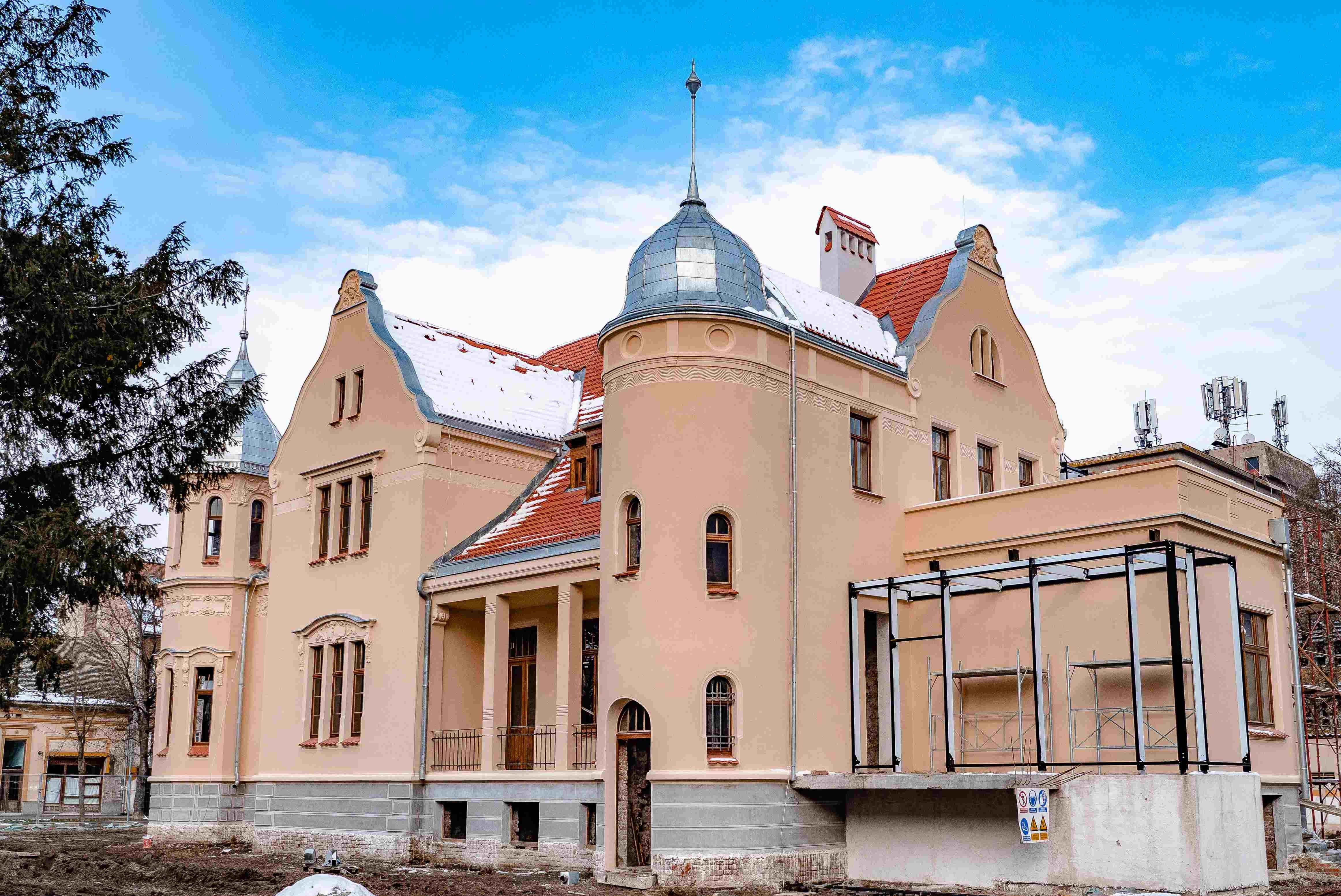
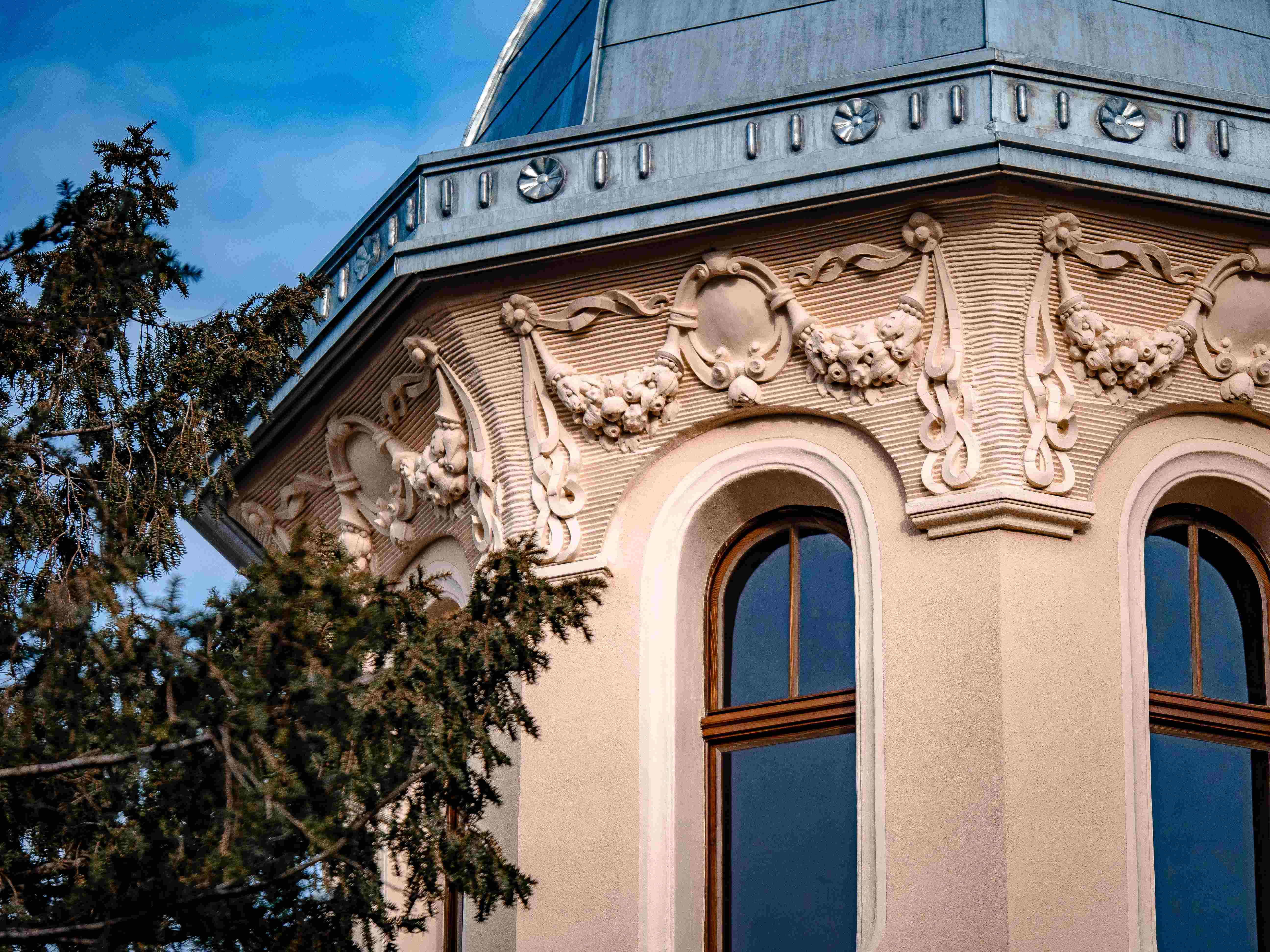
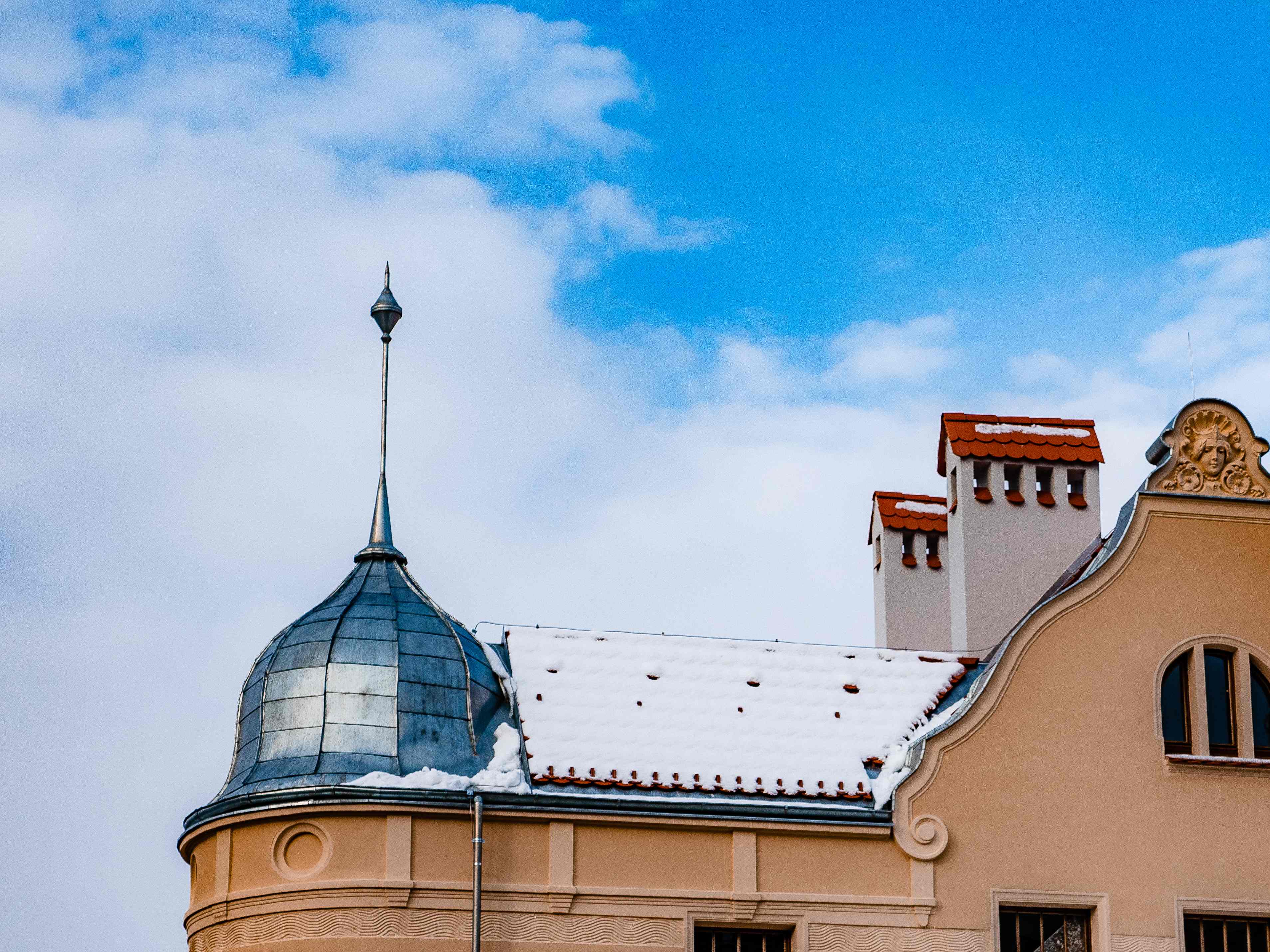
The villa exists within grounds that cover an enormous 3000 square metres. This is a considerable tract of land, given it is right in the heart of the city. It was built in 1906 as the villa of the manager of Paromlin Union (one of the largest mill plants in the area) by noted Osijek builder Otto Struppi. It is just one of a series of art nouveau gems that lie in this westerly section of the city.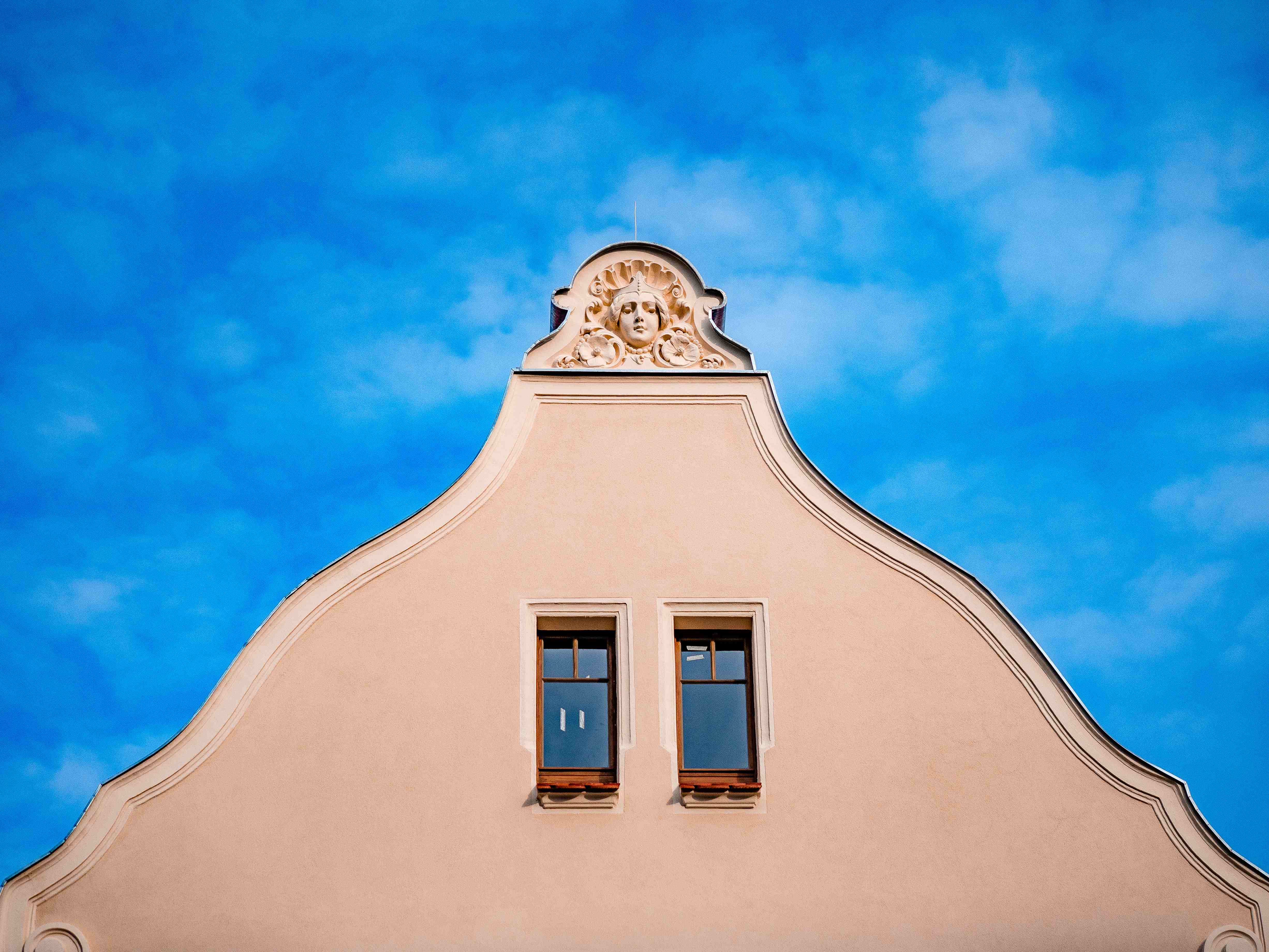
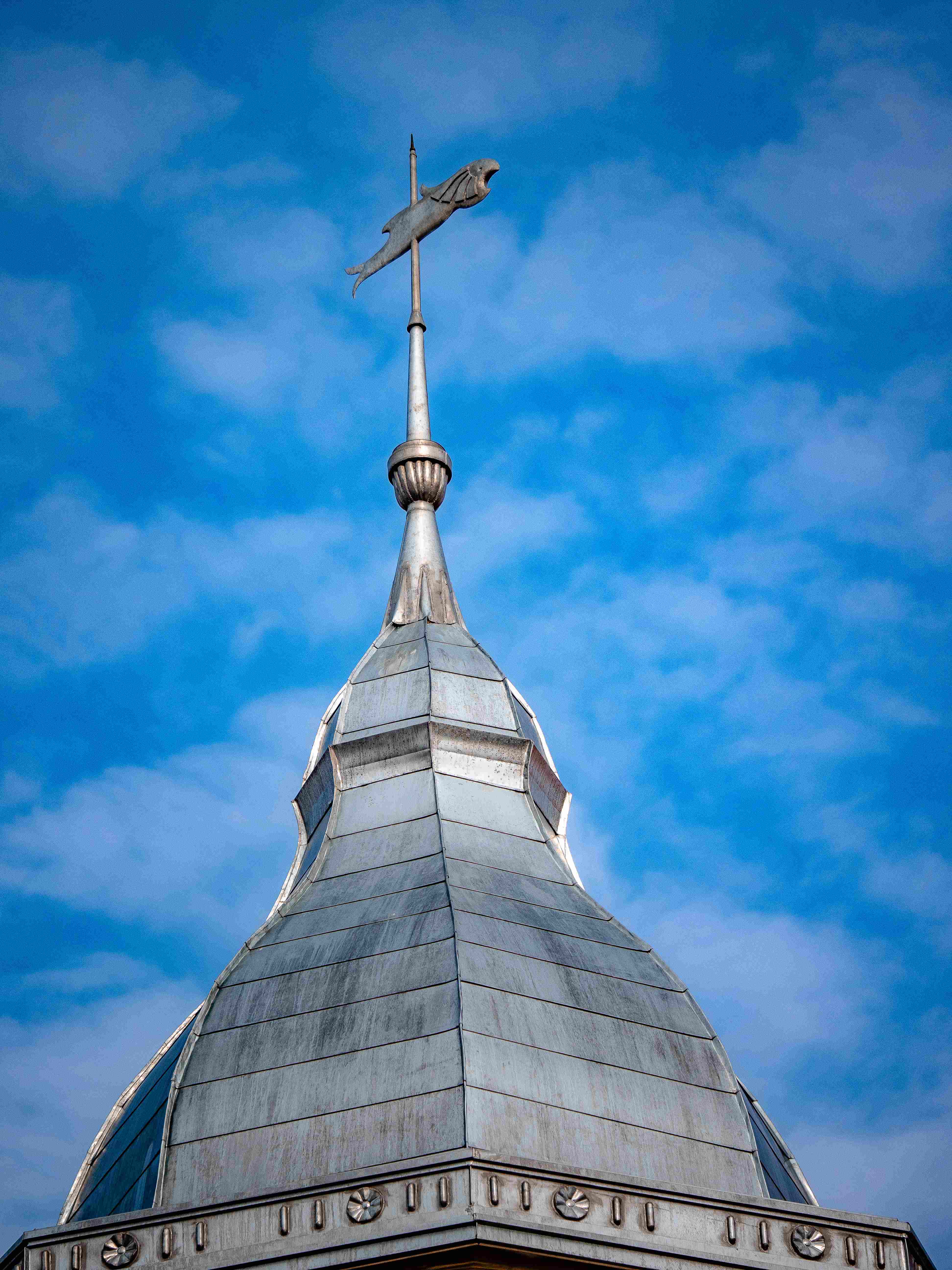
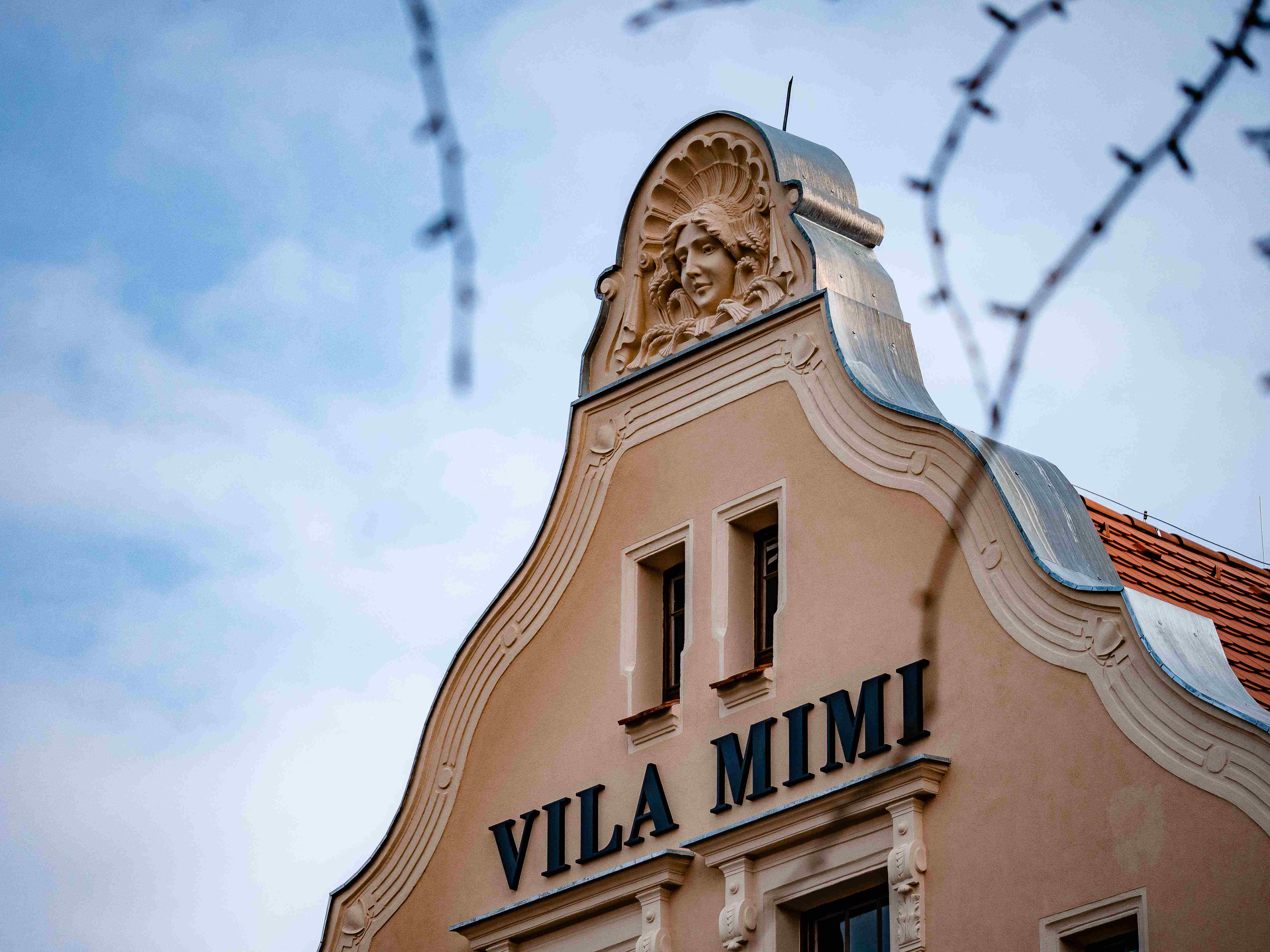
Throughout his attempts at purchasing the building, Branko Ostović had no real commercial plans of what he could do with the building. Recognised for its architectural worth, there are restrictions imposed by the state on how any renovation may treat the property. The interior cannot be altered in a way that would the property better suited to contemporary living accommodation. Ostović's main motivation for buying it was simply to stop the rot and return it to its former glory.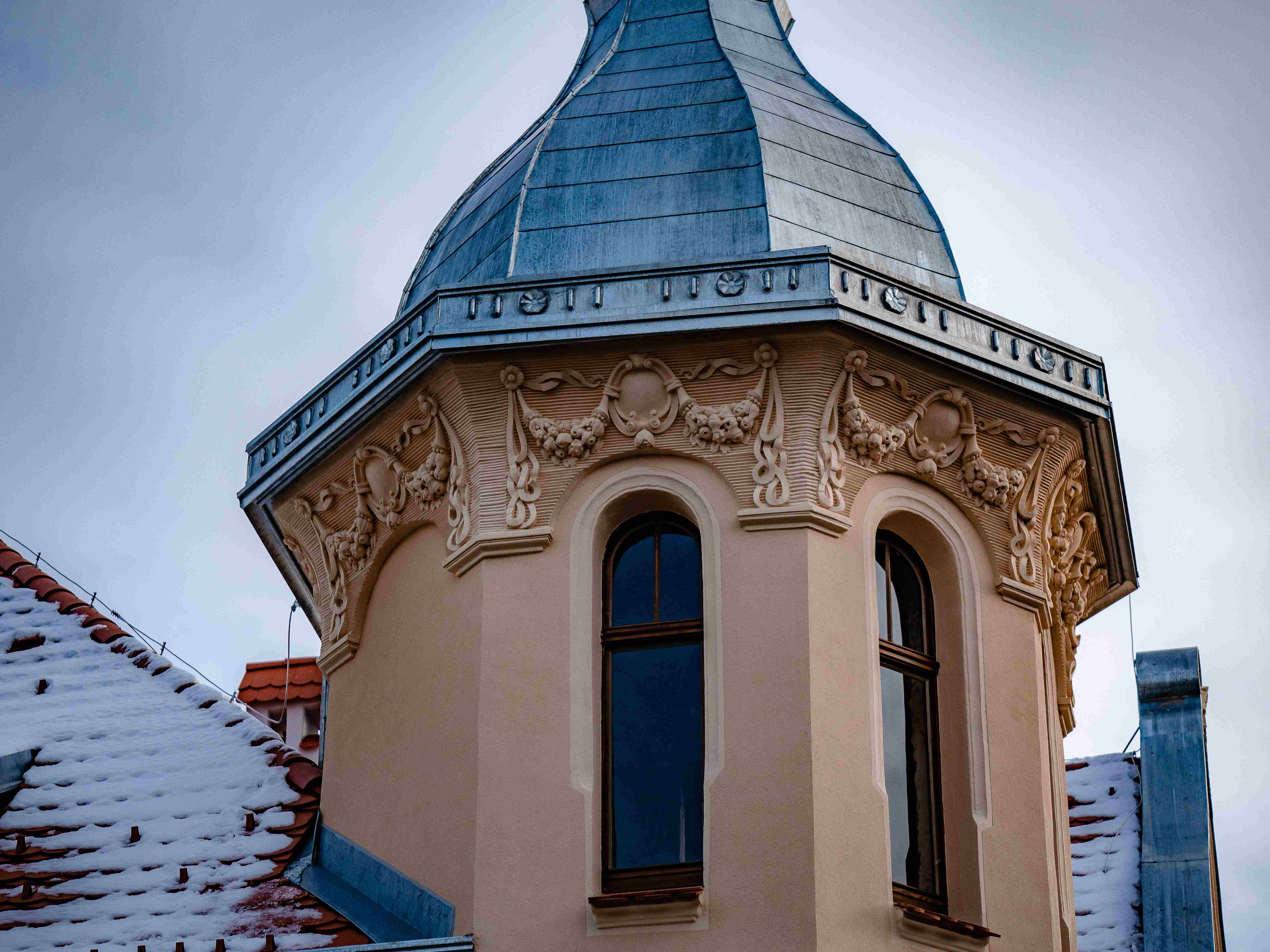
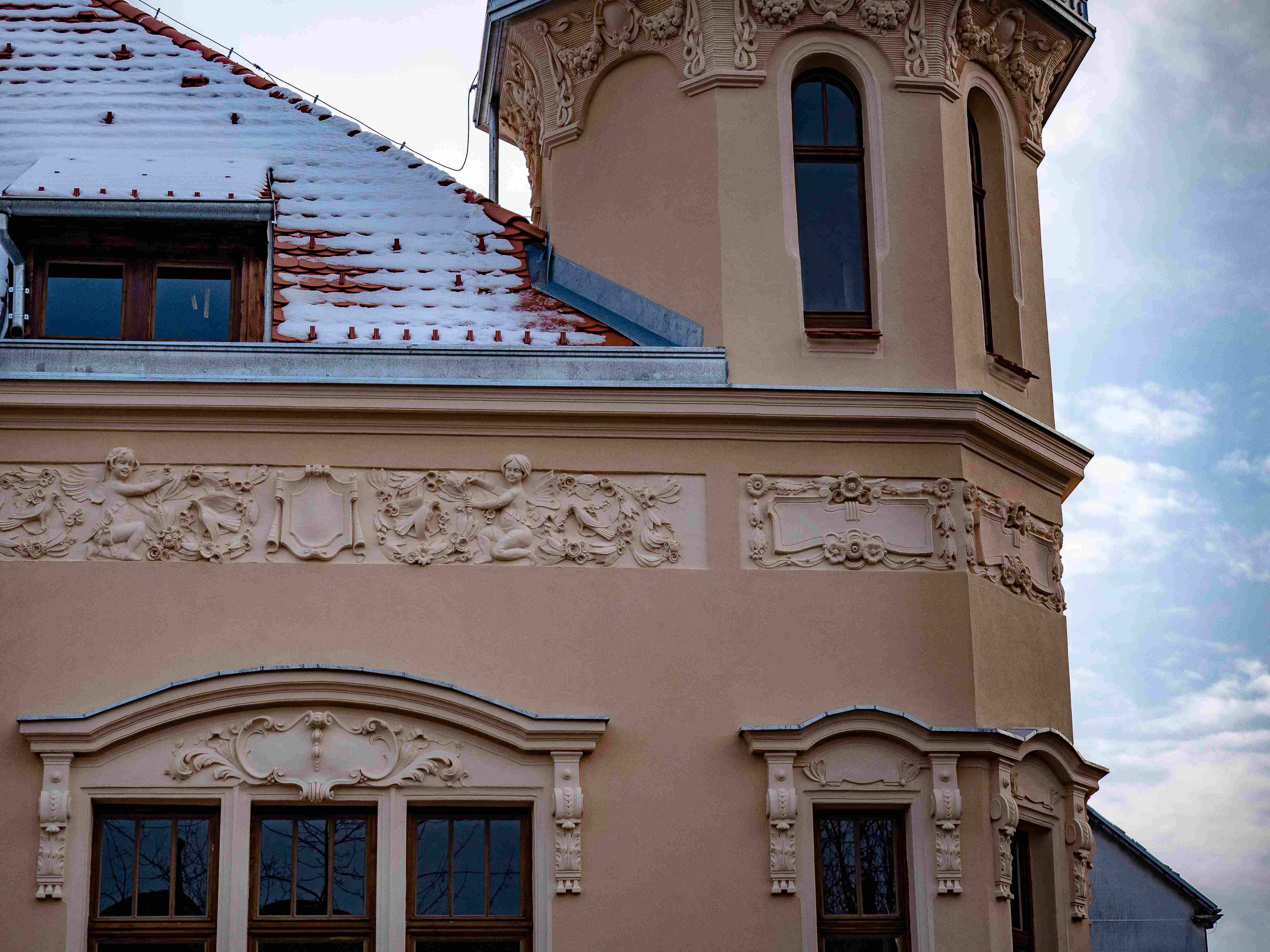
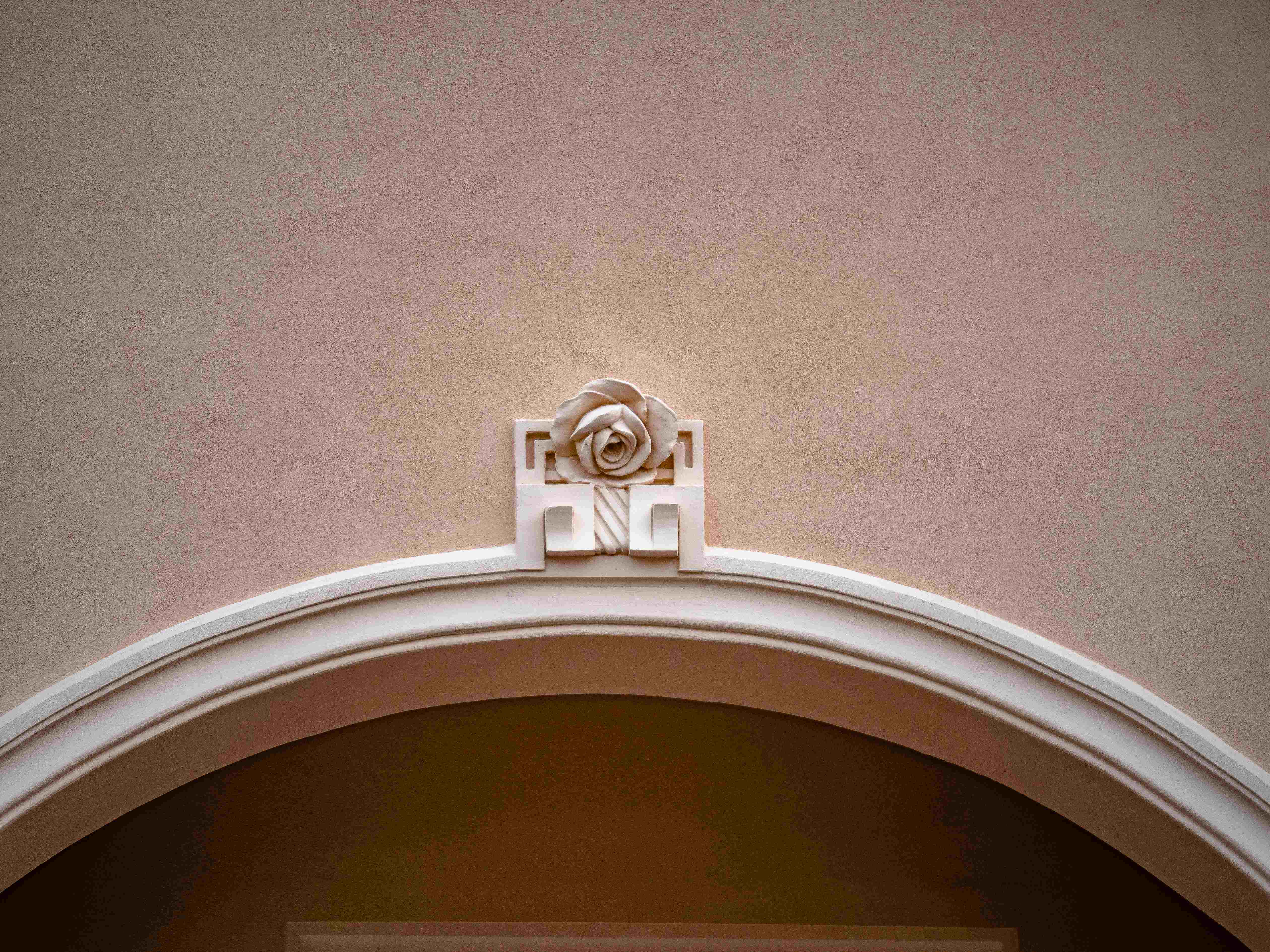
He has so far invested some 40 million kuna in the restoration and 5 million kuna in the initial purchase. 95% of work on the exterior is complete, although further investment is needed for the interior. Focussed on completing the long-held project, Ostović still has no clear plans for the building and no potential tenants. He imagines the Osijek Art Nouveau villa might make a good home for a polyclinic or a hotel.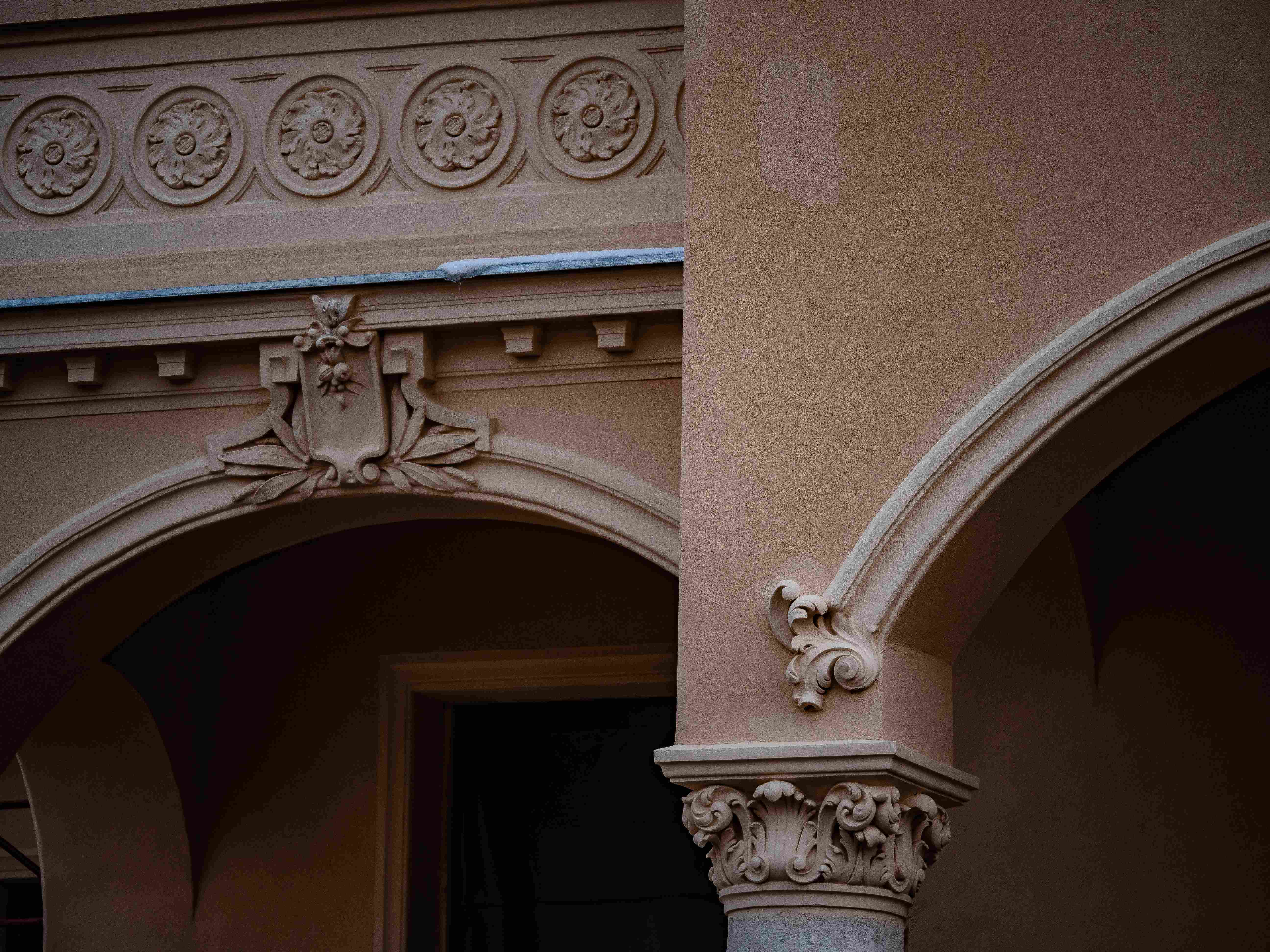
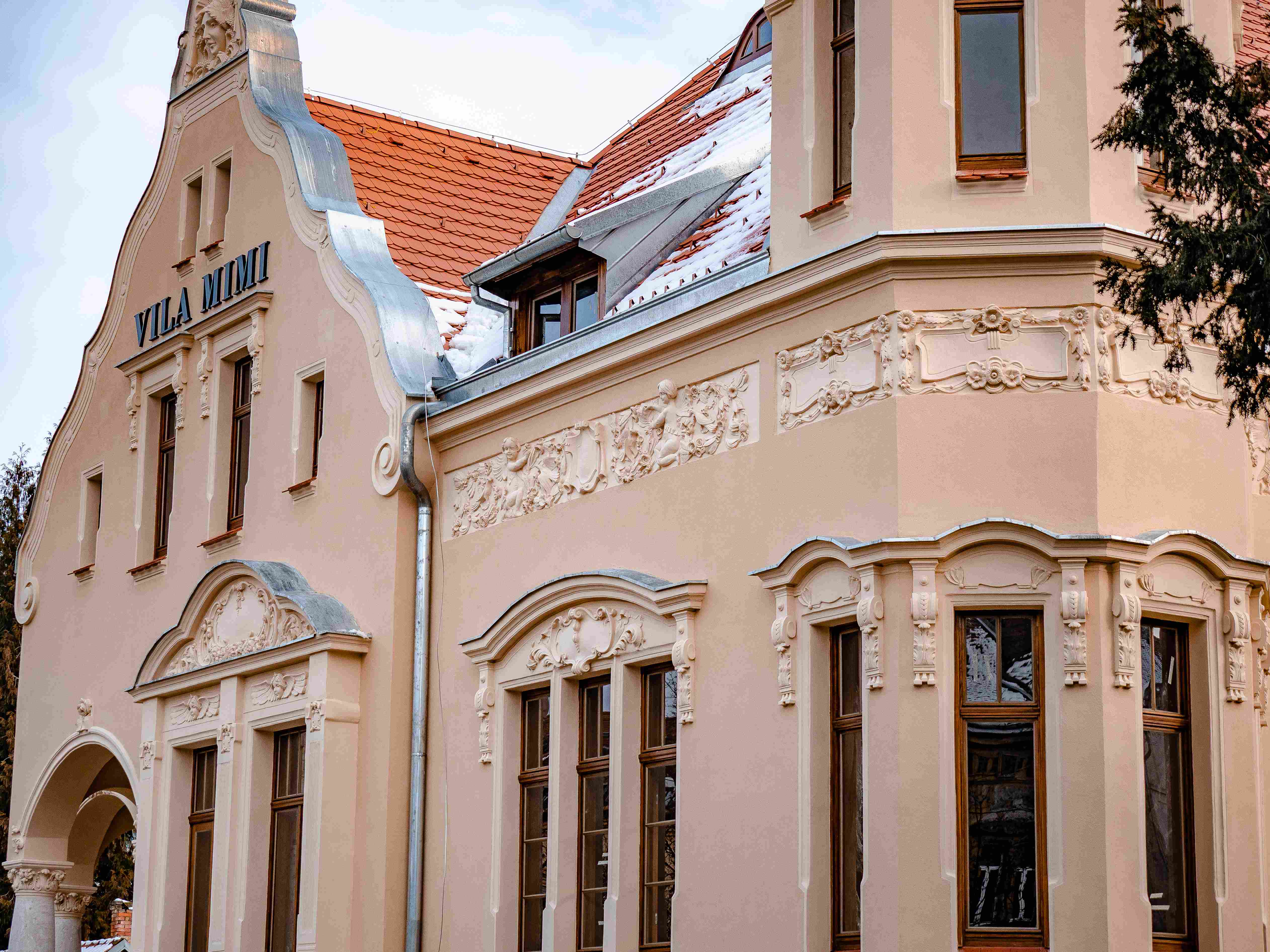

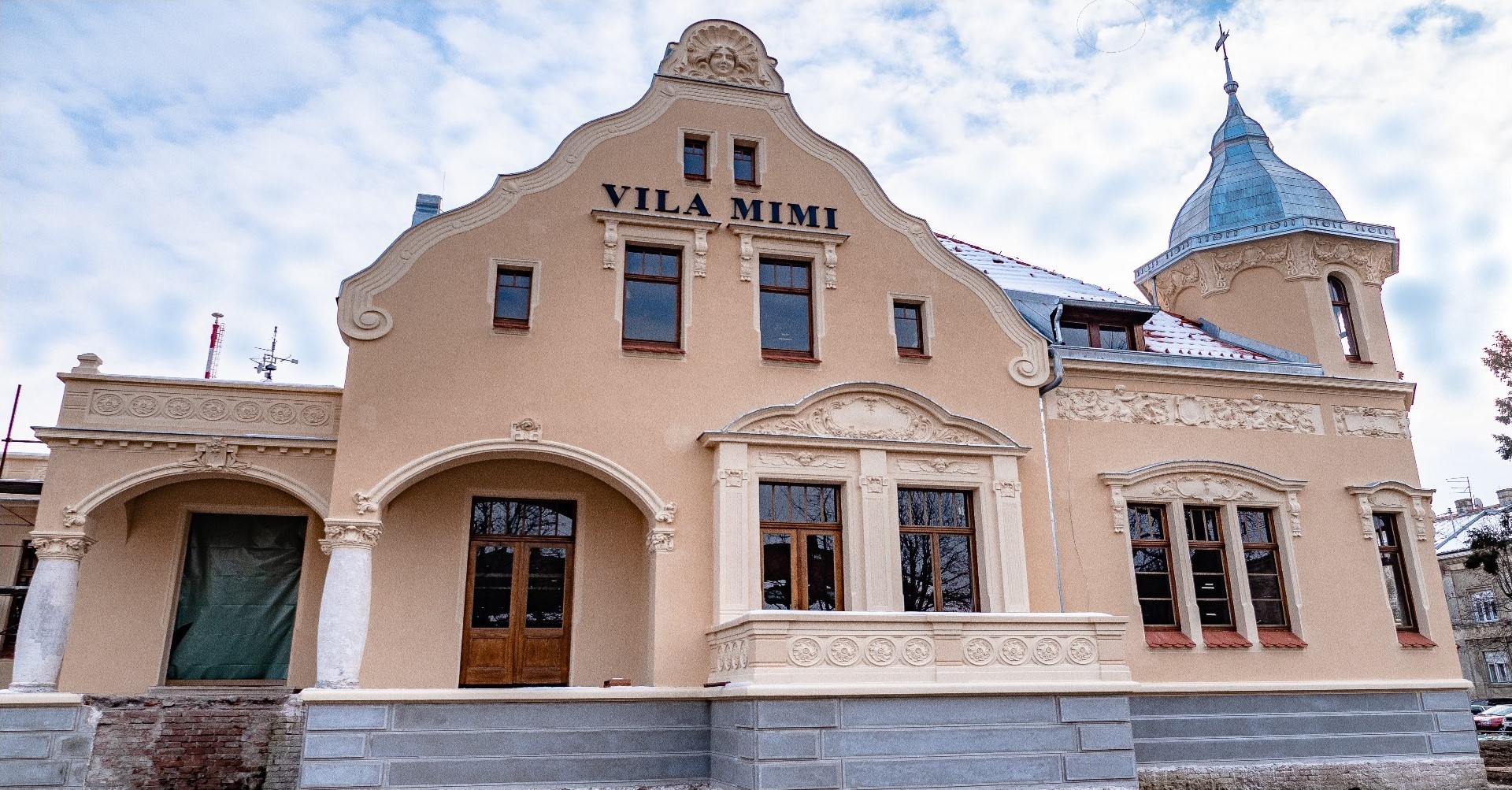
All contemporary images of the renovated Villa Mimi © Damir Janković
Zagreb Lauba's Revolutionary Redesign by World-Famous Japanese Architect
ZAGREB December 13, 2020 – .One of Croatia's best-loved gallery and event spaces will undergo a revolutionary new facelift at the hands of a world-famous architect. Zagreb Lauba's new look comes at the hands of internationally acclaimed Sou Fujimoto. A serial award winner, the architect's prominent works are found all over the world.
Newly-released images of how Zagreb's Lauba will look show an incredibly imaginative redesign. Echoing the avenue of trees that runs by the side of the gallery and event space, Sou Fujimoto has planned an oval-shaped garden roof space for the building in which trees will also be planted. The inspiration for the design came from Zagreb Lauba's name – it is a colloquial word used to describe a certain circular area of trees, the architect being informed of this by gallery owner Tomislav Klitschko.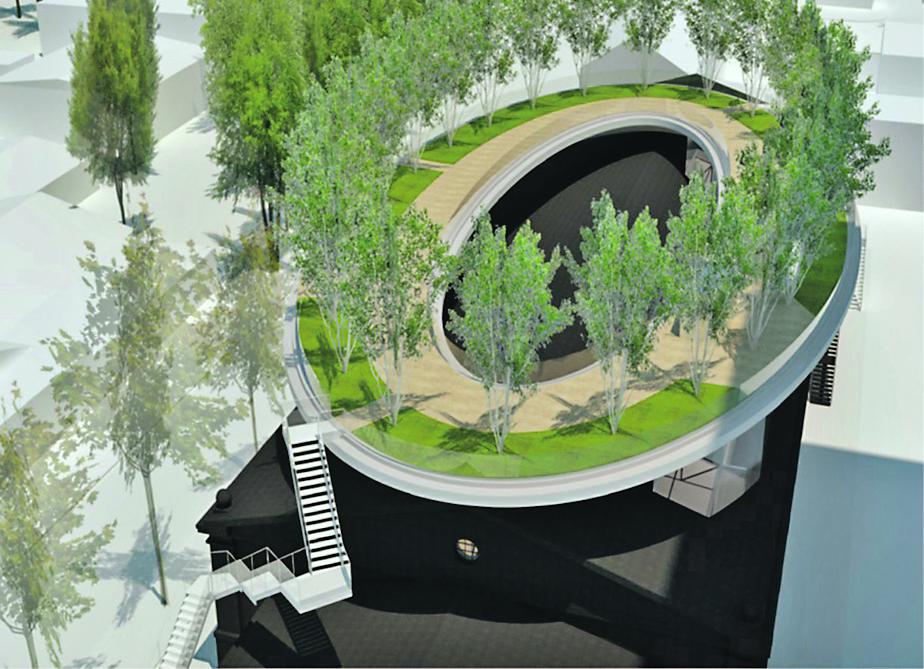 © Sou Fujimoto Architects / Lauba
© Sou Fujimoto Architects / Lauba
According to Jutarnji List's coverage of the redesign, by journalist Patricia Kish, the new roof garden space will be accessed by stairs and lift. Zagreb Lauba's design as it stands today was originally made by Alenka Gačić-Pojatina, who will collaborate on the new additions by Sou Fujimoto.
Zagreb Lauba's story dates back to 1910 when it was constructed by Emil Eisner and Adolf Ehrlich for use as a stables and riding school for the Austro-Hungarian army. It later became the weaving mill of the Textile Combine Zagreb, which it remained until being converted to a gallery and event space in 2008.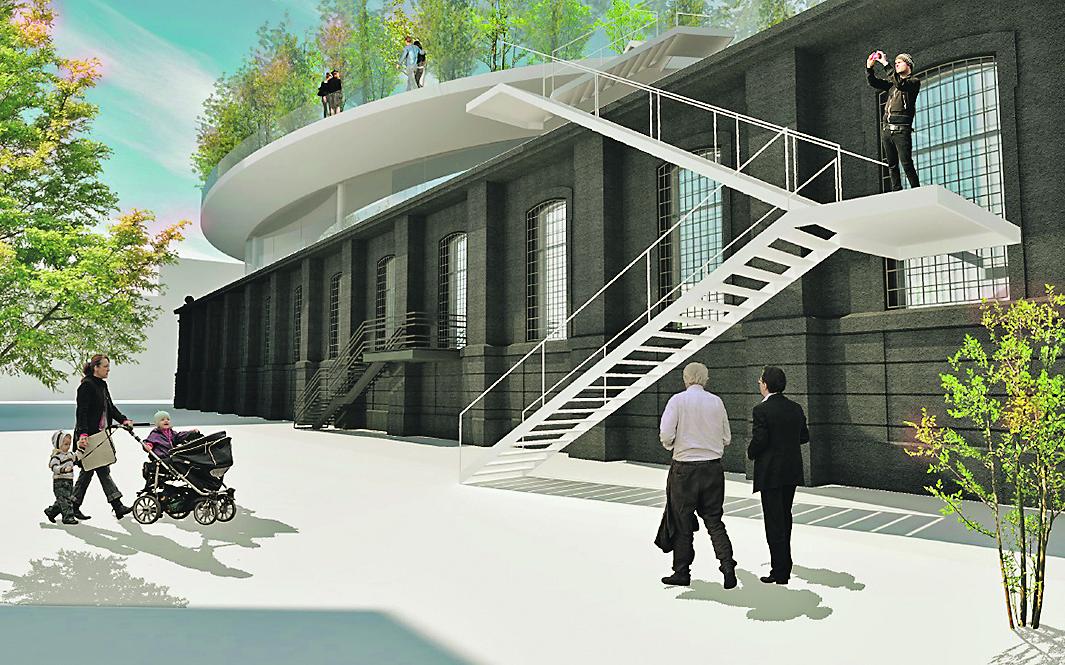 © Sou Fujimoto Architects / Lauba
© Sou Fujimoto Architects / Lauba
Sou Fujimoto is one of the most celebrated architects of Japan. He has won several prestigious awards for his work and the acclaim has made his designs much in-demand around the world. Often working with wood and natural materials, his designs can be found in London, Paris, Budapest and soon, at Zagreb Lauba's hands, in Croatia.
Lauba is a contemporary art gallery and its mission is to discover artistic expression by Croatian visual artists, and also participate in international cultural trends. Set in a huge black building near Črnomerec its exhibitions usually change around every month. In recent times it has also played host to large-scale electronic music events.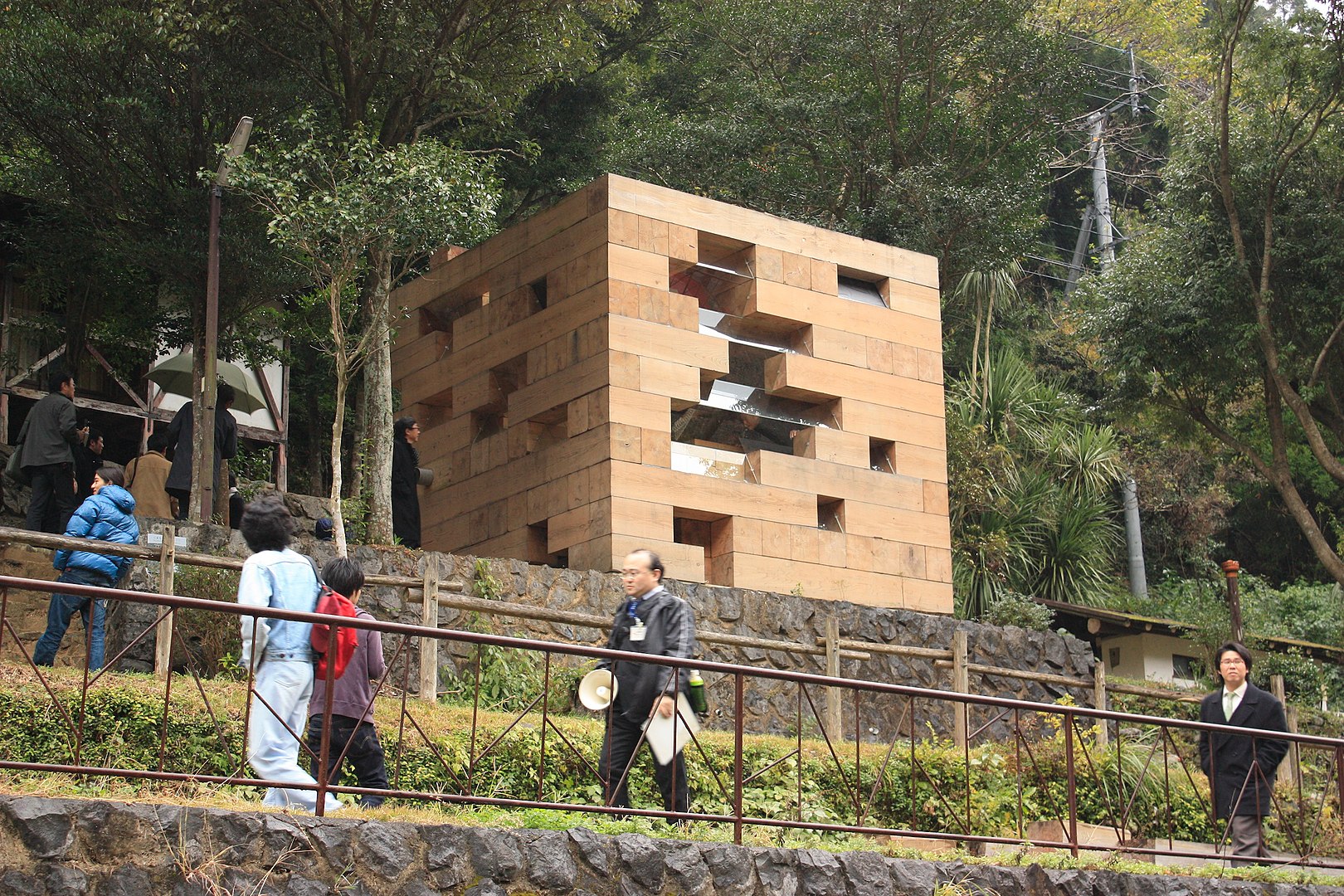 One of Sou Fujimoto's previous designs © Kenta Mabuchi
One of Sou Fujimoto's previous designs © Kenta Mabuchi
Croatian Architect Releases Book: Andrija Mutnjaković
Famous Croatian Architect Andrija Mutnjaković will soon be ninety years old, and he is celebrating his birthday on November 29th. He has also published a new book, “Intentional Architecture”, which will be presented tonight at the Croatian Museum of Architecture at HAZU (Croatian Academy of Sciences and Arts) in Zagreb.
“A little girl wanted to take cookies off of my Kazalište Trešnja. That was my biggest compliment,” he recalls to Patricia Kiš/JutarnjiList on November 20, 2019.
The Narodna i univerzitetska biblioteka Kosova in Pristina, the Kazalište Trešnja in Zagreb, and the Turističko naselje Duga uvala in Puli are among the most famous buildings he has designed during his long career. He taught along with Žuža Jelinek in the 1950s and 1960s at the Radničko sveučilište in Zagreb; she taught fashion, he lectured about housing.
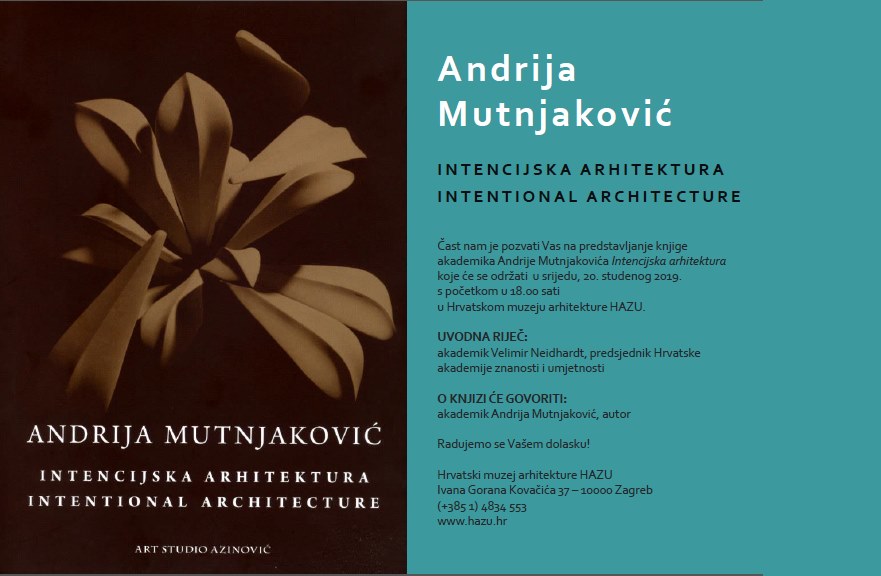
Domobil and Architect Andrija Mutnjaković's Book Event
The Flower
He worked with Alexander Srnec on the monument to Lenin in Belgrade, a project praised by Vera Horvat Pintarić. But he is most famous for his visionary, futuristic projects. Domobil, his most well-known, was a submission for an architectural competition in Hollywood. The project was conceived as a flower. The petals of this residential building open during the day and close by night, or when it rains.
This project also graces the cover of his new book. Why Domobil? "Because it was and remains my most famous project, which has been recognized as the most successful among the international public,” he replies. “For example, the Oxford Dictionary refers to this project as an example of kinetic architecture. I am the only Croatian architect mentioned along with Luciano Laurana, about whom I have written a book.”
“Recently, in September, I gave a postgraduate lecture at the University of Venice, where I spoke mostly about this project. Along with the lecture, I also wrote a text about why daisies are smarter than humans, to provoke the audience a little. The center of the daisy is life. Petals have nothing to do with life, they are simply a shroud which closes when it gets dark and when it rains. That's exactly what I wanted to achieve with Domobil."
Utopian Idea?
We ask our interlocutor whether this project, which was utopian at the time, could have been completed in the context of present-day architecture. "I don’t believe it was a utopian project at that time. It is a lightweight aluminum structure, like the wings of an airplane. I believed that it would be easier to build in Hollywood, where there are more people with financial resources, and that actors might have found this project attractive. At the time, they were making a lot of science-fiction films, and I believed that they would accept the project in this context as well,” he says.
Over time, he says, he has faced differing opinions regarding his architecture: “The students at Venice in my recent lecture were most impressed by Domobil. Some considered it utopian, though. I remembered one of my professors who, in commenting on my work, said to me: And an idle priest baptizes a flock. That is the principle behind my projects.” But that view is also supported by our most influential critic Vera Horvat Pintarić, and many others. "Yes, all of the art historians have supported me. But that was at a time when I hung out with actors and artists more frequently, they were more lifelike back then. When I started working there were only four architectural bureaus, and it was world of administrators. "
Have more people begun to engage in kinetic architecture over time? "Yes, over the past five or six years, ten books related to kinetic architecture have been published. In Croatian architecture, the first kinetic project had a roof which opened and closed and was designed by Josip Pičman in 1931. Even back then, they were thinking about kinetics. "
Secret to Croatian's Stamina
To the question whether Pičman was one of his inspirations for pursuing a career in architecture, our interlocutor responds. "I was also inspired by another colleague. One day we found a book about El Lissitzky's work at his father’s home. Osijek is city of town houses and there weren’t any major buildings. Flipping through the monographs, we marveled at human constructivism and magical design ideas. I was always interested in Konstantin Melnikov, and wrote an article about him recently, he had some amazing ideas,” Mutnjaković says.
So, soon he will be ninety years old. He speaks passionately about his new book, articles and his lecture in Italy. Is that why he's so full of energy, because he's been working in a profession which he has loved his entire life; is that his secret? "The secret is to drink brandy every night. Alcohol cleans out the fat, so I clean my veins every night."
Mutnjaković’s library in Pristina was on display at MOMA's New York exhibition about architecture of Yugoslav era, which was curated by Martino Stierli. Stierli, who is the Chief Curator of Architecture and Design at the famous American museum, has also been in Mutnjaković's studio, which is filled with books. "He saw a photo of the Kazalište Trešnjevka and said it was the most interesting building he had seen in Zagreb," he says.

The Kazalište Trešnja in Zagreb
The library once made the list of the ugliest buildings in the world, which was compiled by Centre Pompidou in Paris. On the other hand, at the 14th Venice Biennale, when the famous Rem Koolhaas was at the helm, they compiled about one hundred of the most important buildings over the past hundred years, each building representing one year. In 1982, his library was listed as the most important building. In any case, it is still one of the most controversial projects in Croatian architecture.
Information about Andrija Mutnjaković’s book launch on November 20, 2019 at HAZU in Zagreb can be found here.
To follow Croatian architecture and design news, check out our Made in Croatia page here and our Lifestyle page here.
Zagreb Sustainable Architecture: First Green Buildings Downtown!
Downtown Zagreb will soon be getting its first green sustainable buildings! VMD Model, a developer based in Zagreb, will shortly begin construction on a unique green project right in the center of the city. It will revitalize a block in Donji grad, right next to the former Nada Dimić factory on Branimirova ulica, which is currently a large neglected space and parking lot.
As Korana Sutlić/Novac/JutarnjiList reveals in an exclusive on November 17, 2019; the 3LHD architecture studio won the competition for preliminary design of the project, which was conducted by VMD Model. Everything will be arranged around one fundamental concept: A new park; not just a neighborhood!

New Zagreb Green Spaces
Although this is primarily a residential project in the center of bustling Zagreb, it will be defined by green spaces, peace and quiet. Cars will not be visible within the neighborhood, but hidden underground. In addition to enhancing the value of the natural environment, this setting will reduce the effects of the urban heat island, noise and CO2 emissions. The buildings will also house Zagreb's very first vertical gardens. The block will not be closed off and the public will have access to a new park and passage from Branimirova to Ulica kneza Borne, much like the existing Ratkajev prolaz.
The project will be situated on a block of Zagreb, which follows the railway line, and is bordered by Branimirova, Bornina, Domagojeva and Erdödyeva streets. The site is a residential and industrial block, which housed the former Nada Dimić and Penkala factories. Since their closure in the 1990s, the buildings between the two streets have collapsed and have been demolished. This has created a large empty open space in the heart of the city, which offers an opportunity to create a valuable urban-architectural space. In recent decades, there have been several projects in this zone, which have led to a significantly higher building density than the current VMD Model project proposal.
- An analysis of the traditional blocks in Zagreb’s Donji grad revealed that public passages have always been present, and the creation of parks within the blocks of high-rise buildings, originated the concept of the new green urban block - says Saša Begović, architect, and one of the founders of the 3LHD studio.
High Standard of Urban Living
This feature of Zagreb's Donji grad block structure, which inspired the project, will promote a high standard of urban living and distinct lifestyle and cultural opportunities all within a high urban density environment. The layout of the planned neighborhood will provide space for multiple purposes: housing, business and recreation.
A pedestrian path will be created between the north-south block of Branimirova ulica and Bornina ulica, and will replace the traditional block structure there.
- In contrast to the restrained design of the street façades, the interior of the block will be indented by multiple buildings surrounded by a park, whose dimensions and floor plans will be cascaded in height, closely corresponding with the park and green gardens within the block. A fundamental component of the new block will be the pedestrian connection of the two streets, clear visibility, access to the city and the block, and the creation of a new large green area: an urban park within the interior of the block - explains Saša Begović, adding that the introduction of the park will improve the quality of housing not only for the residents within the block, but also those living in surrounding buildings.

Green Apartments and Townhouses
The project will include several different residential categories. Two-story houses (so-called townhouses) will be situated in a row with gardens, which will offer a very high quality of life and will be connected to the terrain, within the quiet interior of the block. There will also be apartments with larger terraces, which enhance the quality of outdoor living, and apartments with large walkways, city views and recognizable Zagreb vistas. The largest apartments will be housed on the top floor and have terraces with views of the entire city of Zagreb.
- We believe that, in partnership with a respected investor like VMD Model, we will be able to complete this very interesting project, which provides Zagreb with a new green urban oasis right in the heart of the city - says Saša Begović from 3LHD.
Neven Mikec, the Director of VMD Model, also shared his thoughts about the project, which will be a major stride in home construction.
- When we purchased this space, which has unfortunately been long-neglected, our desire was to create a green oasis, not only for the residents but for the entire block, and for the city of Zagreb. The project's vision is a new park for the city, not a new neighborhood. The main motive is to create something new, which is in line with green and sustainable construction - says Neven Mikec.
He is very pleased, he adds, with his choice of the winning entry, because the architects of 3LHD studio were inspired by his idea to add a "green theme" to the city center.
- It is also a project with much lighter building density than previous urban projects in this area. This layout will include residential spaces along with park architecture. The block will not be closed off for residents but open to the entire neighborhood - adds Mikec.

Engaging Local Artists
This project is a novelty in residential construction, and like the one completed last year on Buzanova ulica, it insists on sustainable construction. That project, which offers the benefit of a micro-community, will be taken a step further by the creators of the project on Branimirova ulica. Young artists have also been hired for the exterior of the building on Buzanova ulica, and will find ways to incorporate their art there, says Neven Mikec.
- We have never backed a housing construction project like this, and it will be the pride of our company and the city - he says.
The project will also include a kindergarten, which will be accessible to everyone, and offer plenty of outdoor space, and a playground for children, whom will be surrounded by greenery all day. Flower boxes will adorn the buildings and “green walls” are also in the plans. Rainwater harvesting will supply water for the greenery maintenance system. Plants will be cared for by VMD service, the company which maintains their other buildings.
On the ground floor there will be several townhouses with two stories with a garden. At the request of the investor, the project was conceived so that parking, garbage disposal and similar components will all be hidden underground.
- It would be great if our project inspires the further visual improvement of the neighborhood - Mikec adds.
The exact details, however, cannot be revealed yet, because this is still a conceptual design, he adds. The development and design will follow, so there is still no set price for the apartments, for example.
- We hope that we can start work in the spring - Neven Mikec concludes.
The completion of this project will certainly contribute to the development of this part of Zagreb. It will also create a very attractive space on the upper portion of Branimirova ulica, which has already improved to some extent with the renovation of the Branimir Center and Hotel Canopy. In the long run, it will be connected to the neighboring Gredelj zone, which is also undergoing revitalization.
For more information on Zagreb life, follow our Lifestyle section here. Also check out our sections: Made in Croatia here and Business here for the latest construction projects and real estate developments in Croatia.
For information on their upcoming architecture projects, check out the 3HLD website here.


